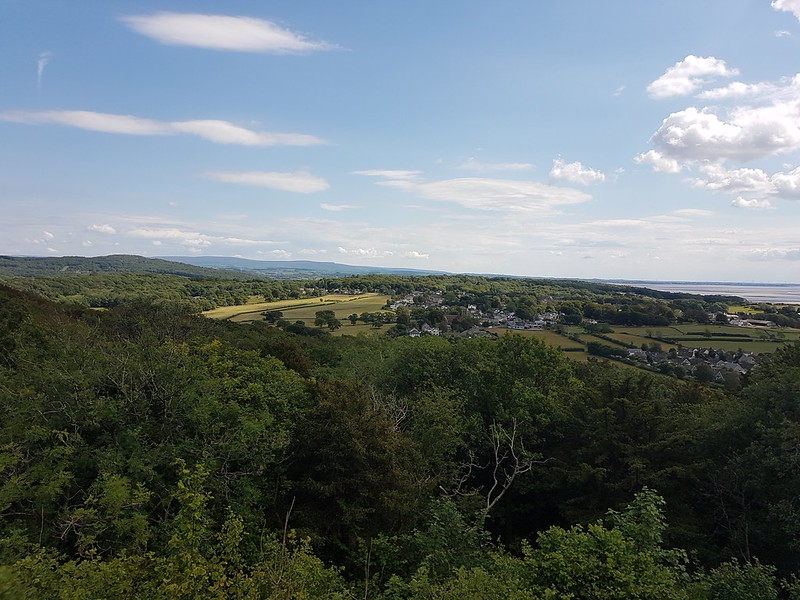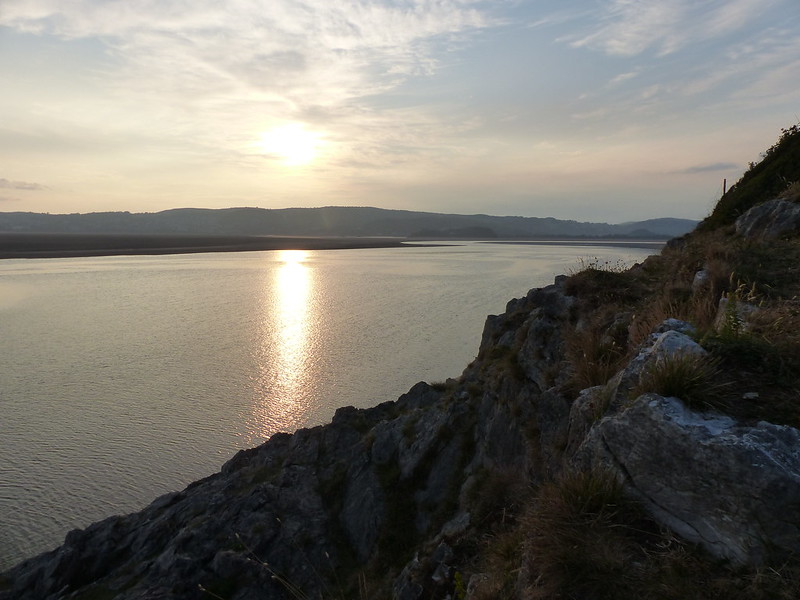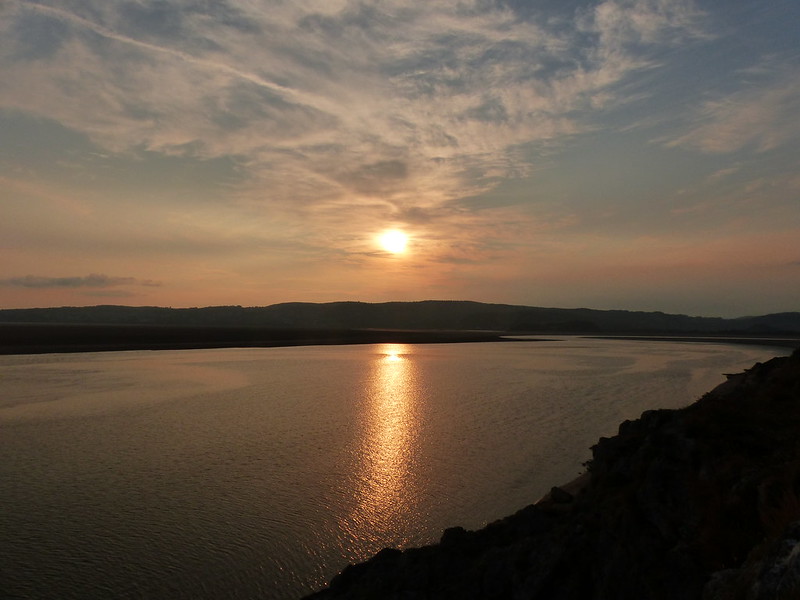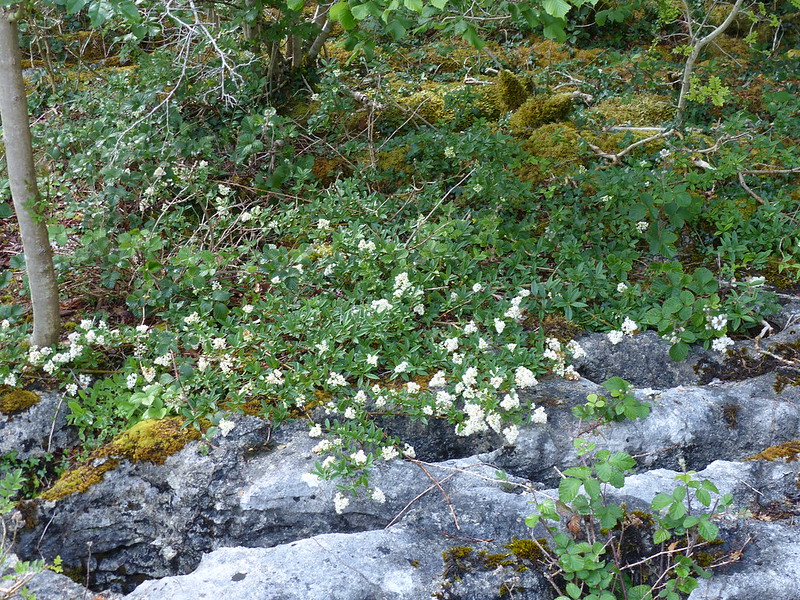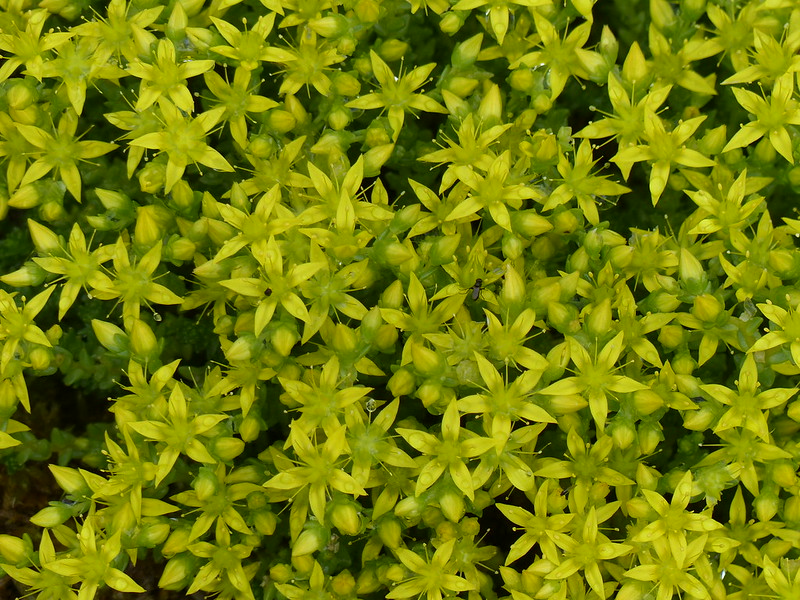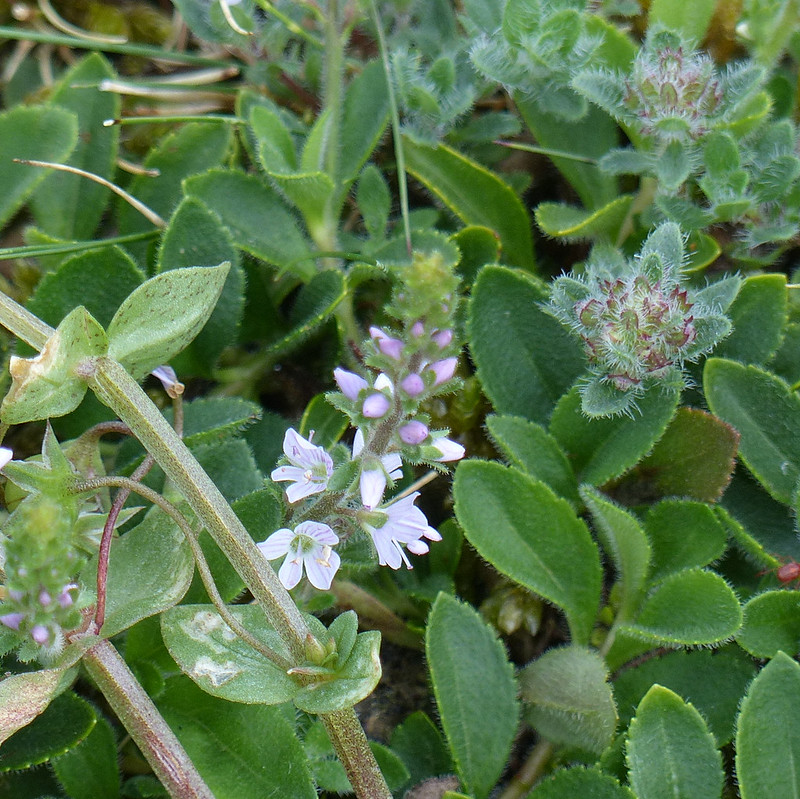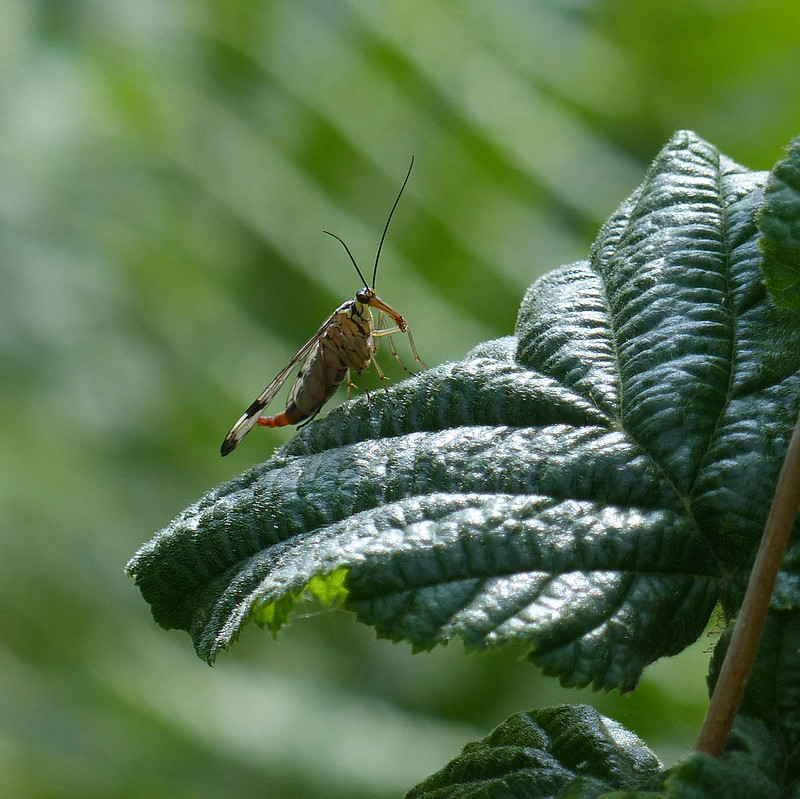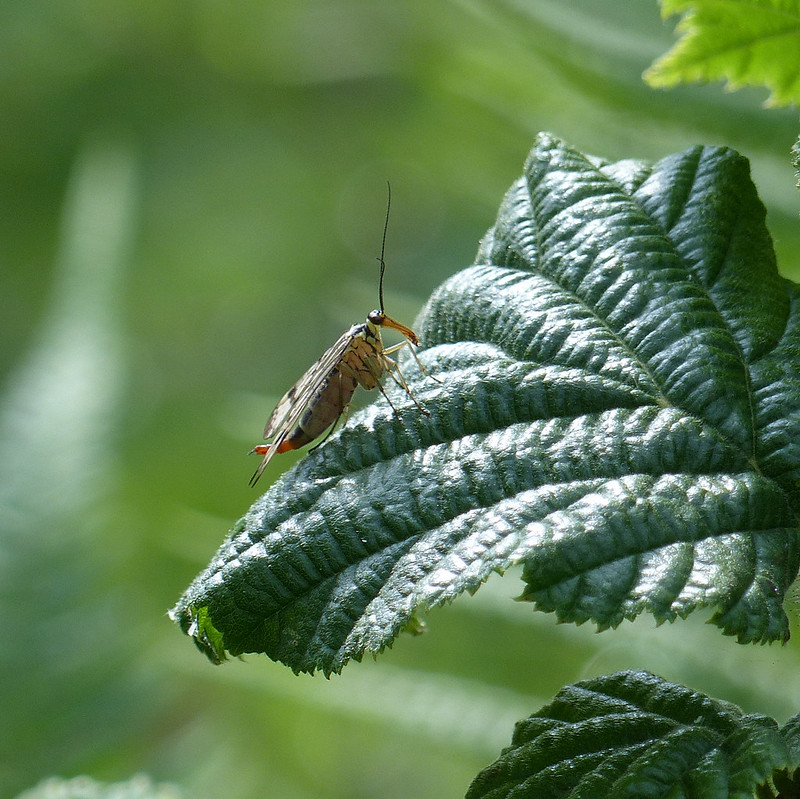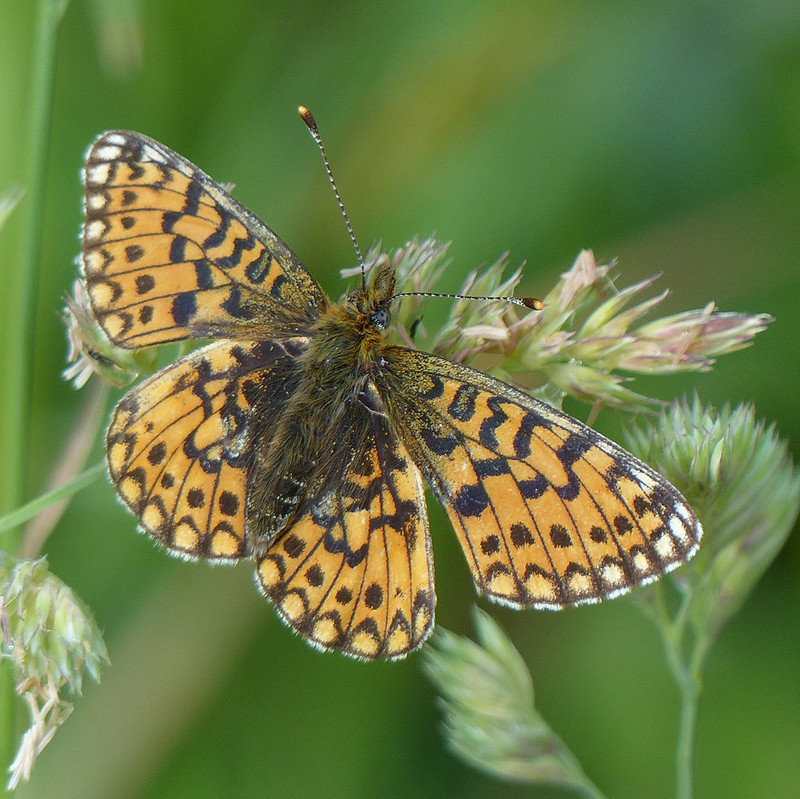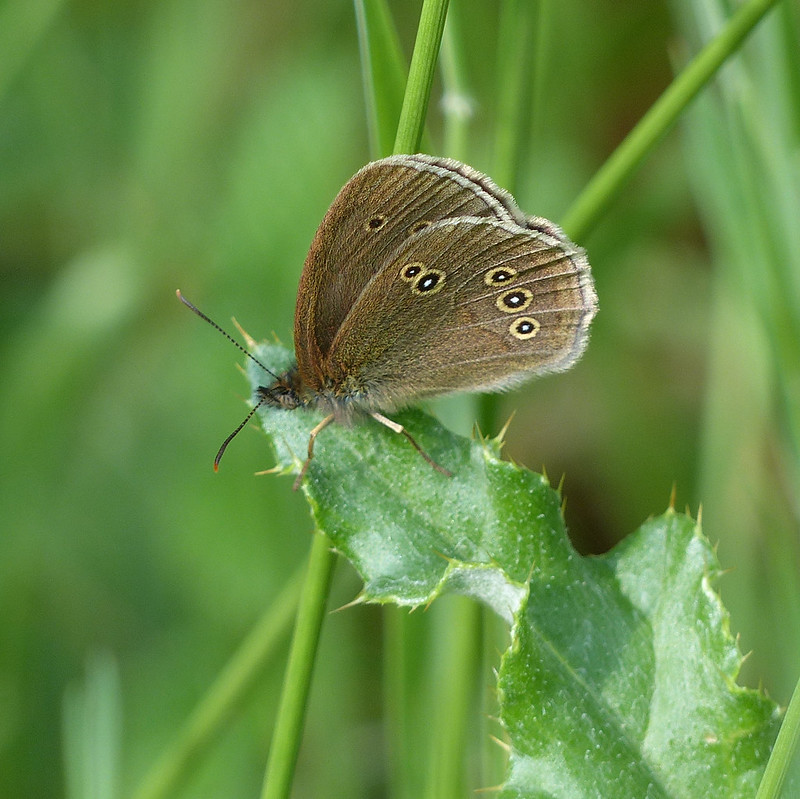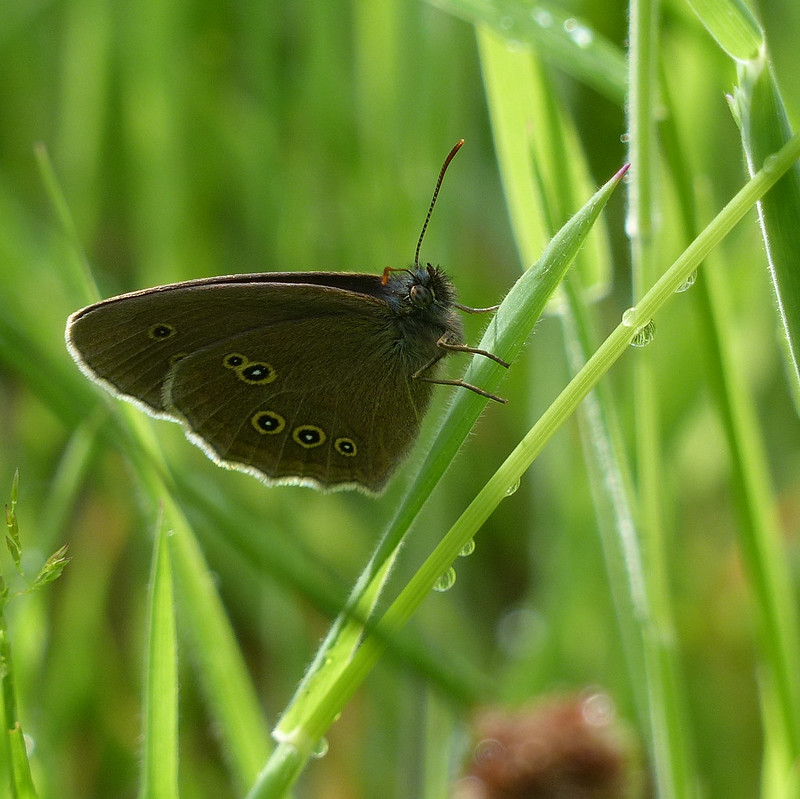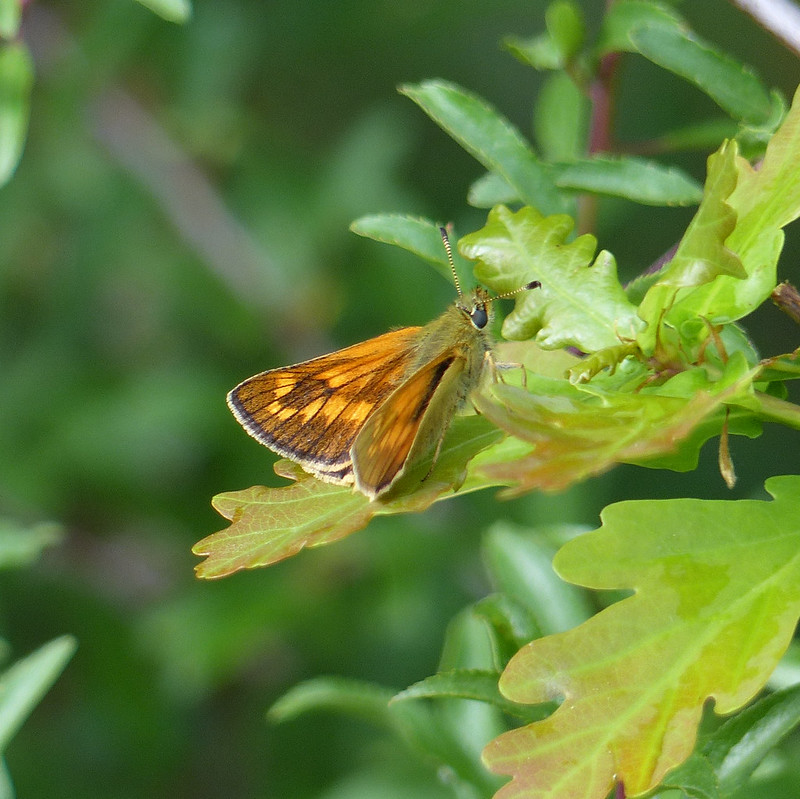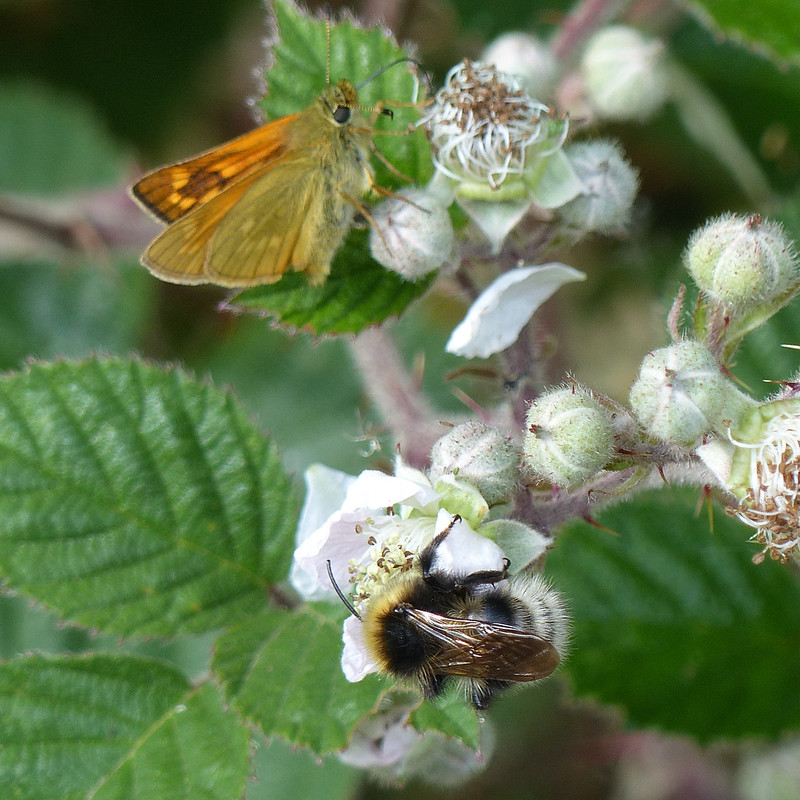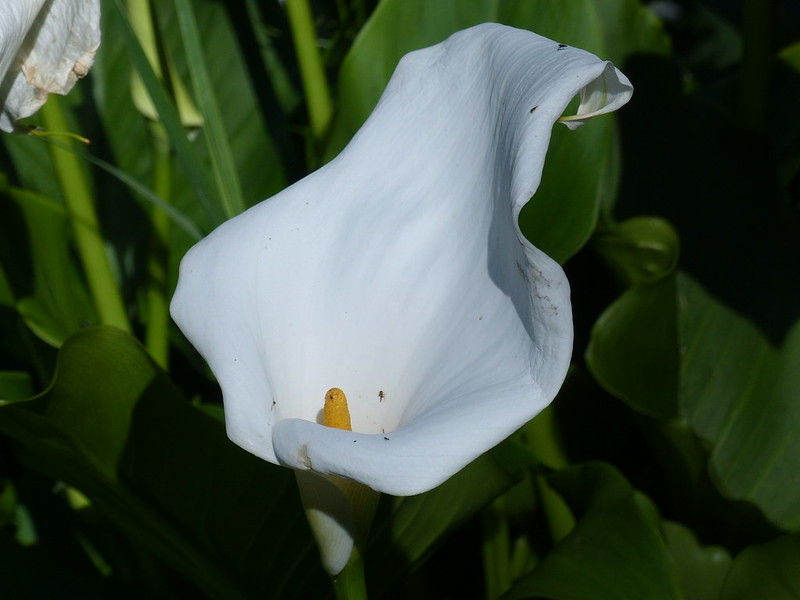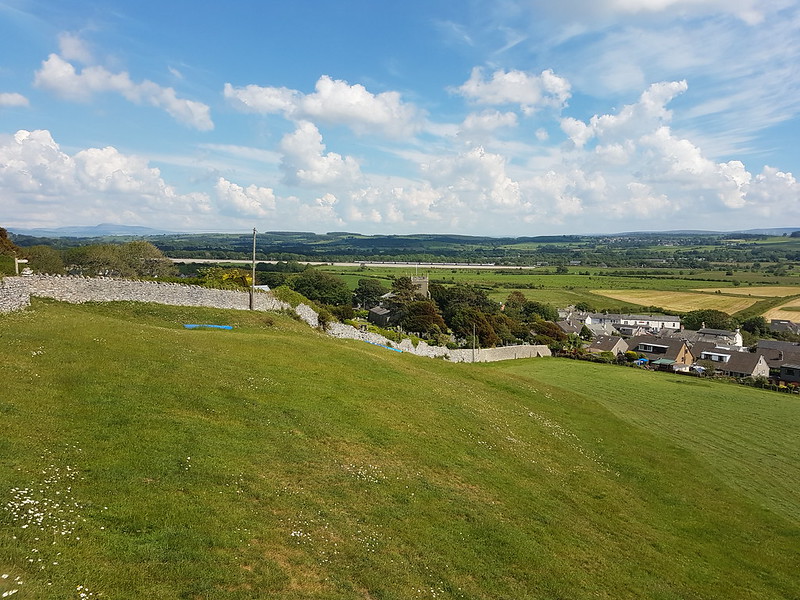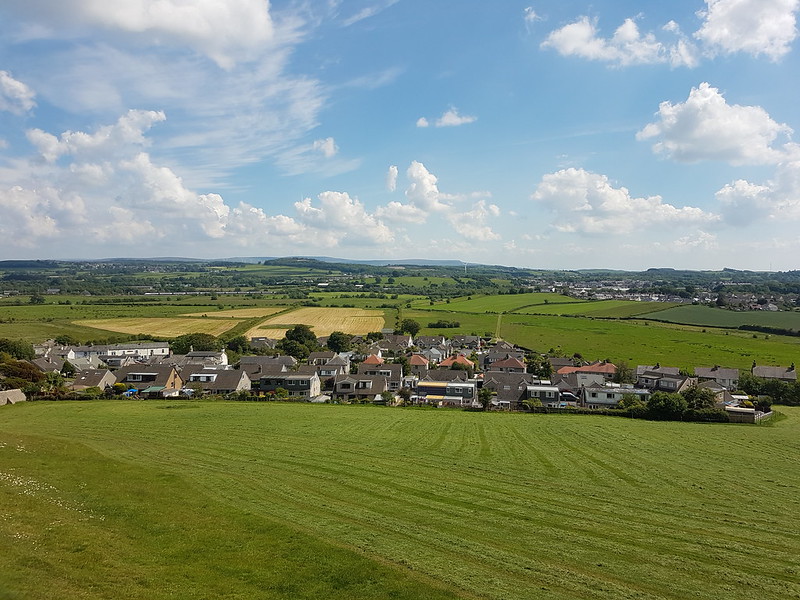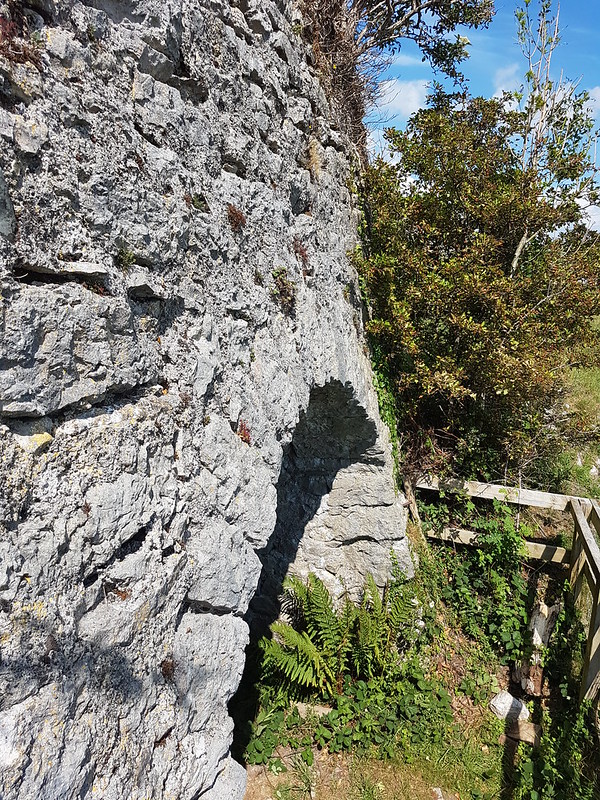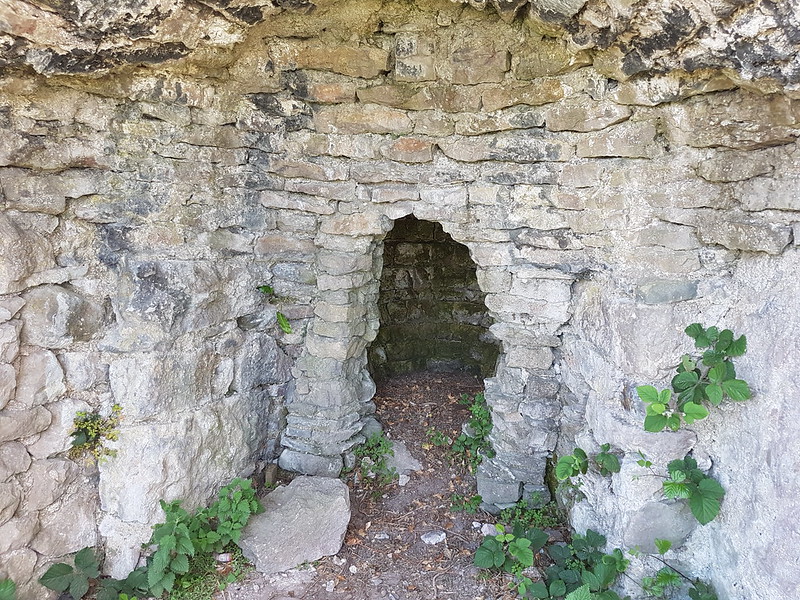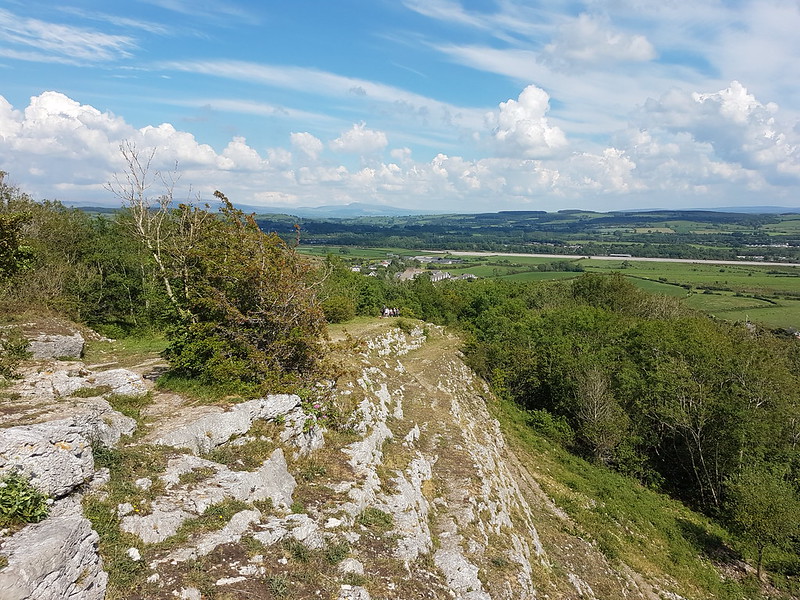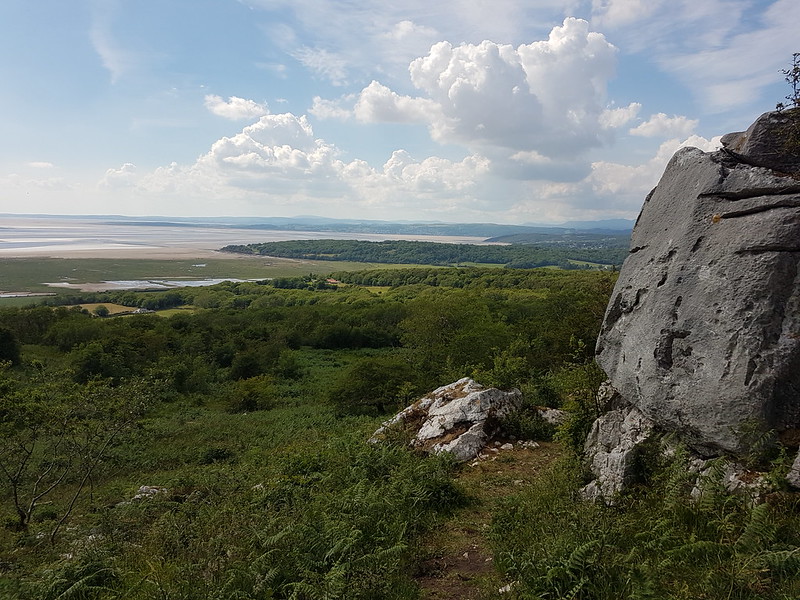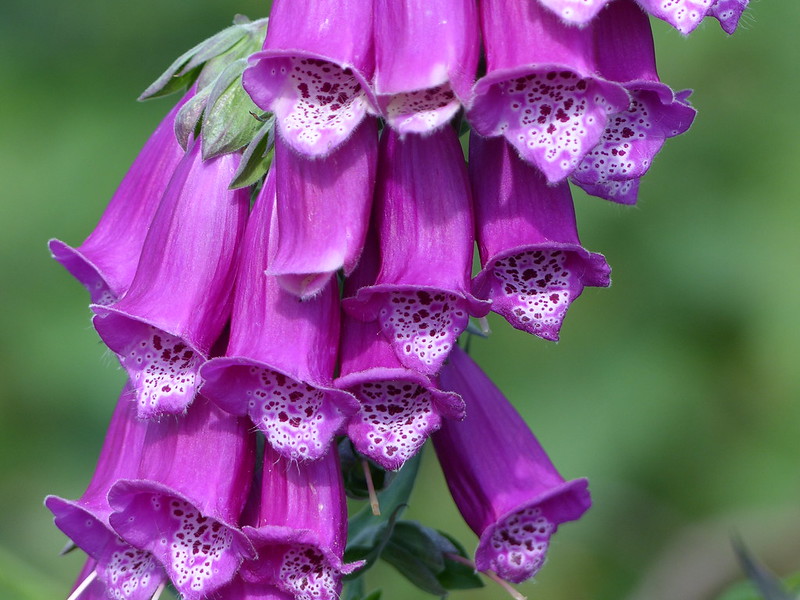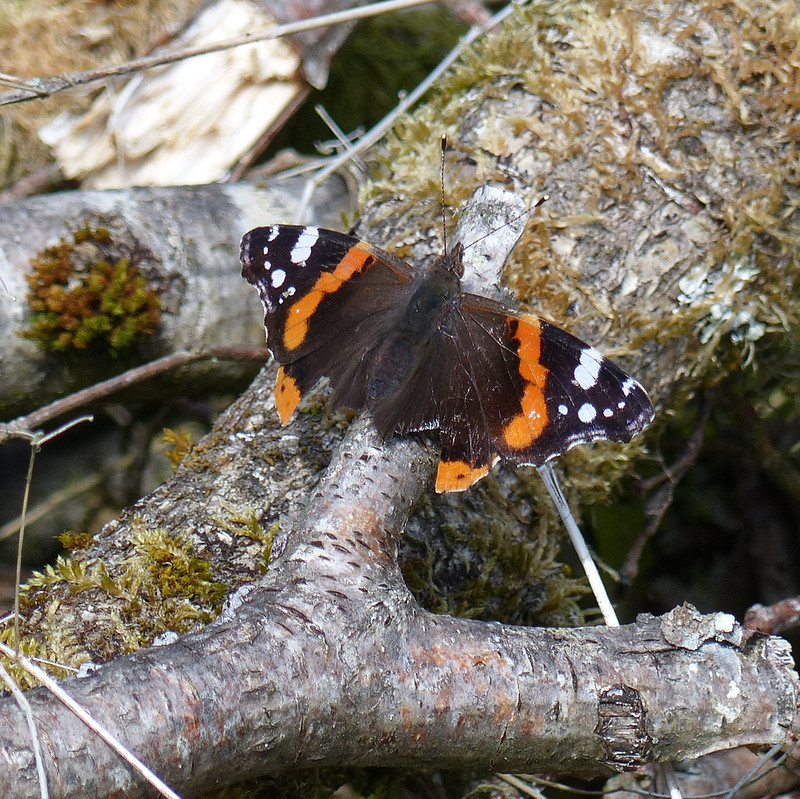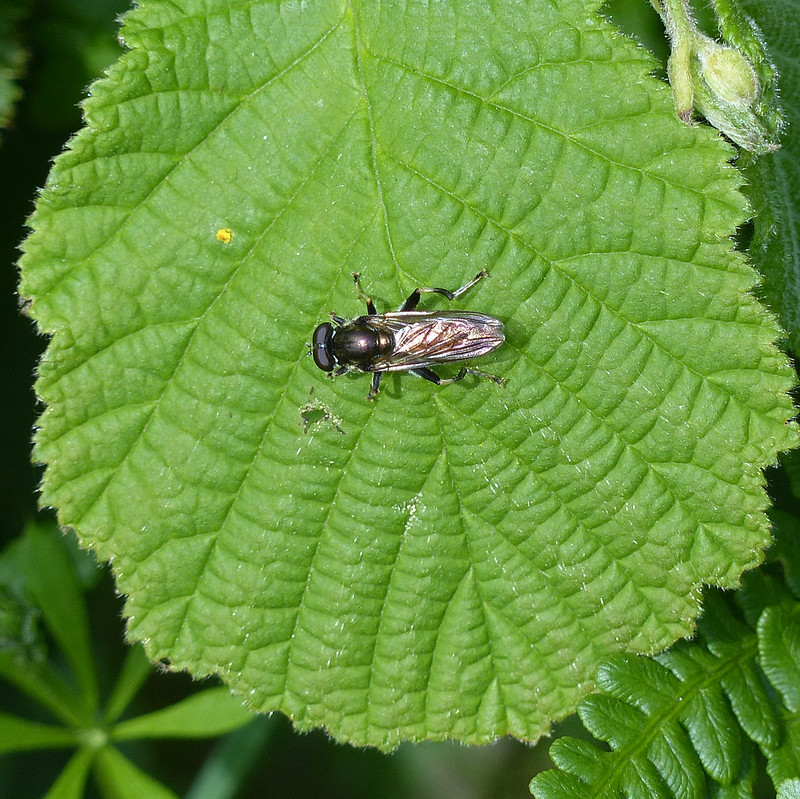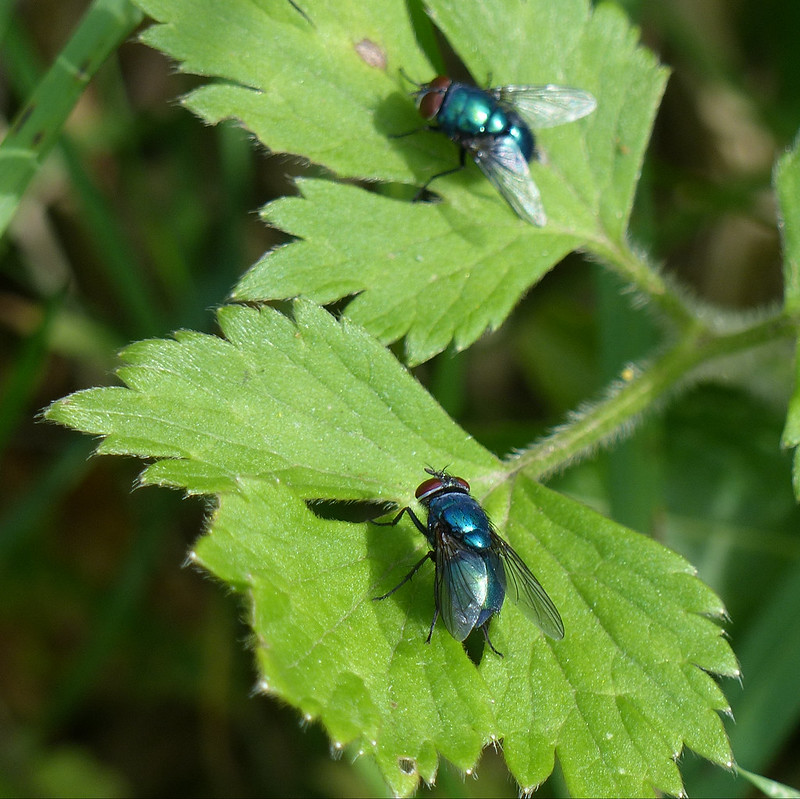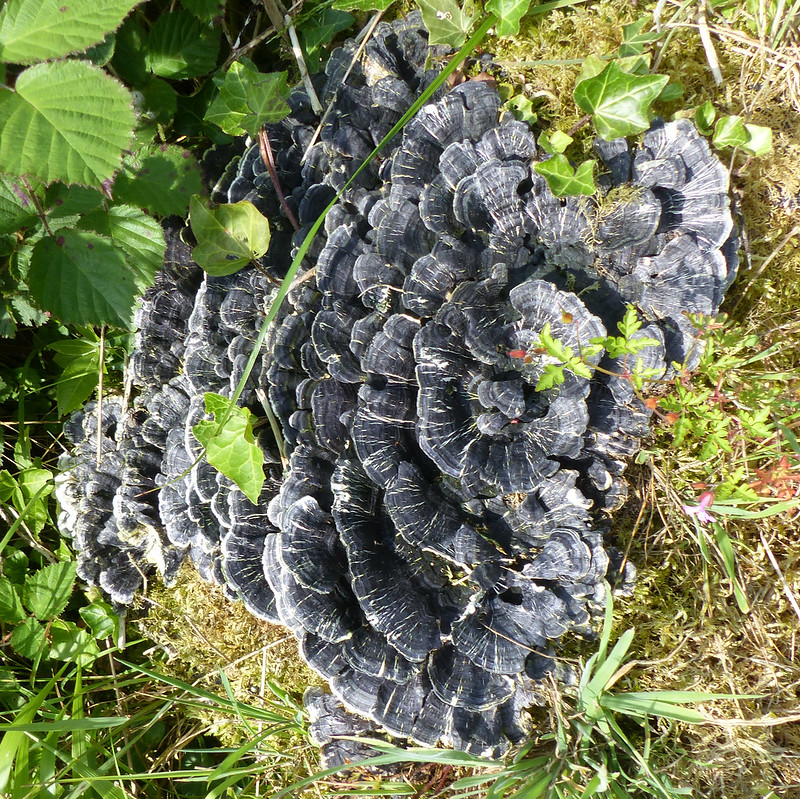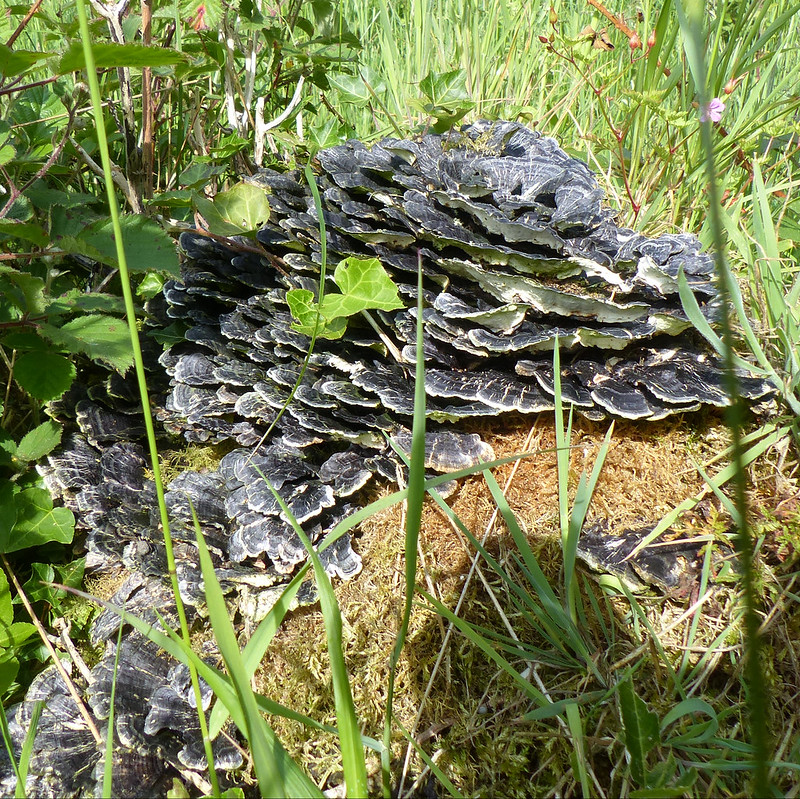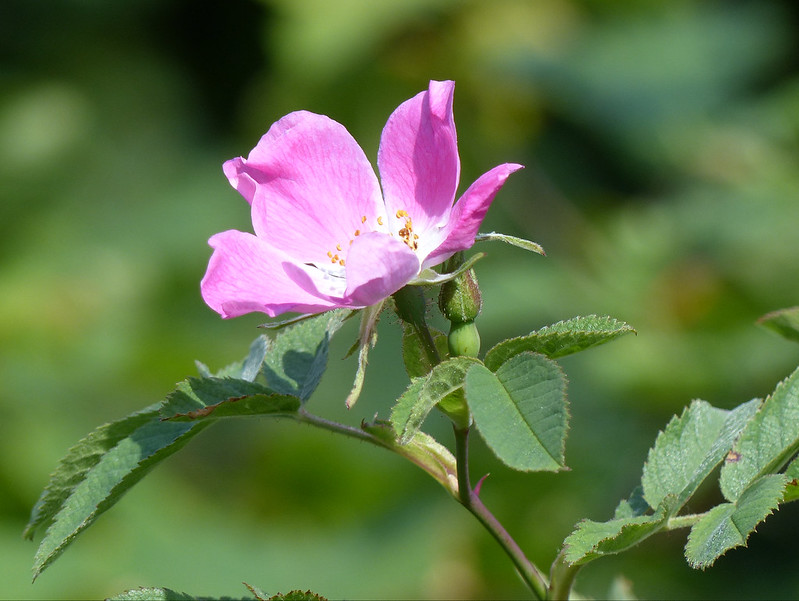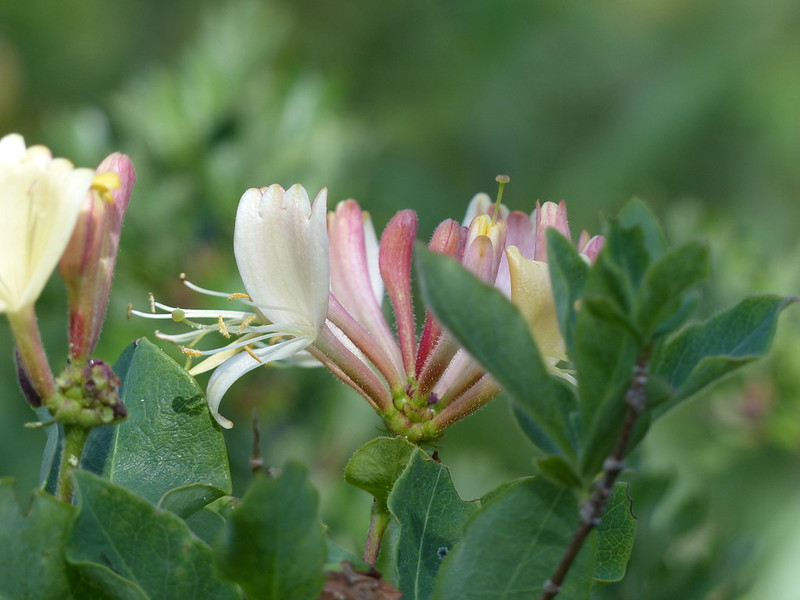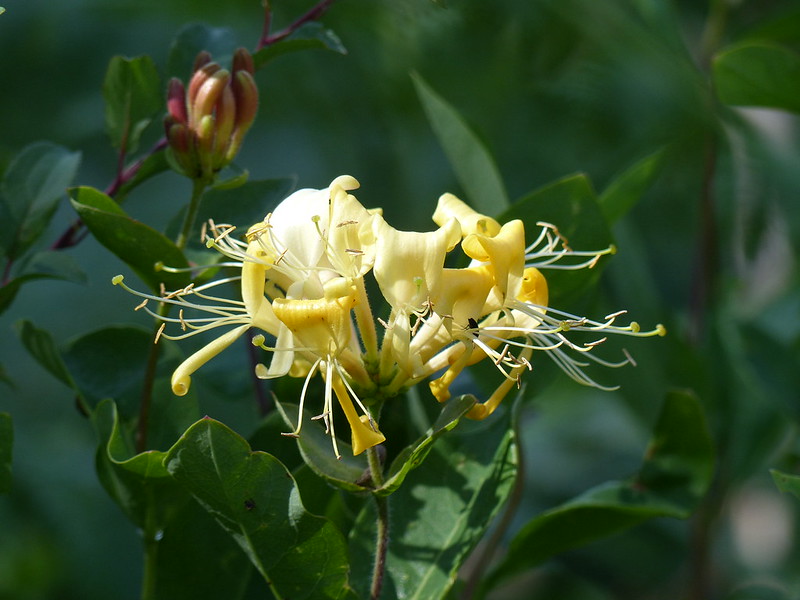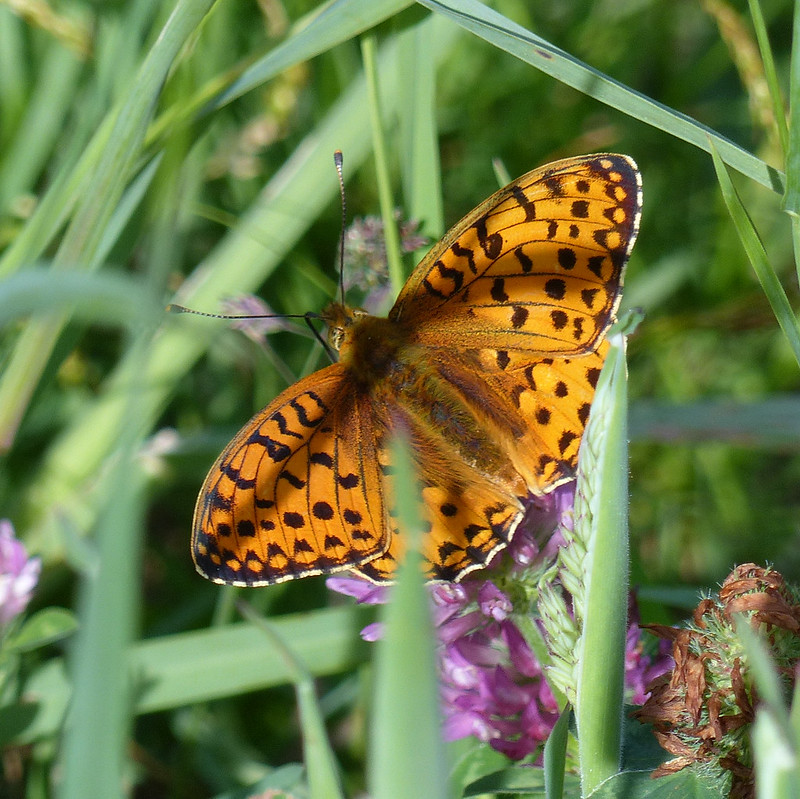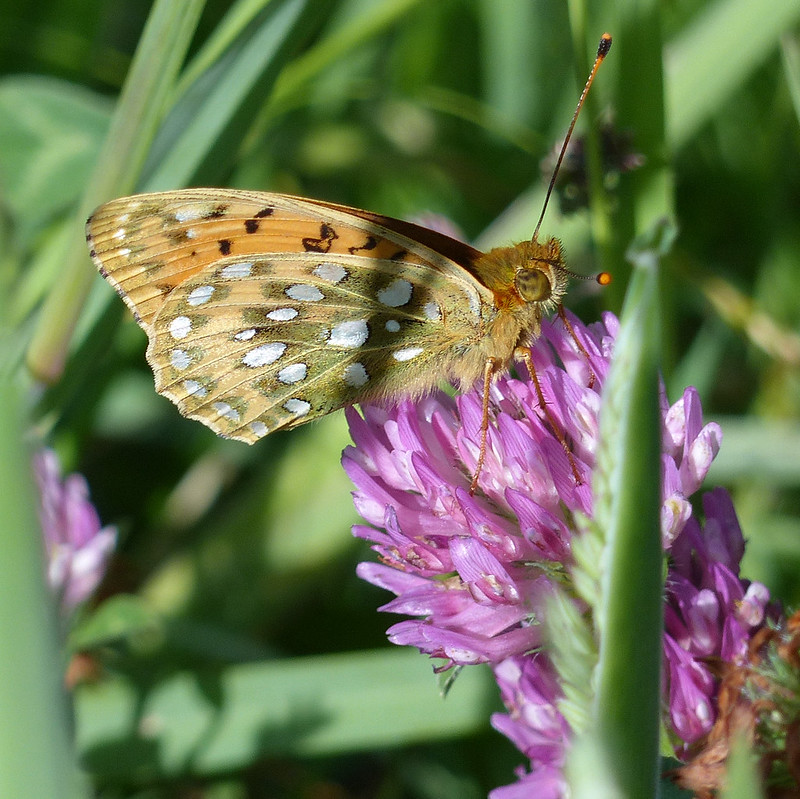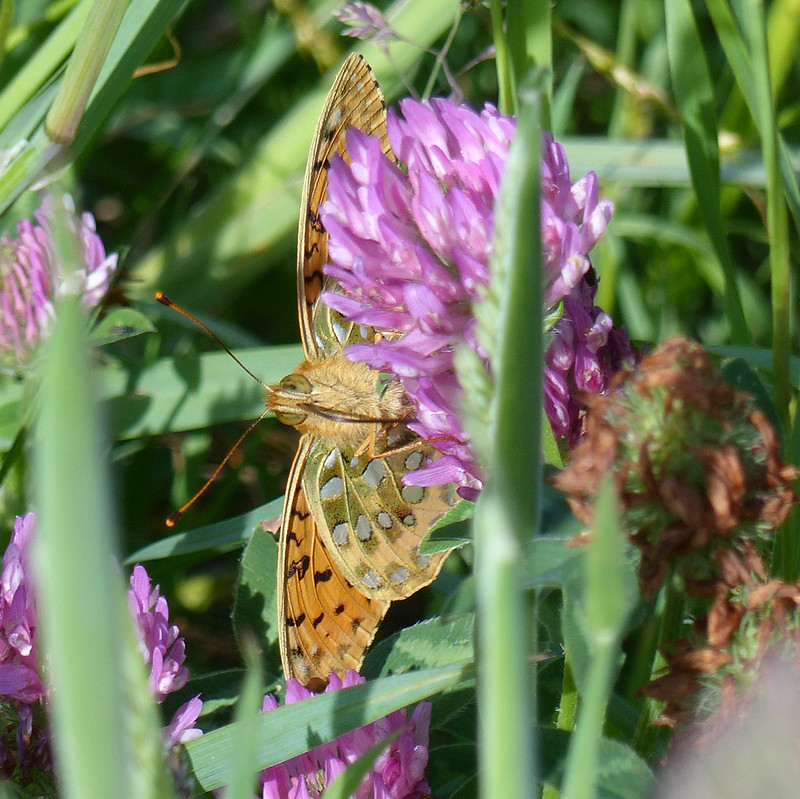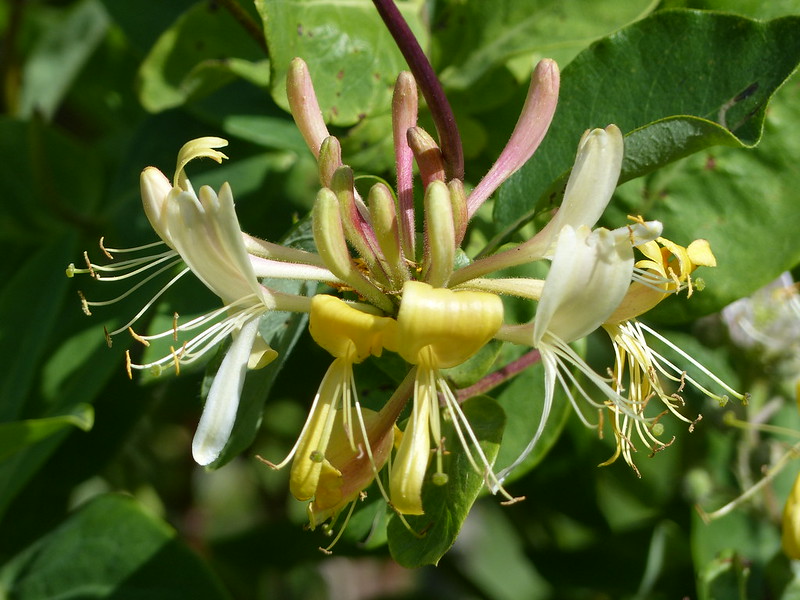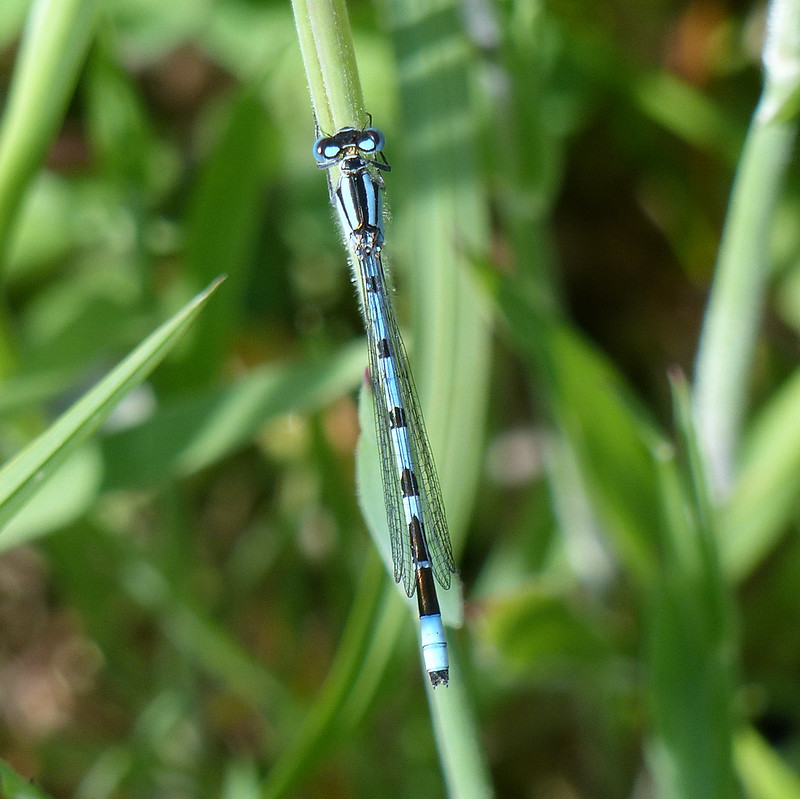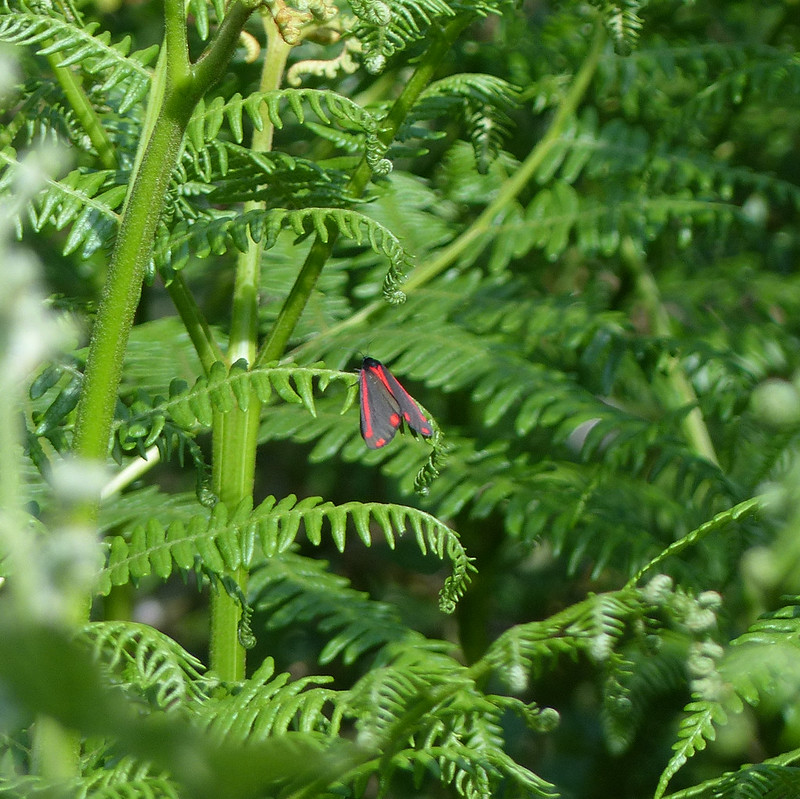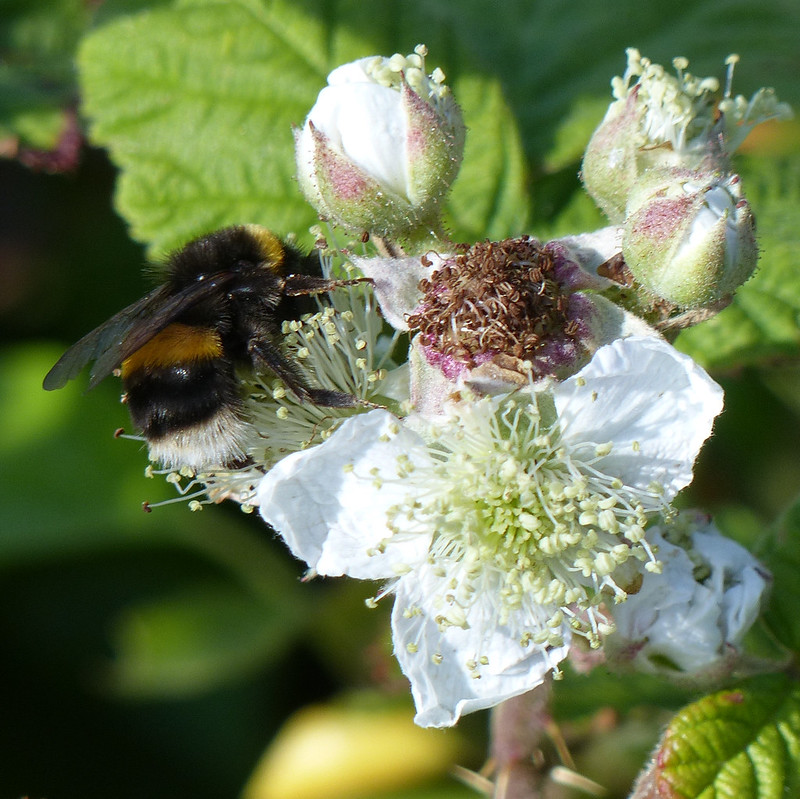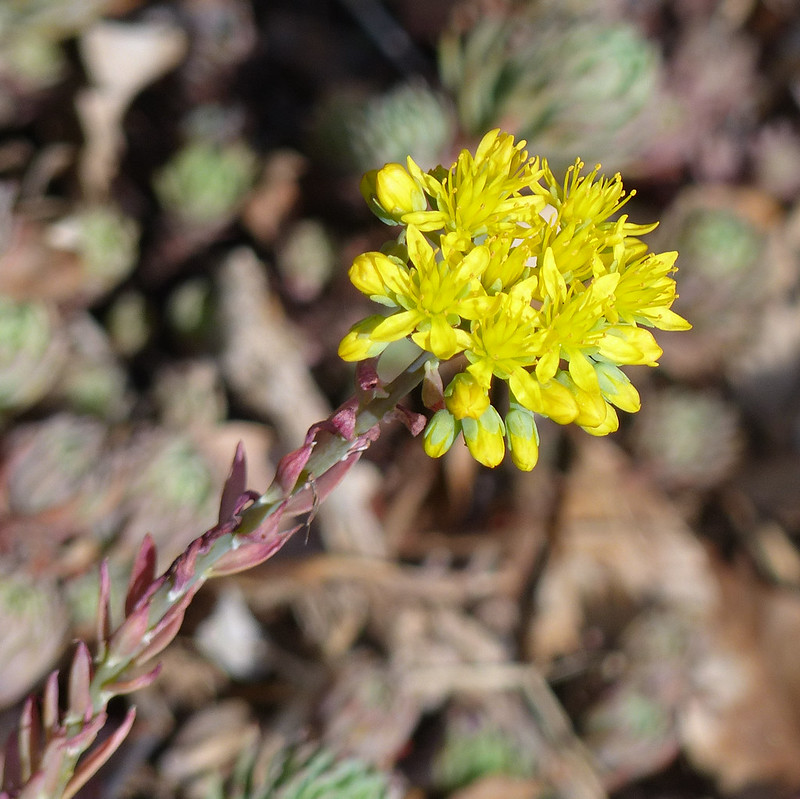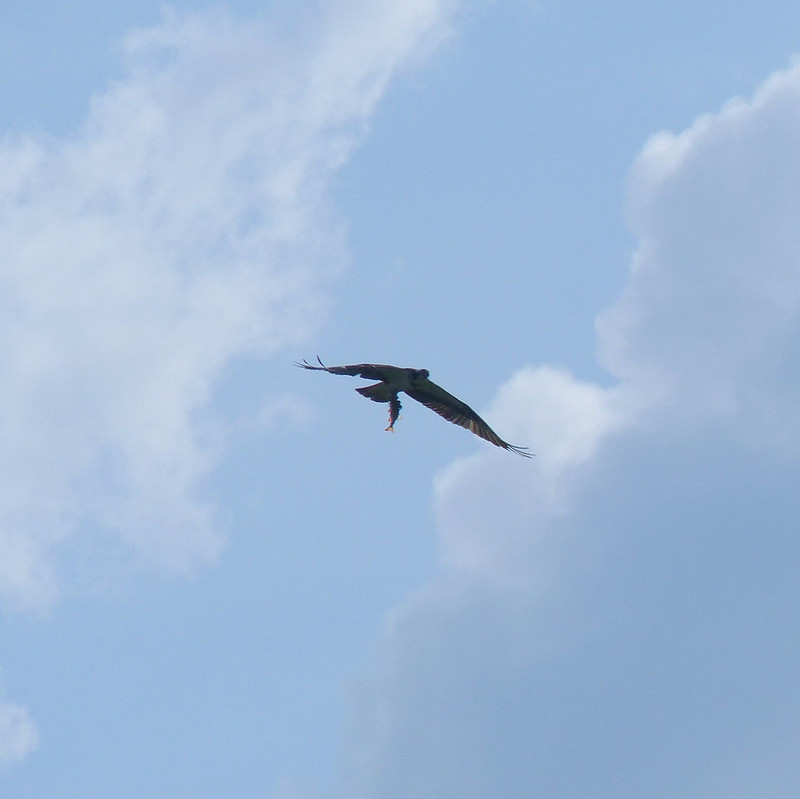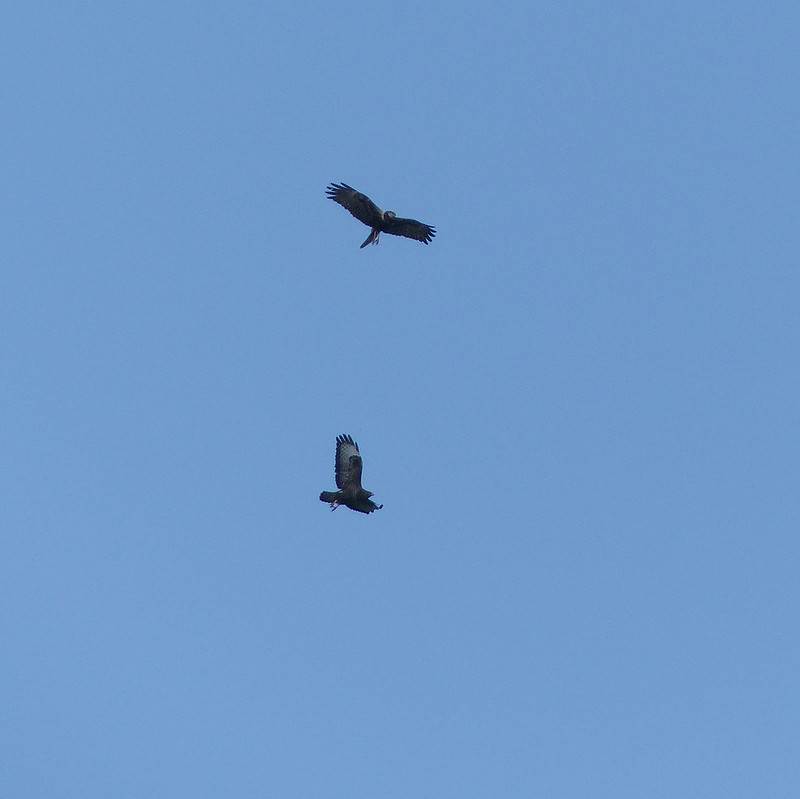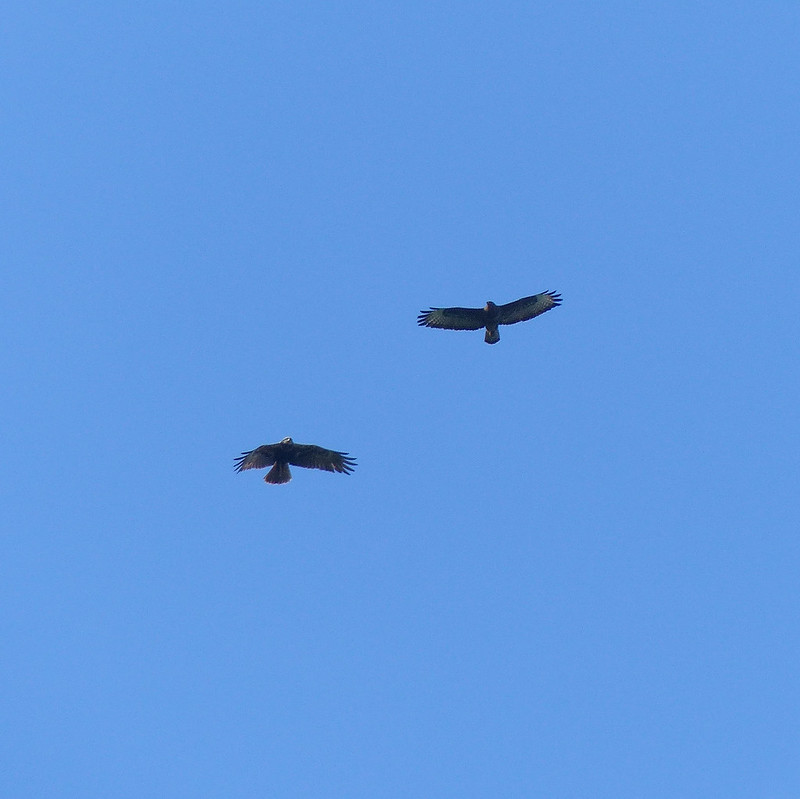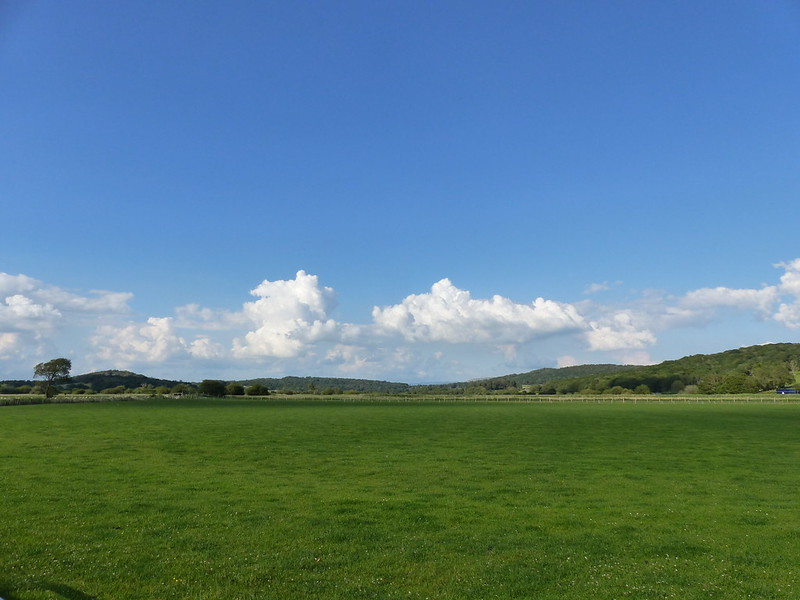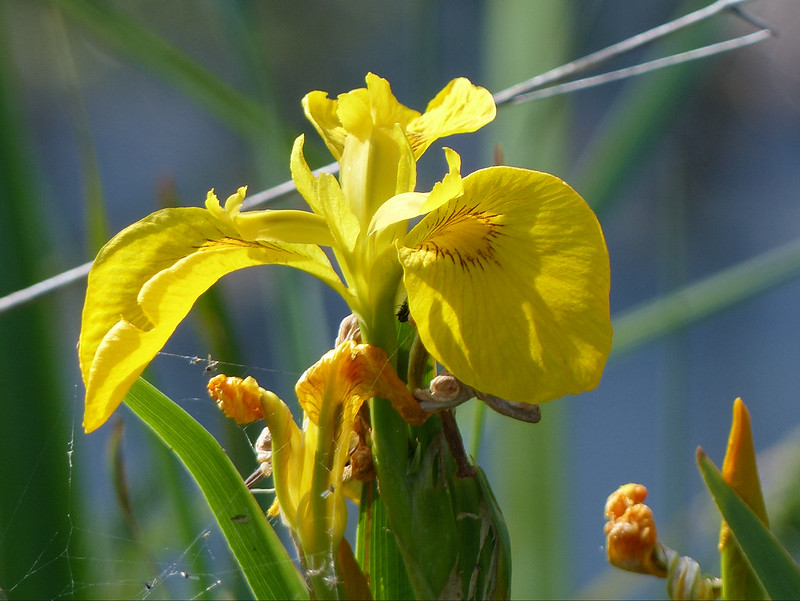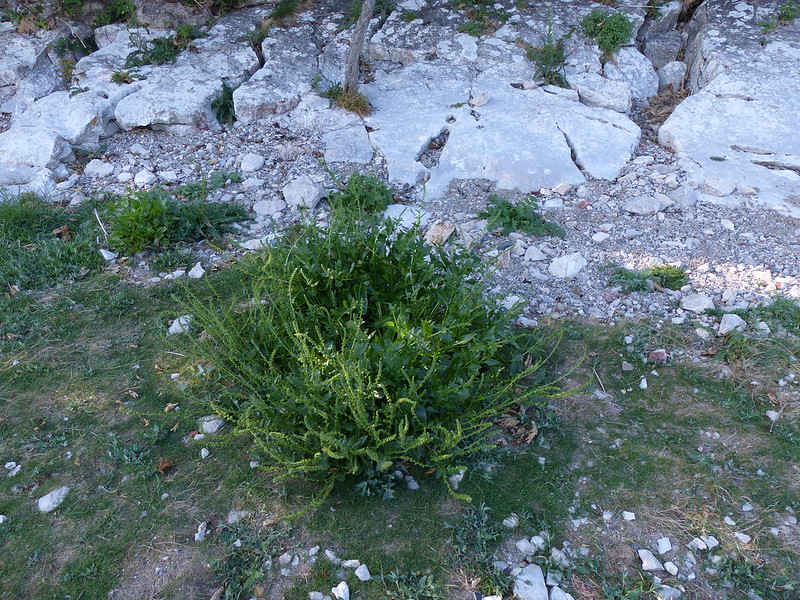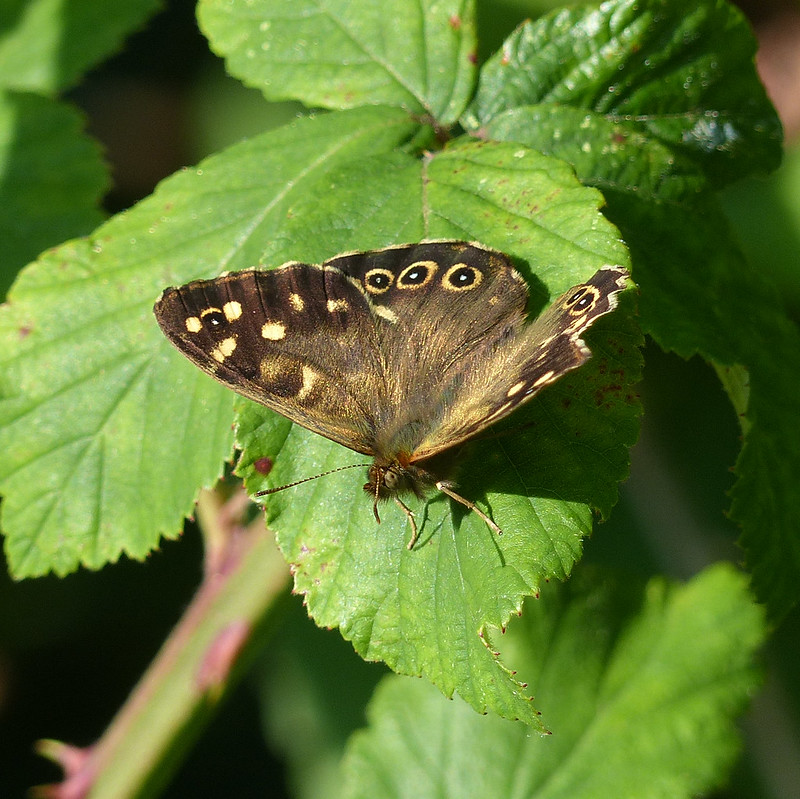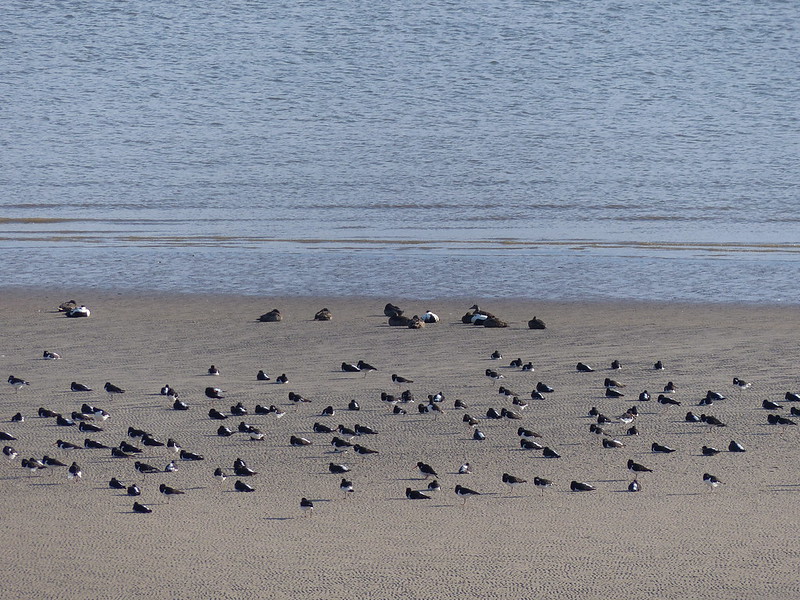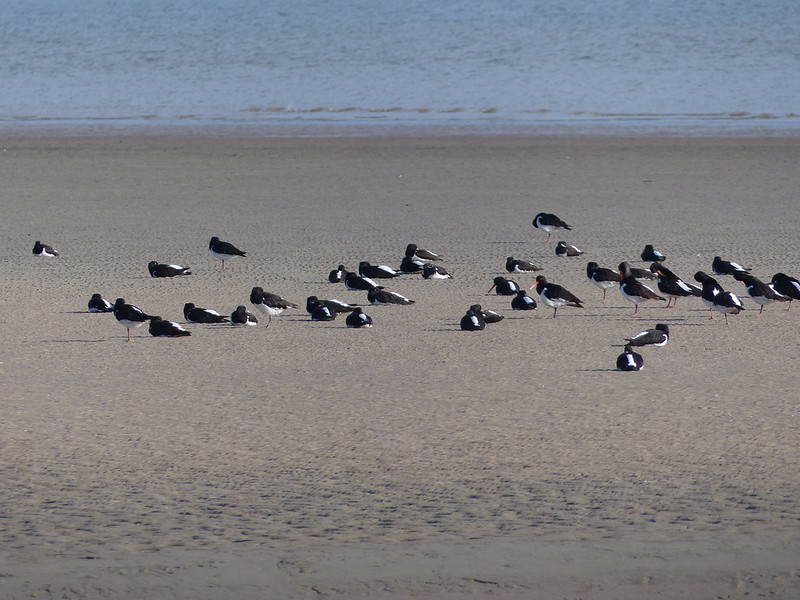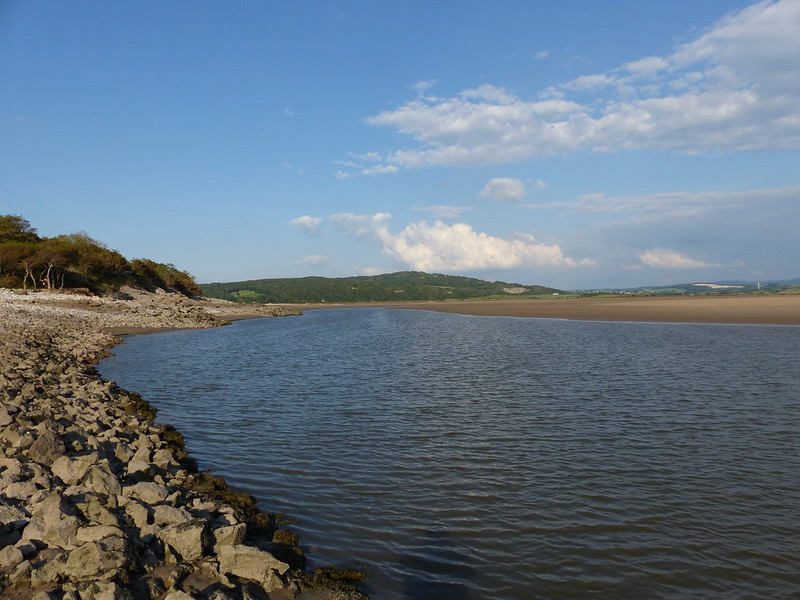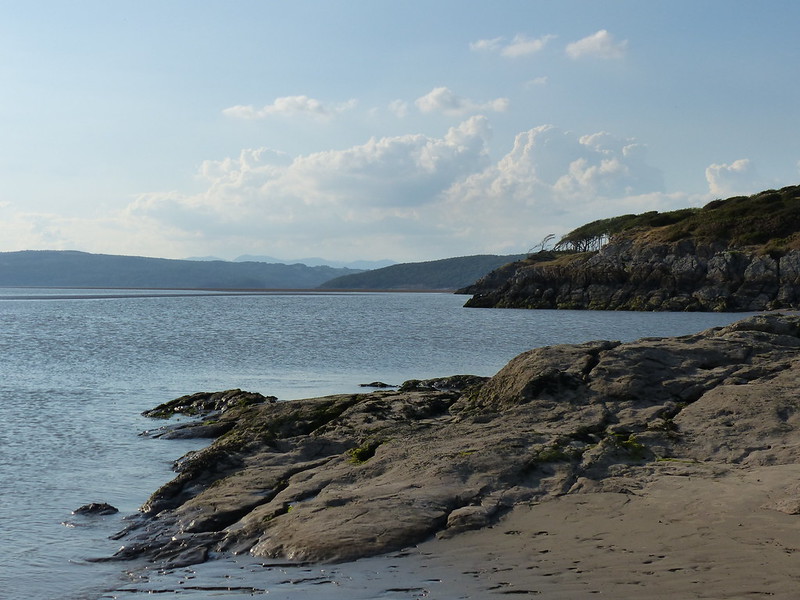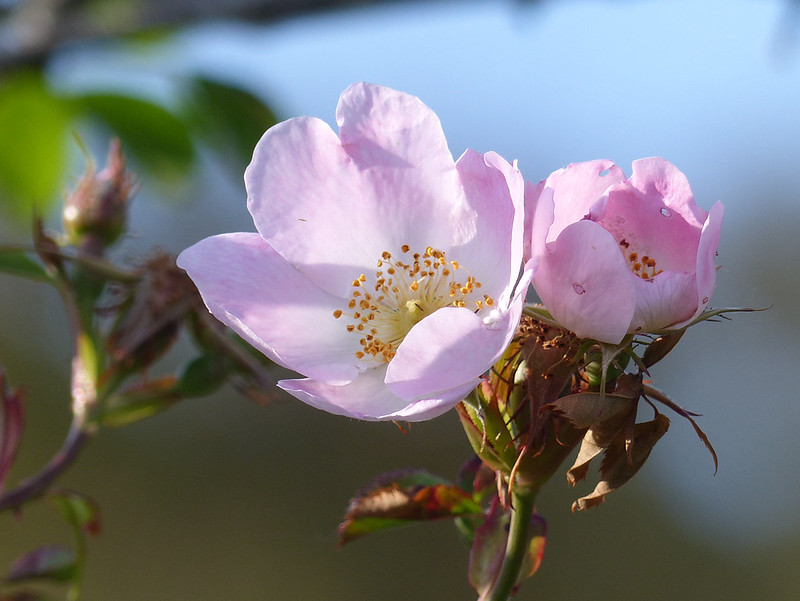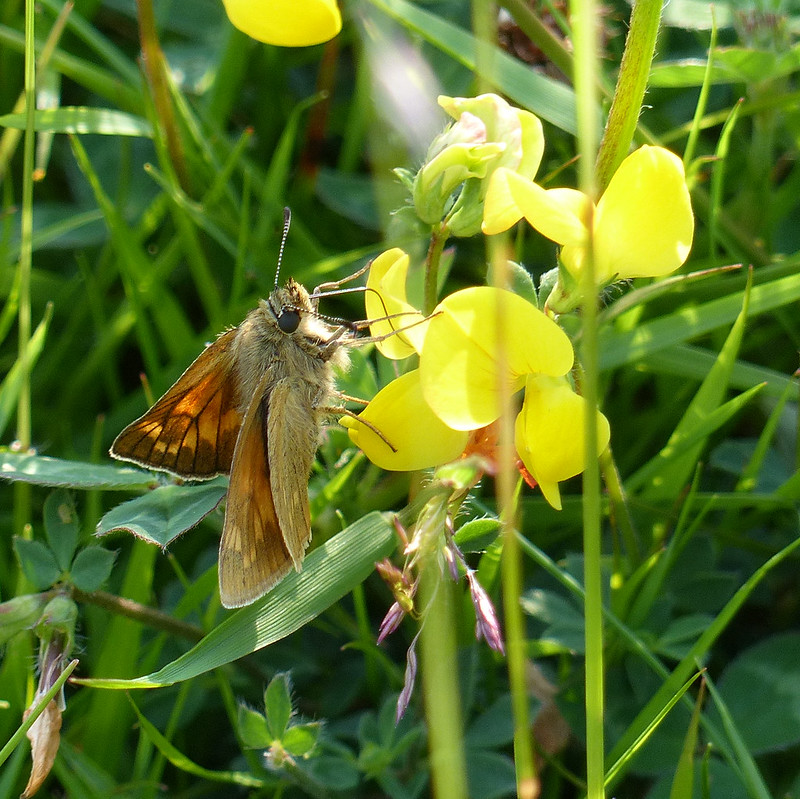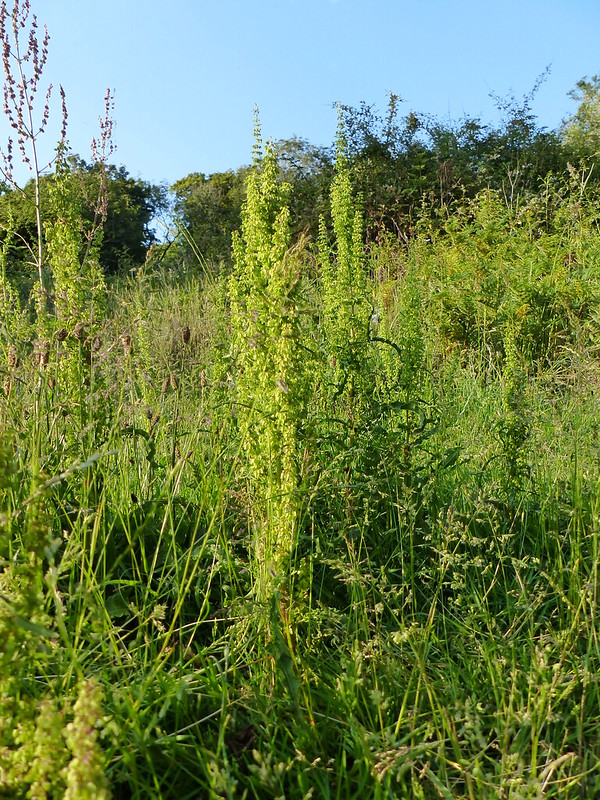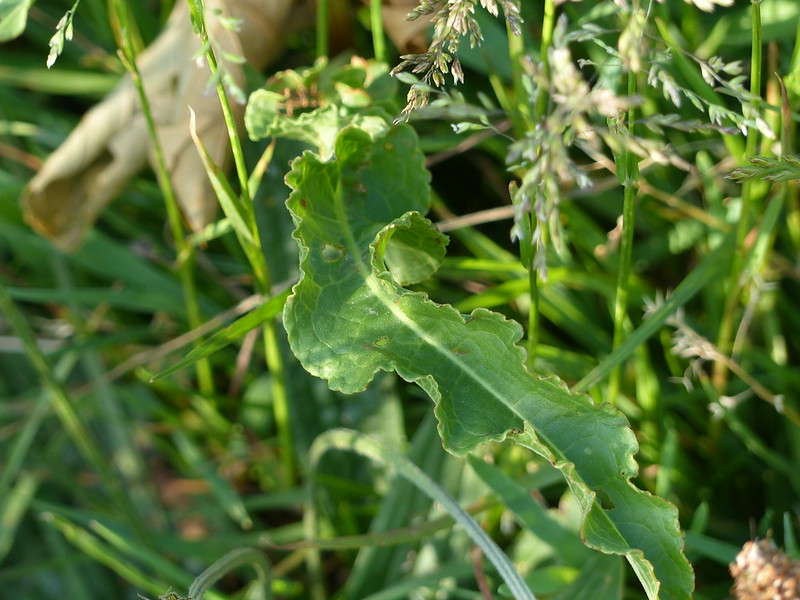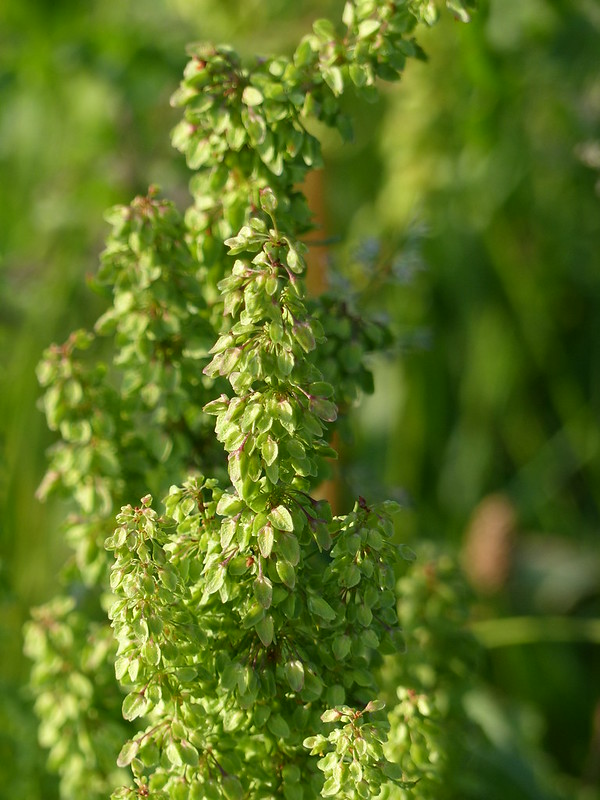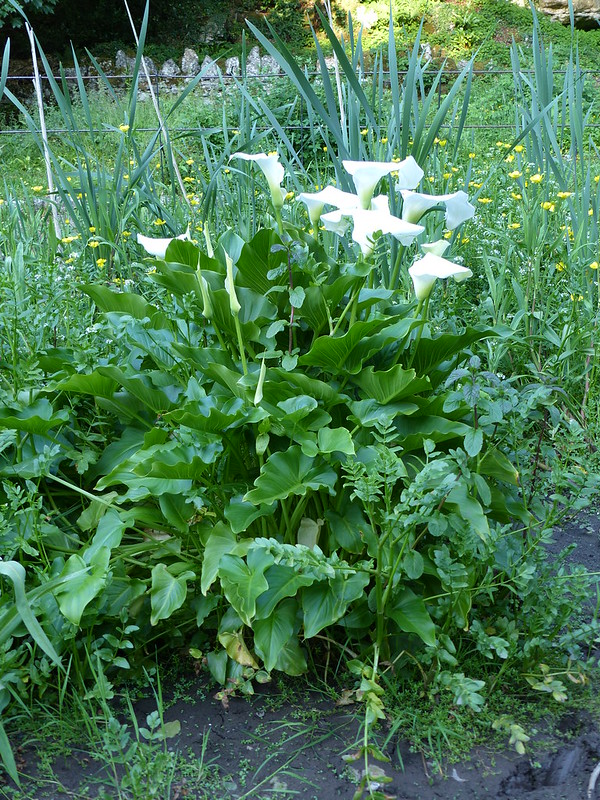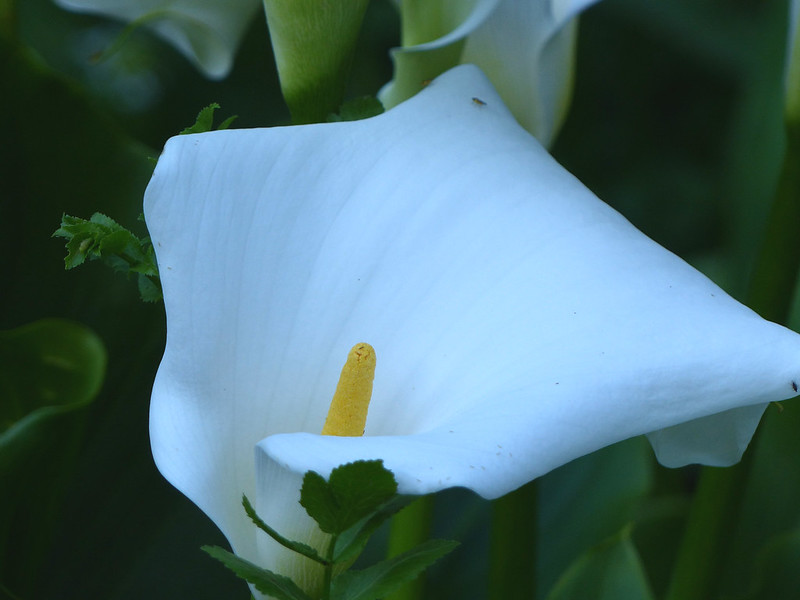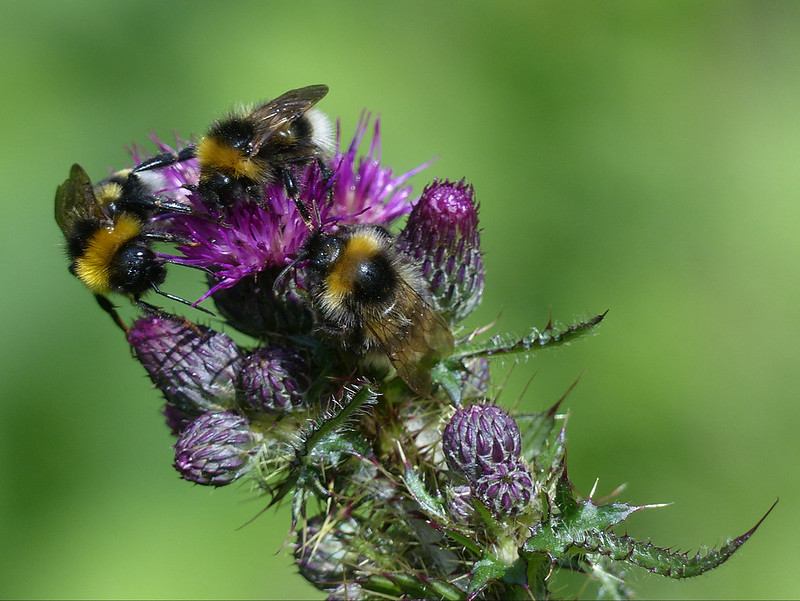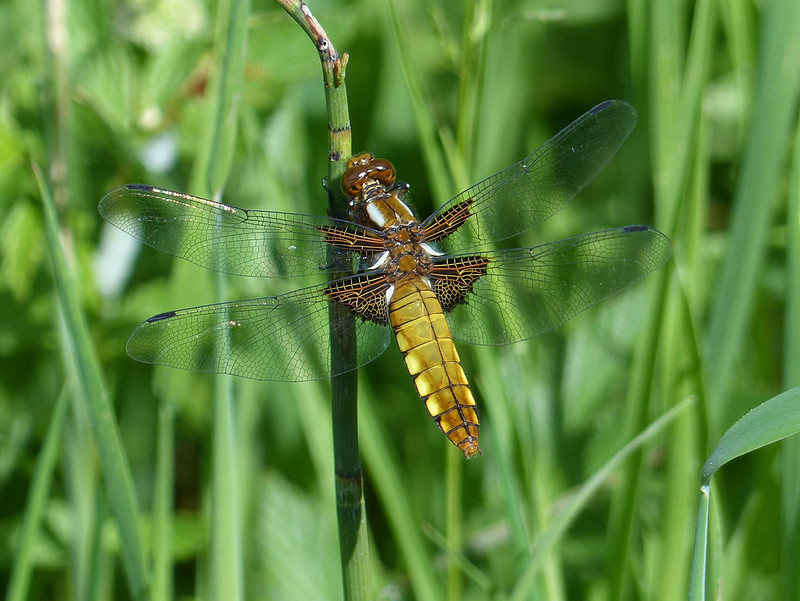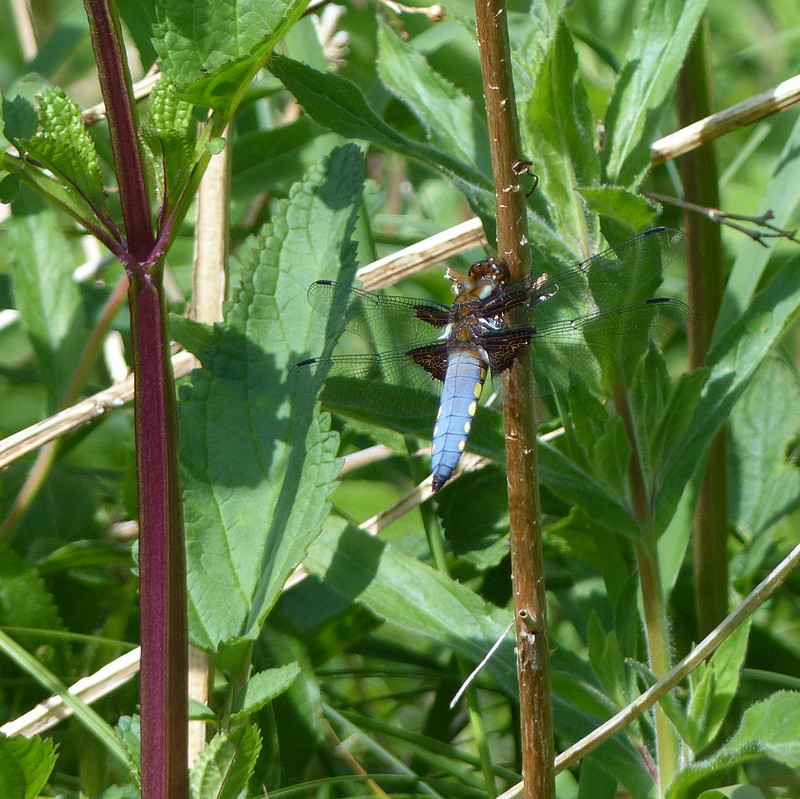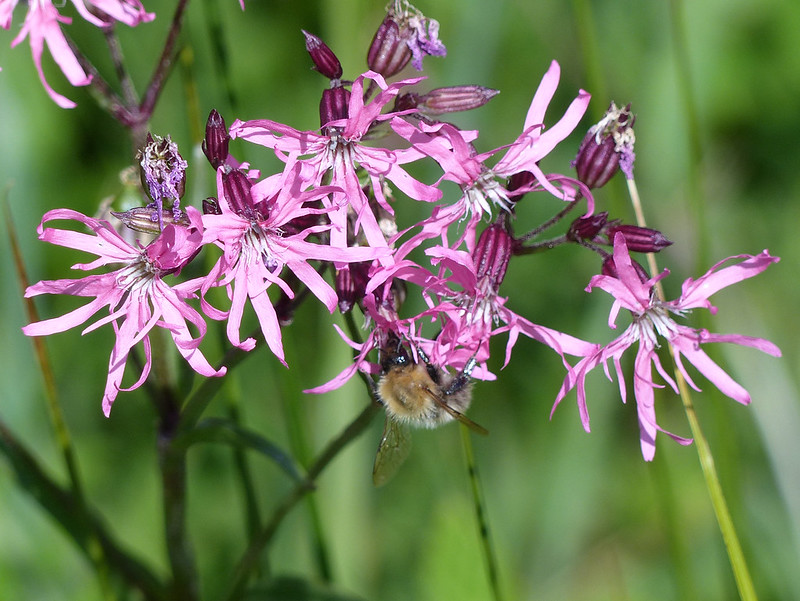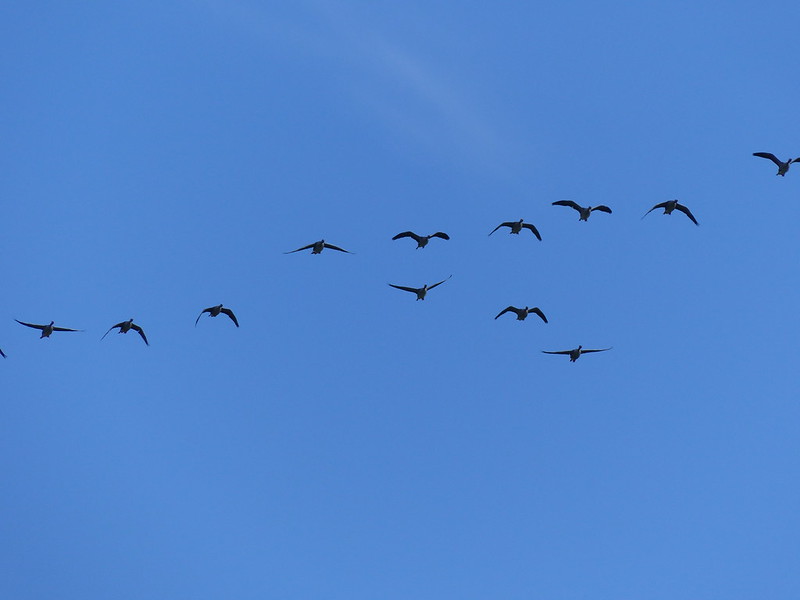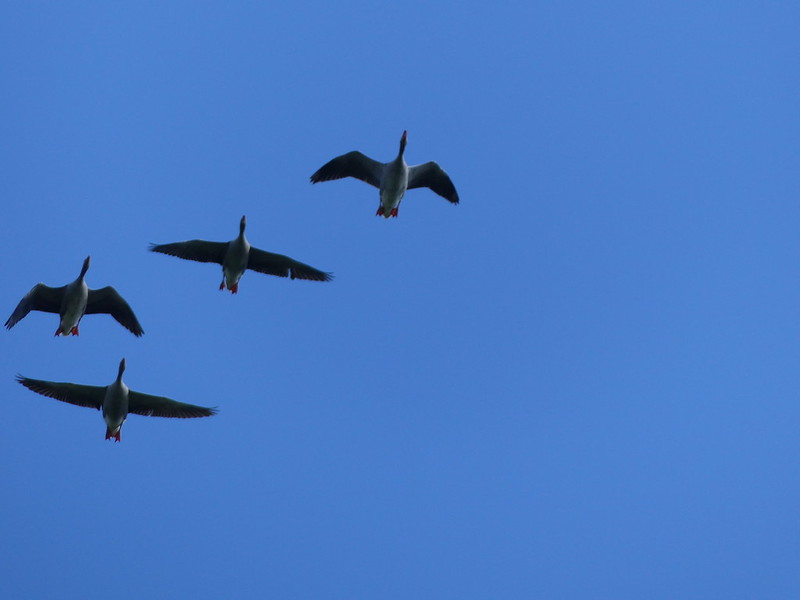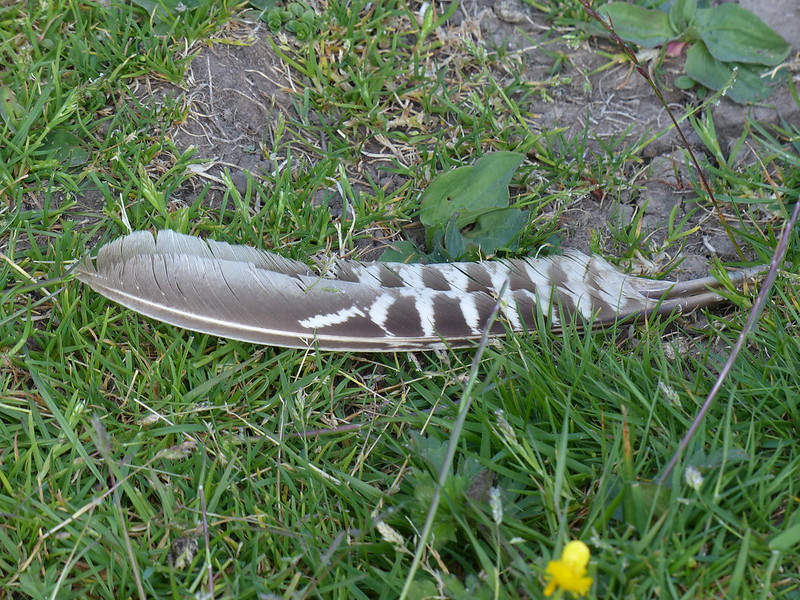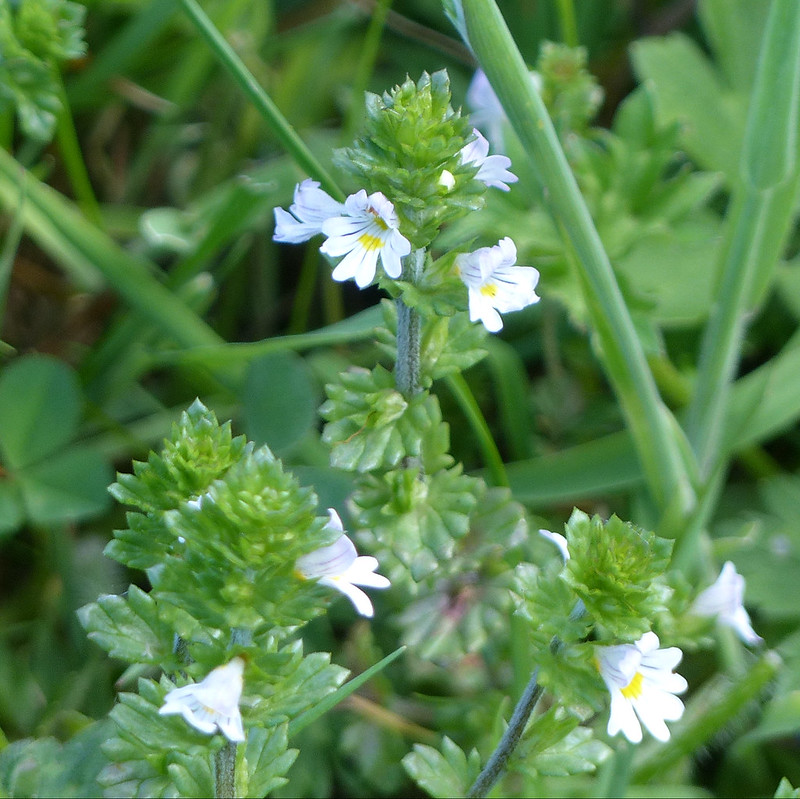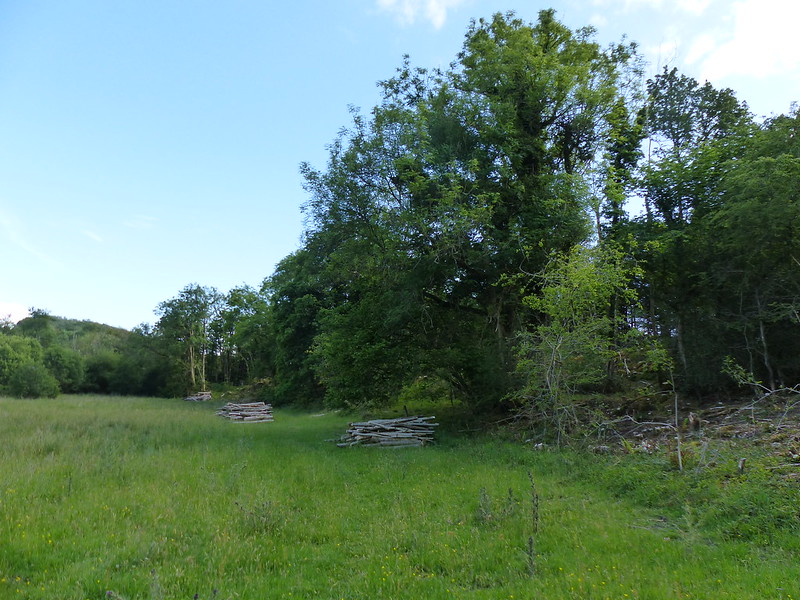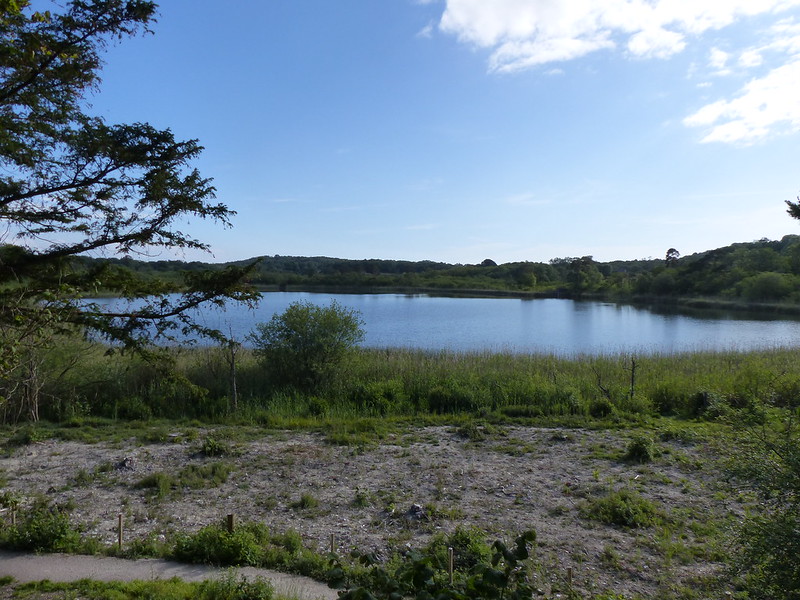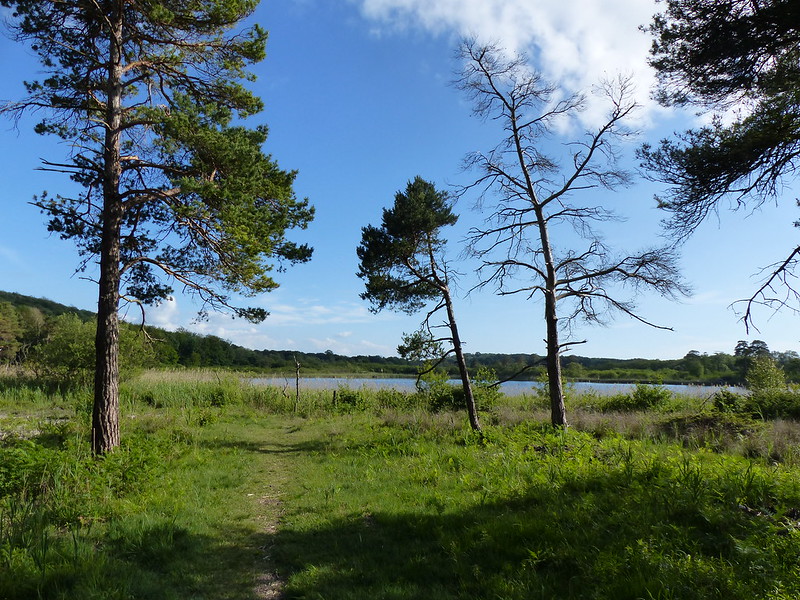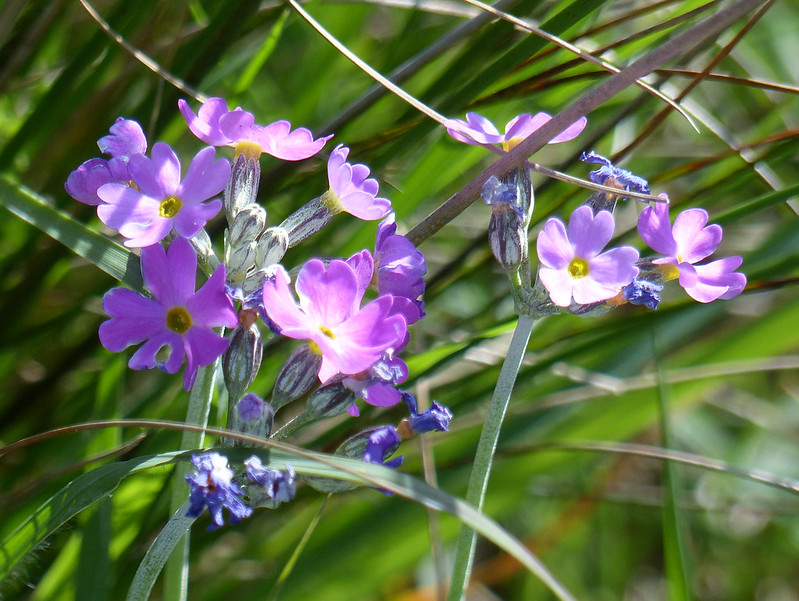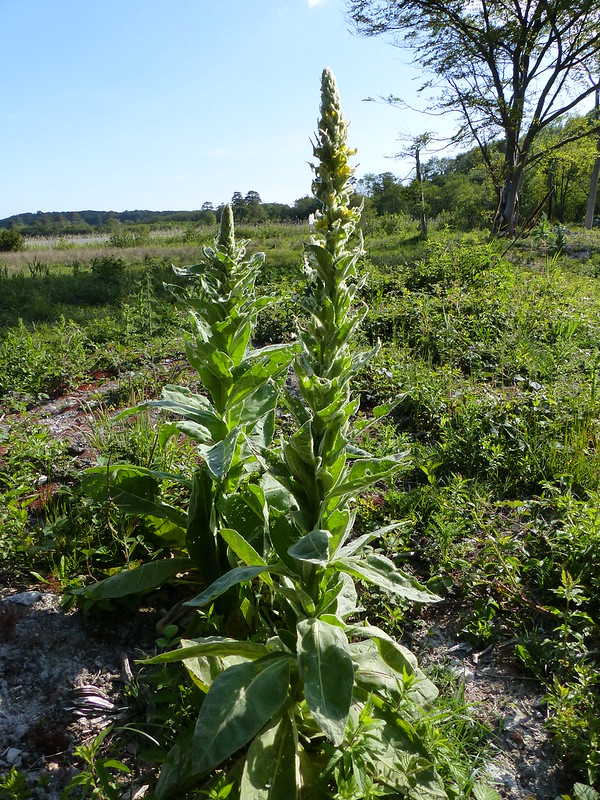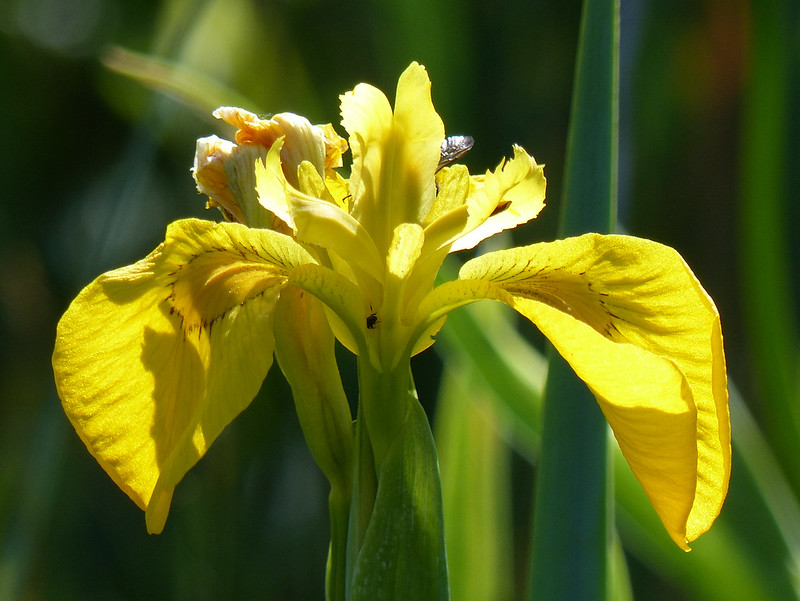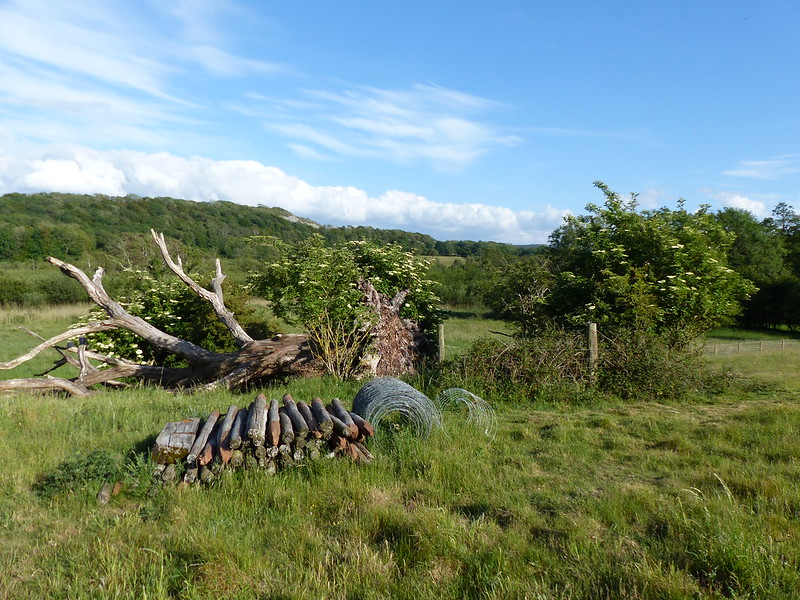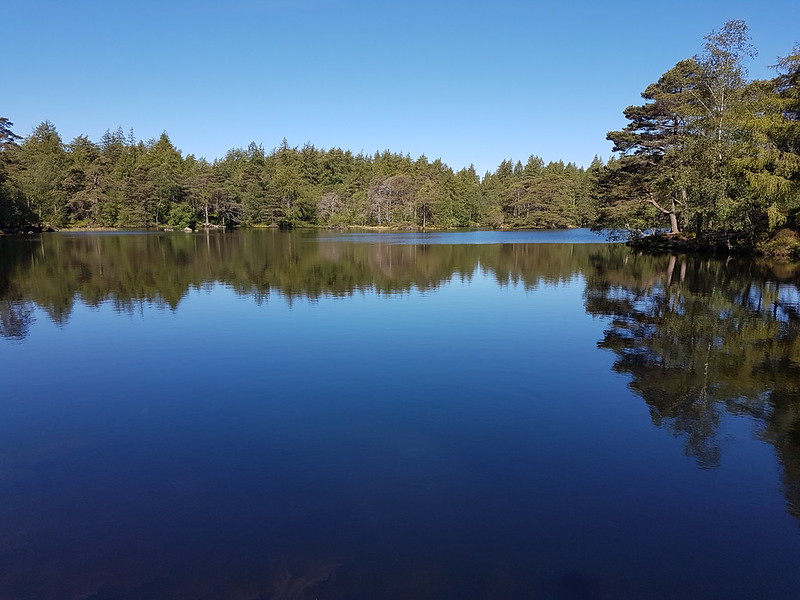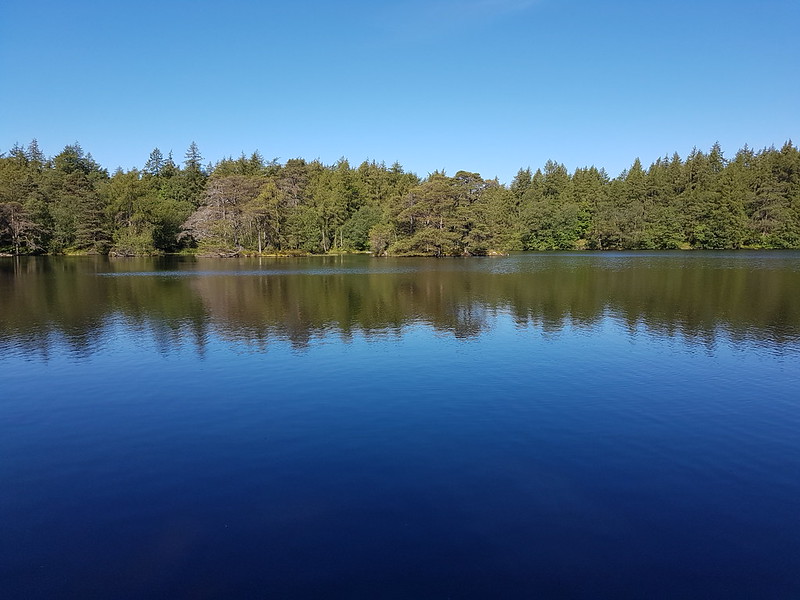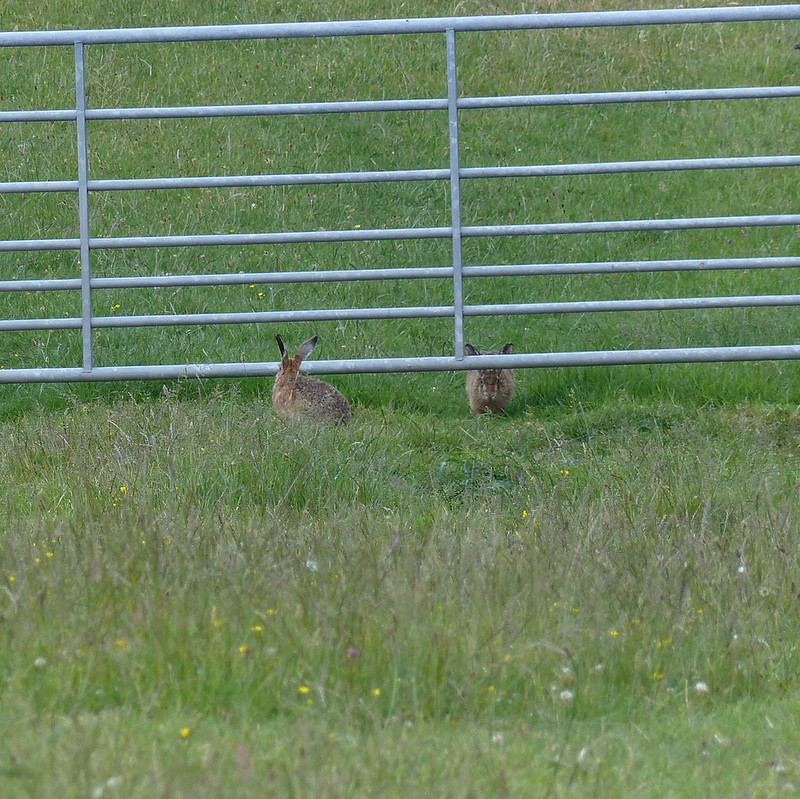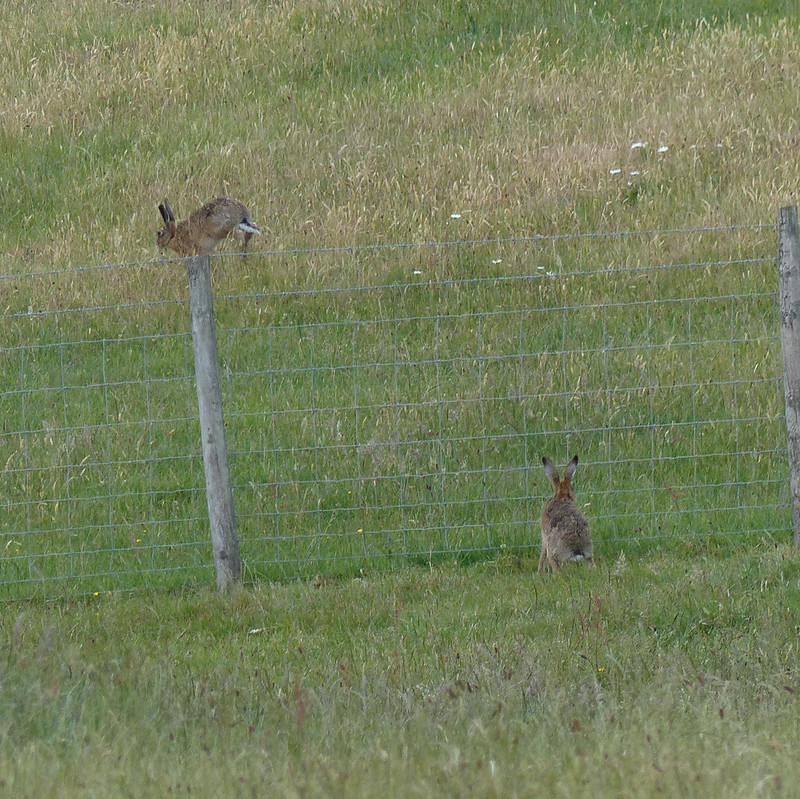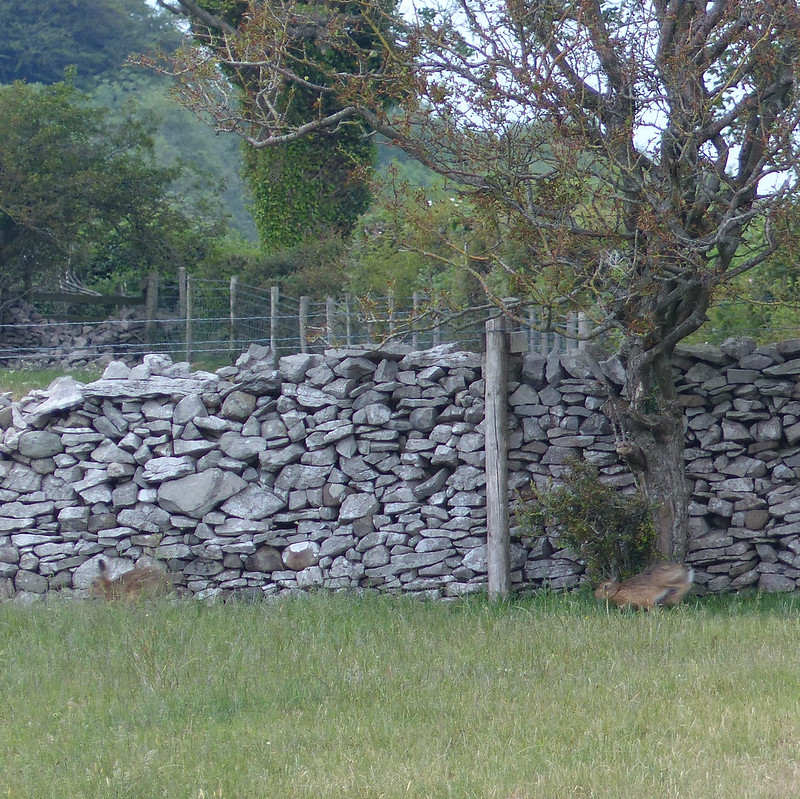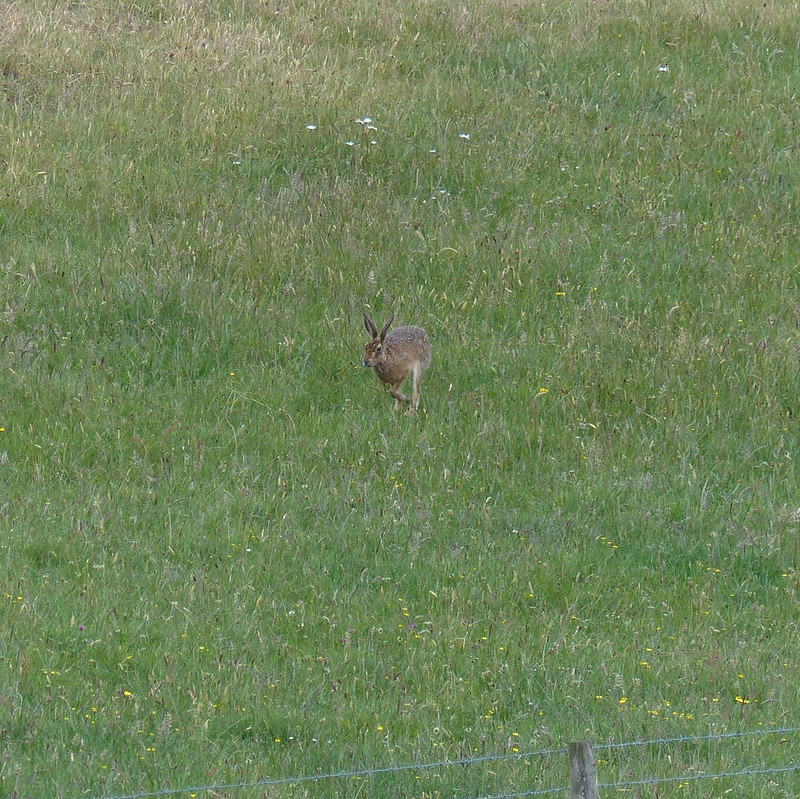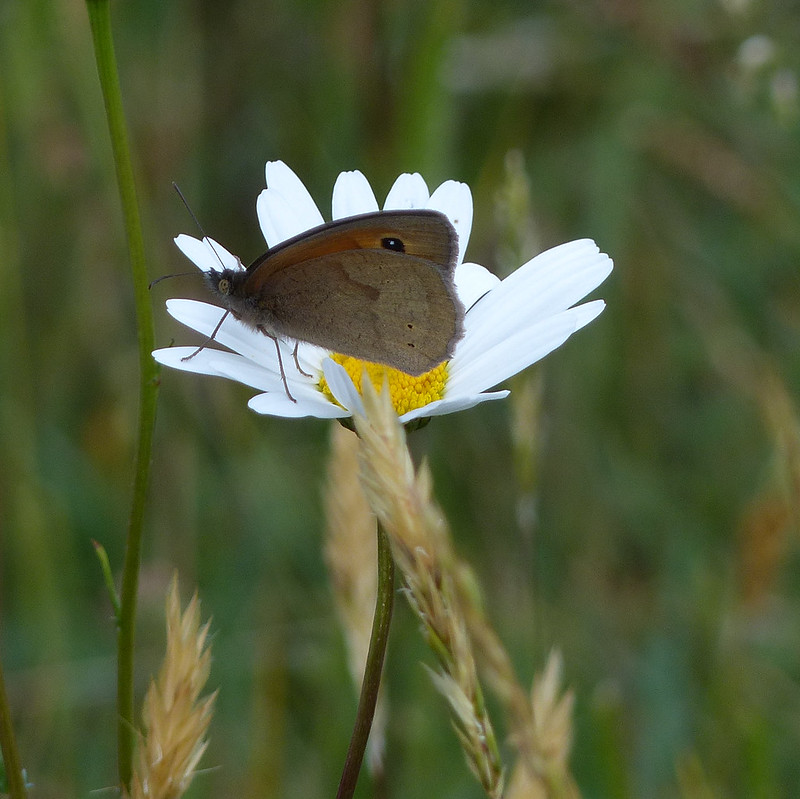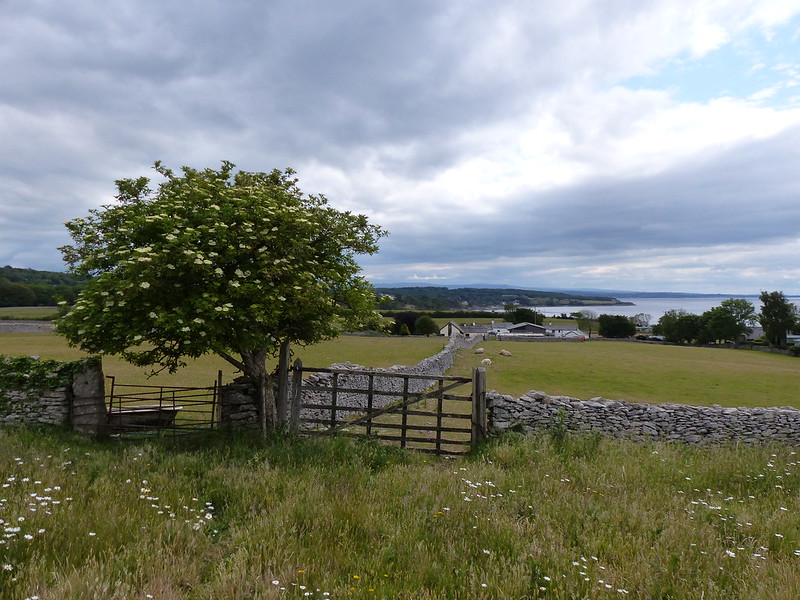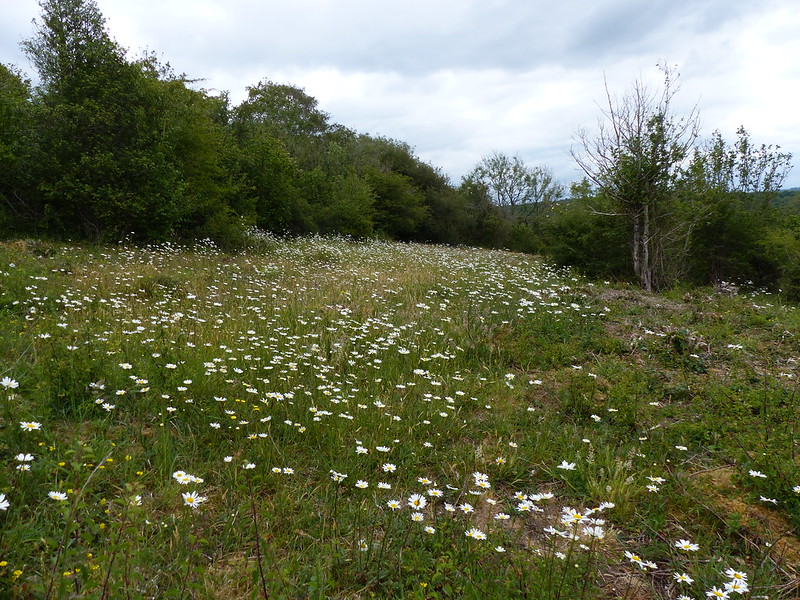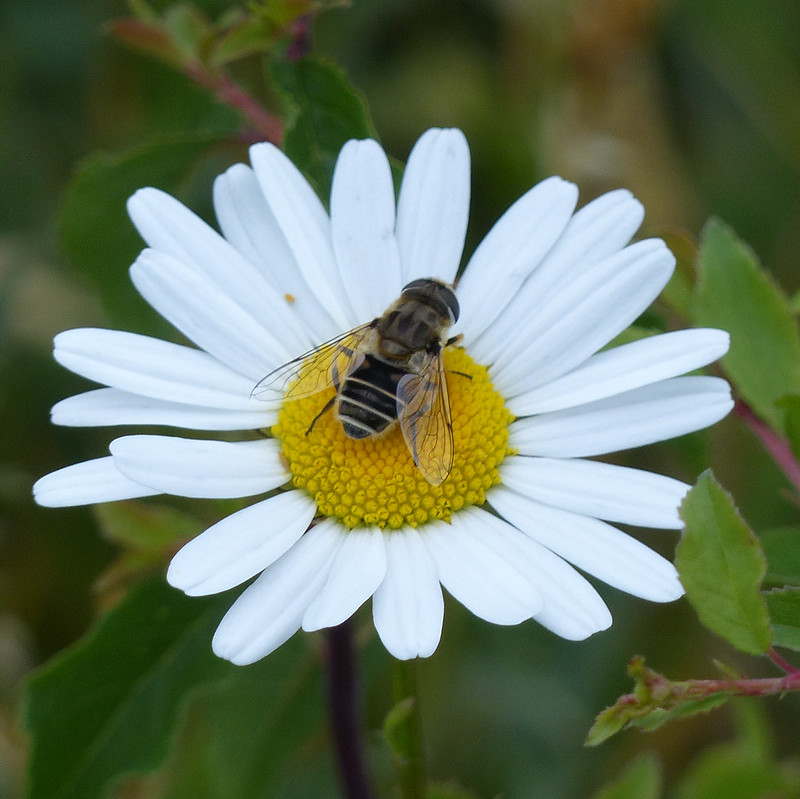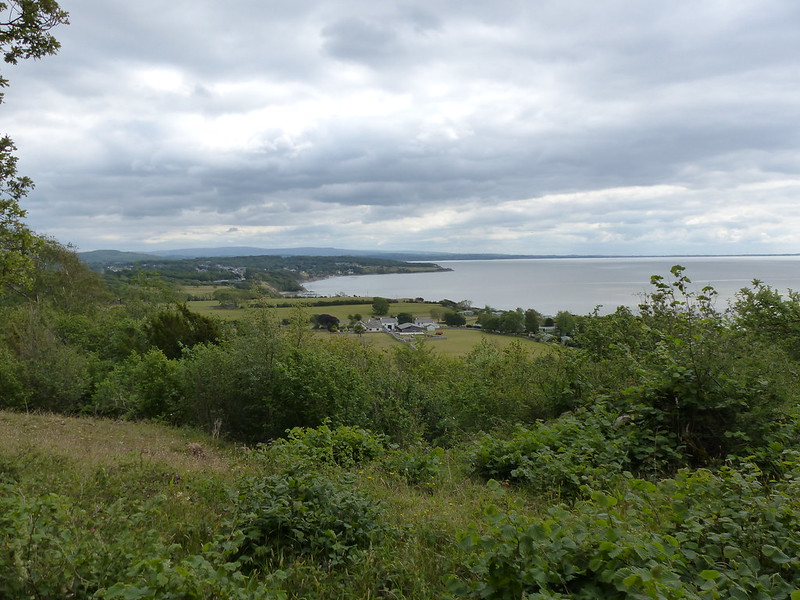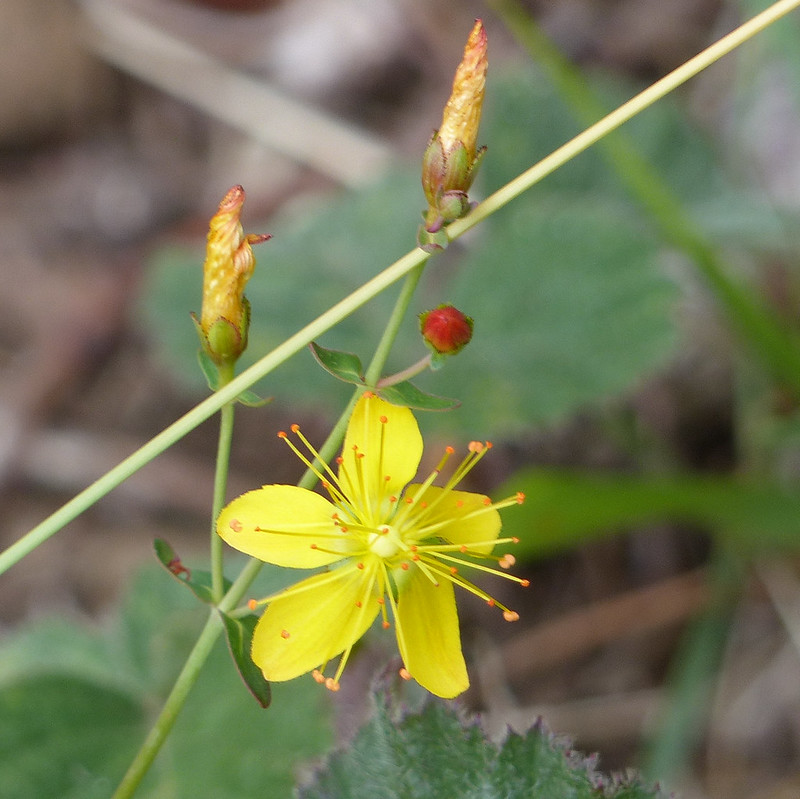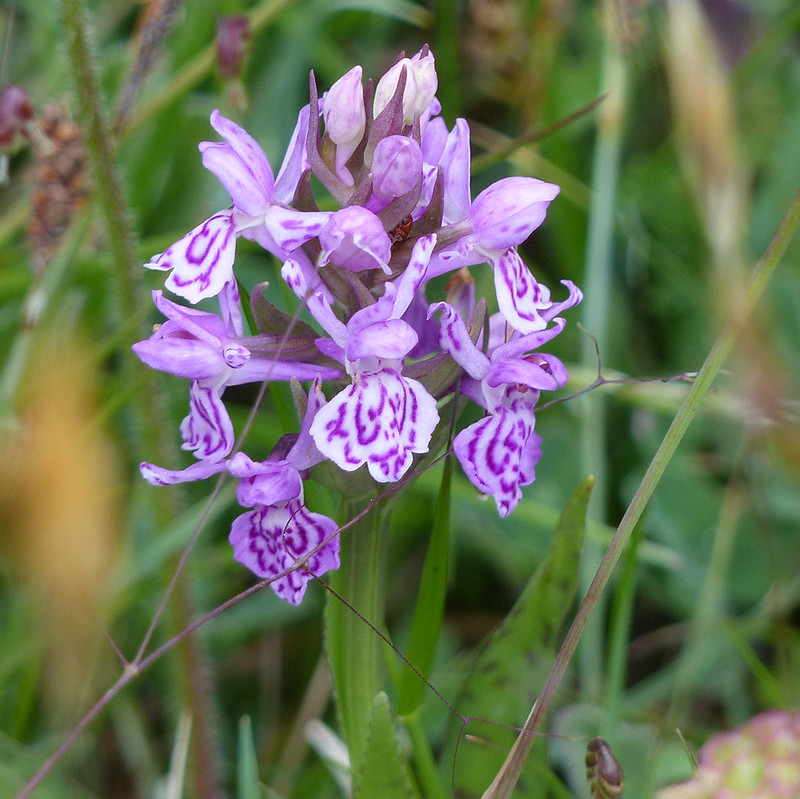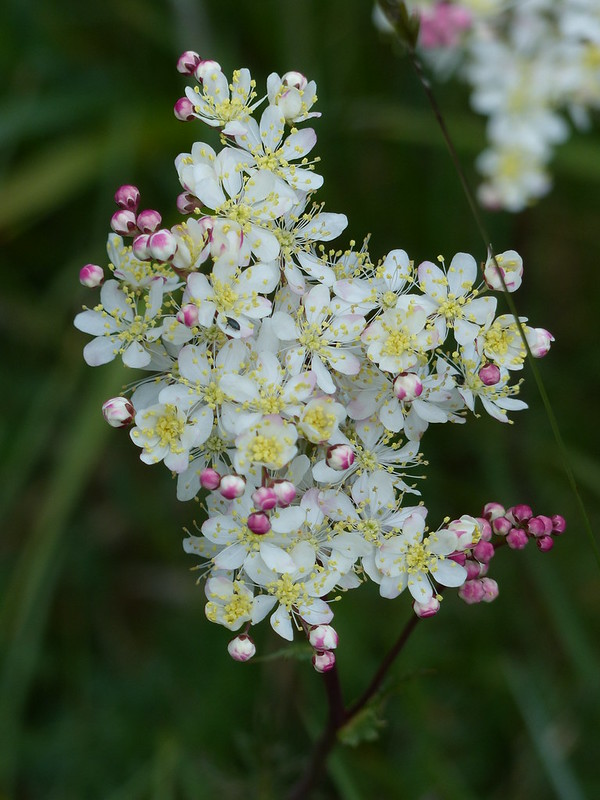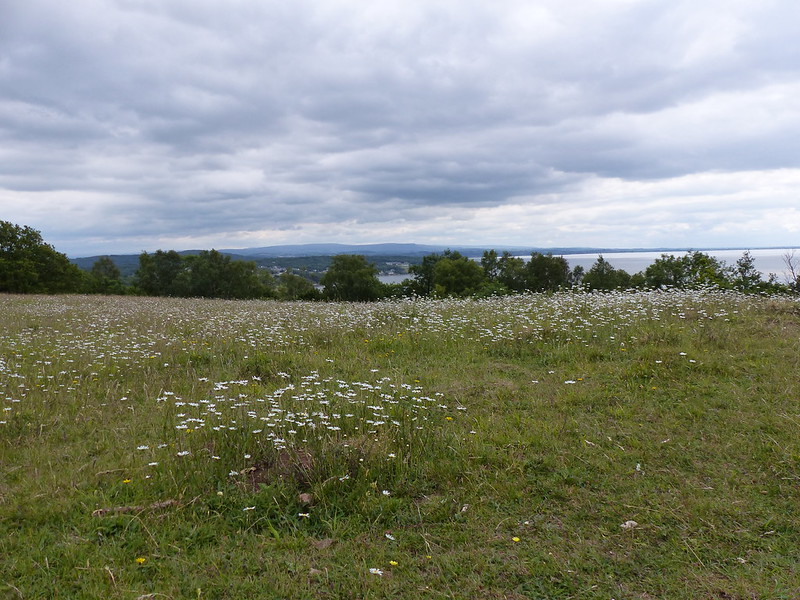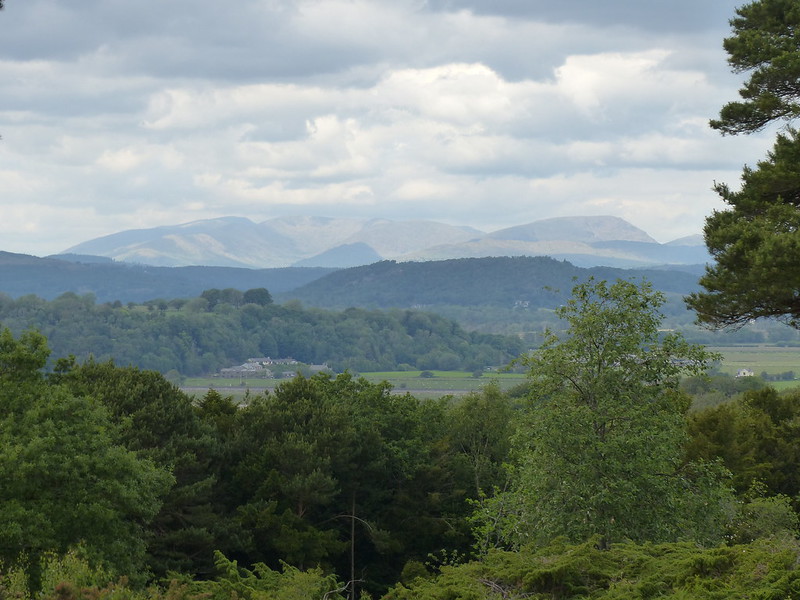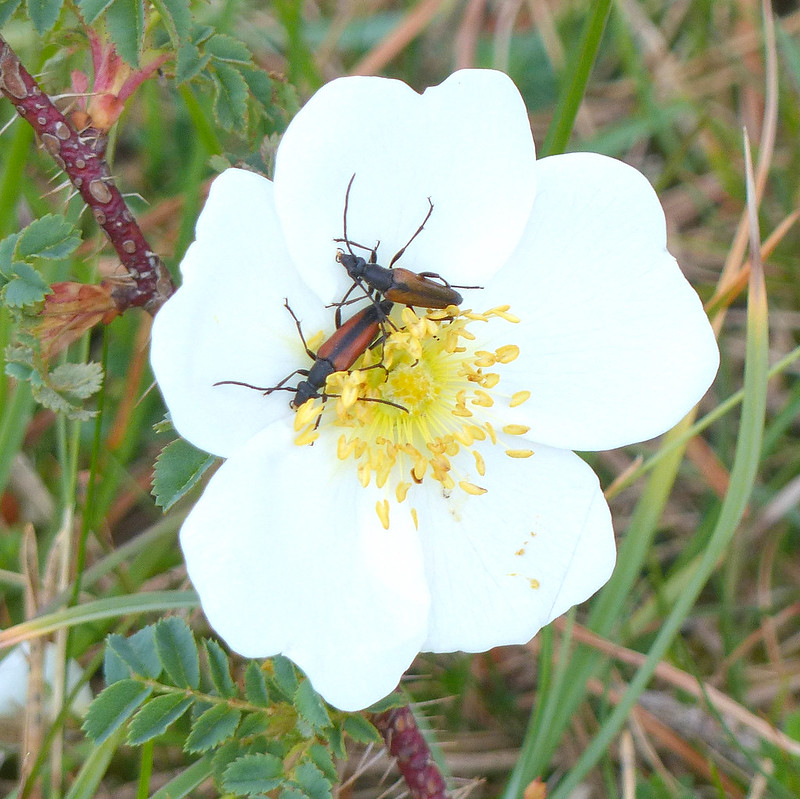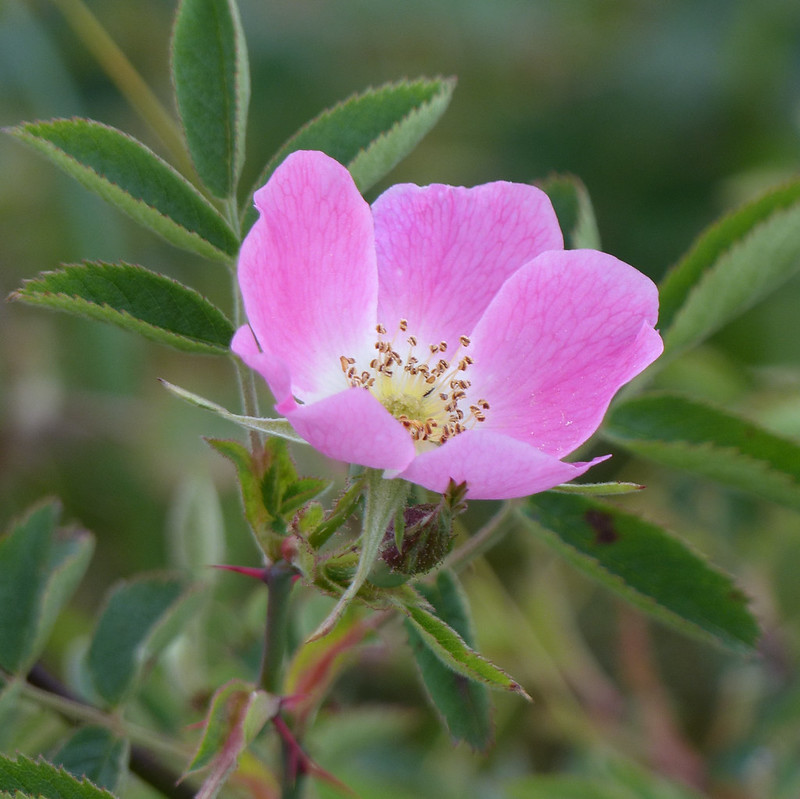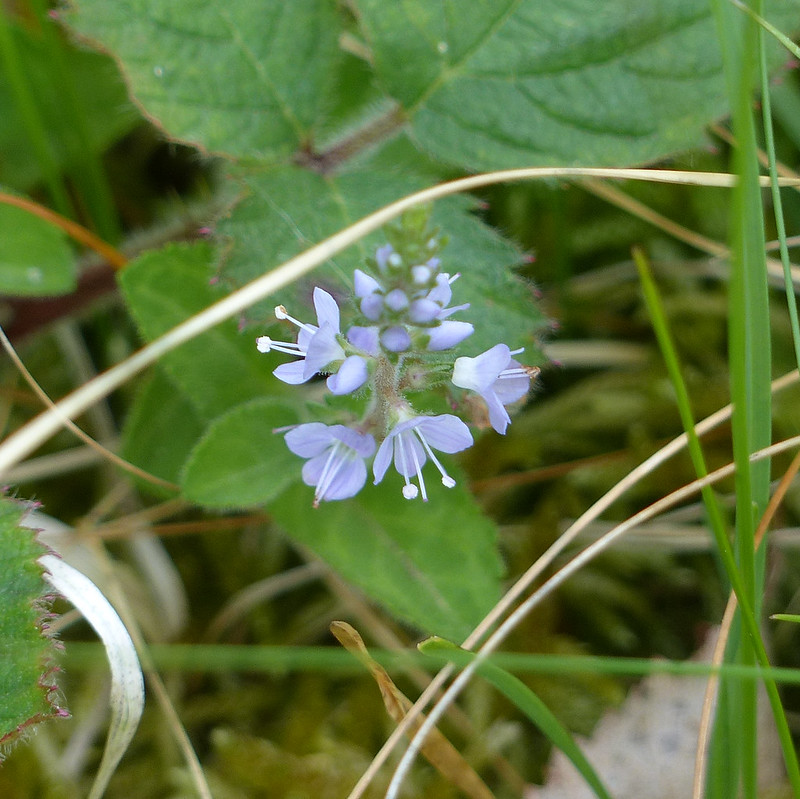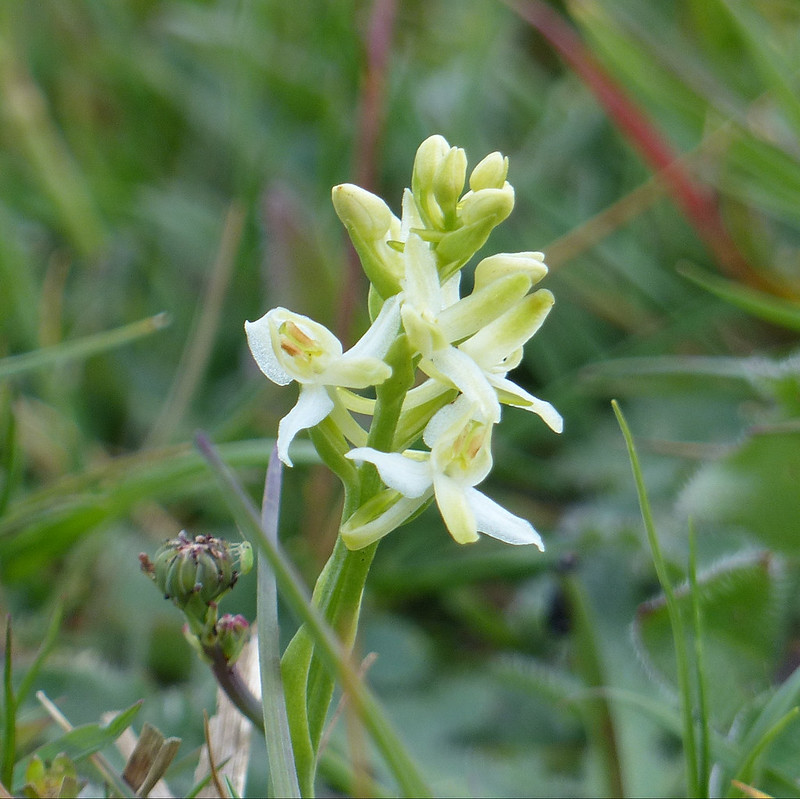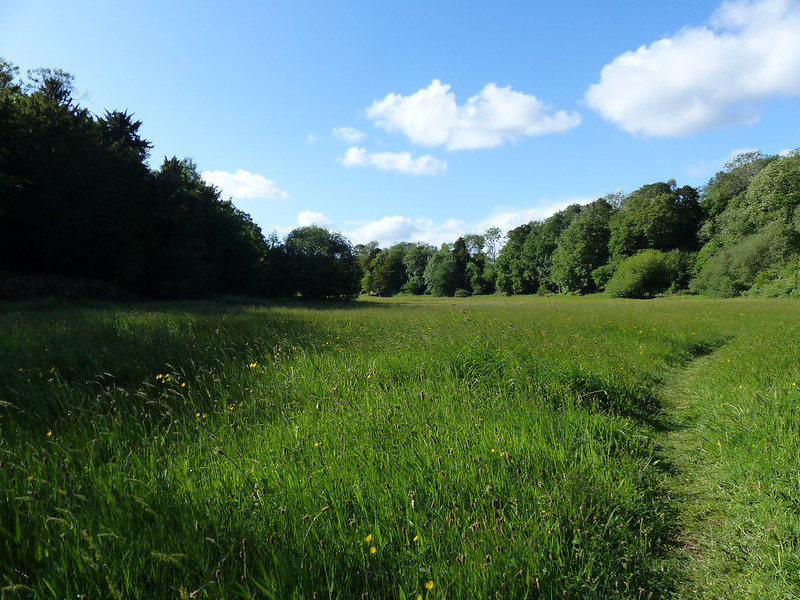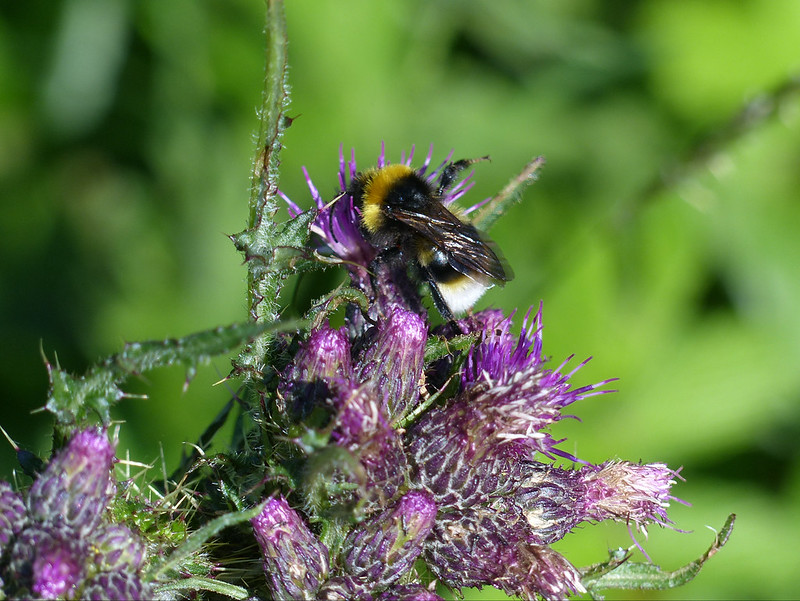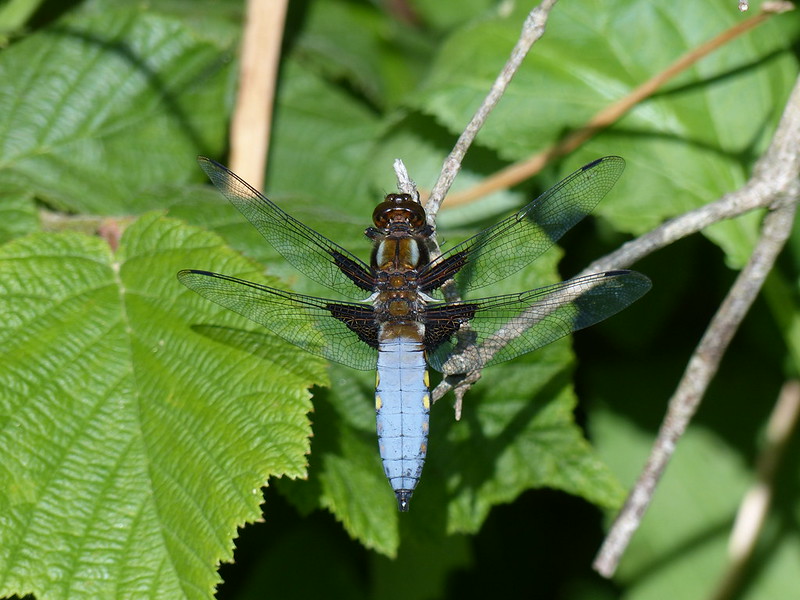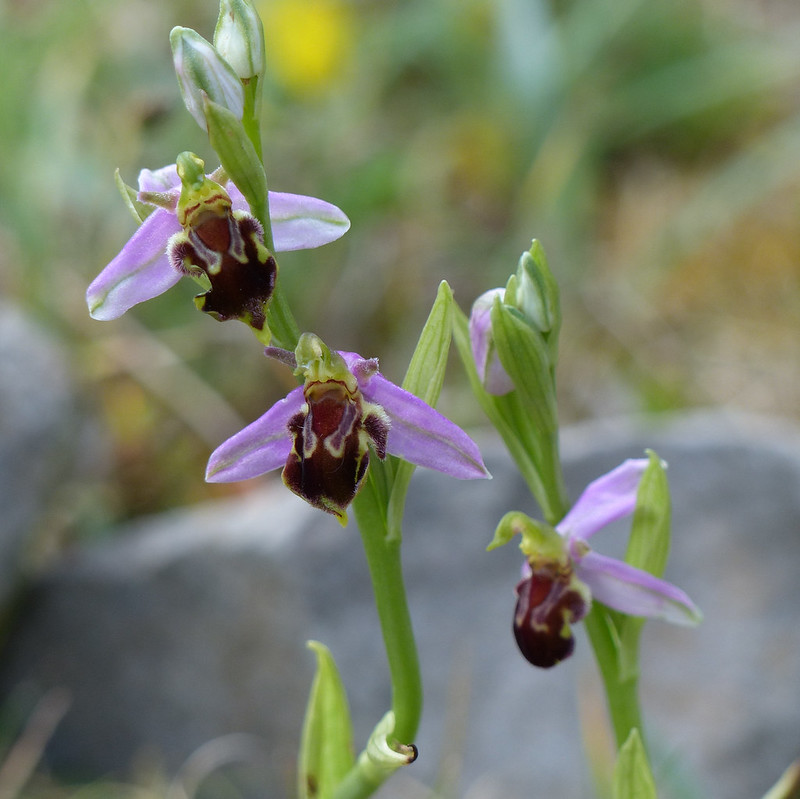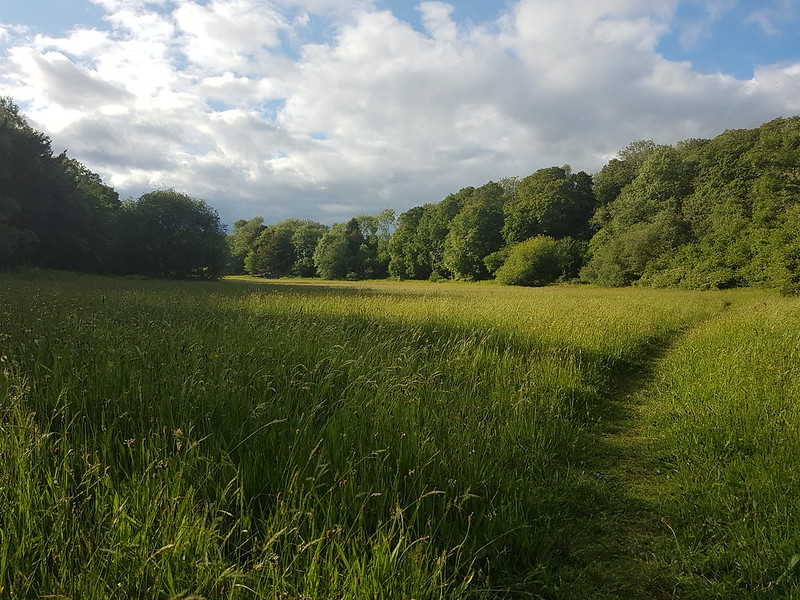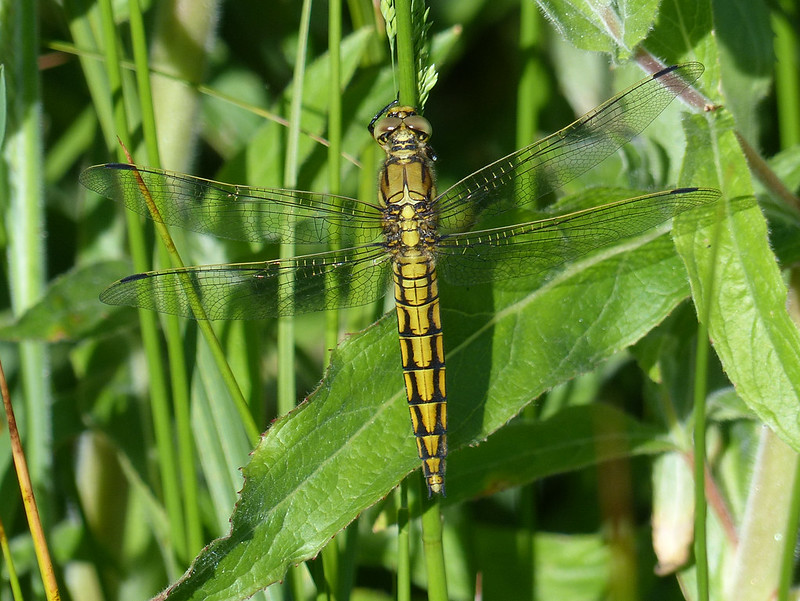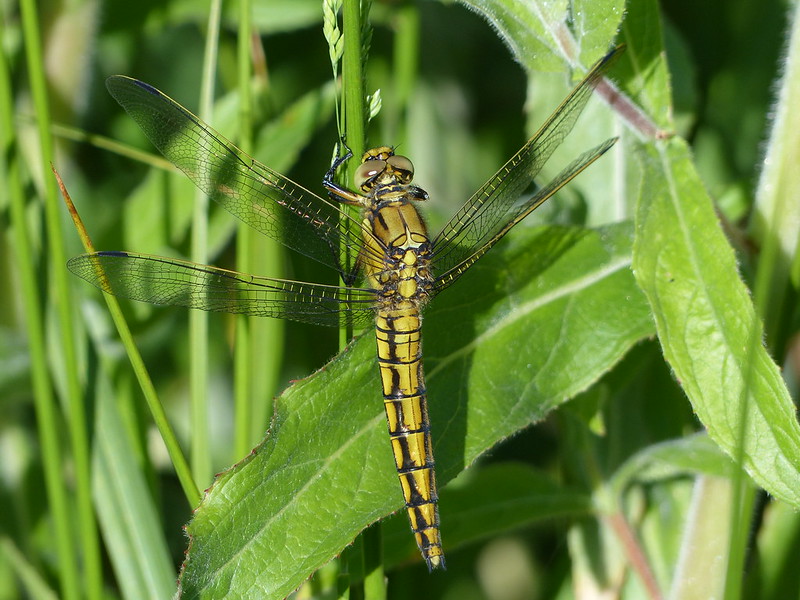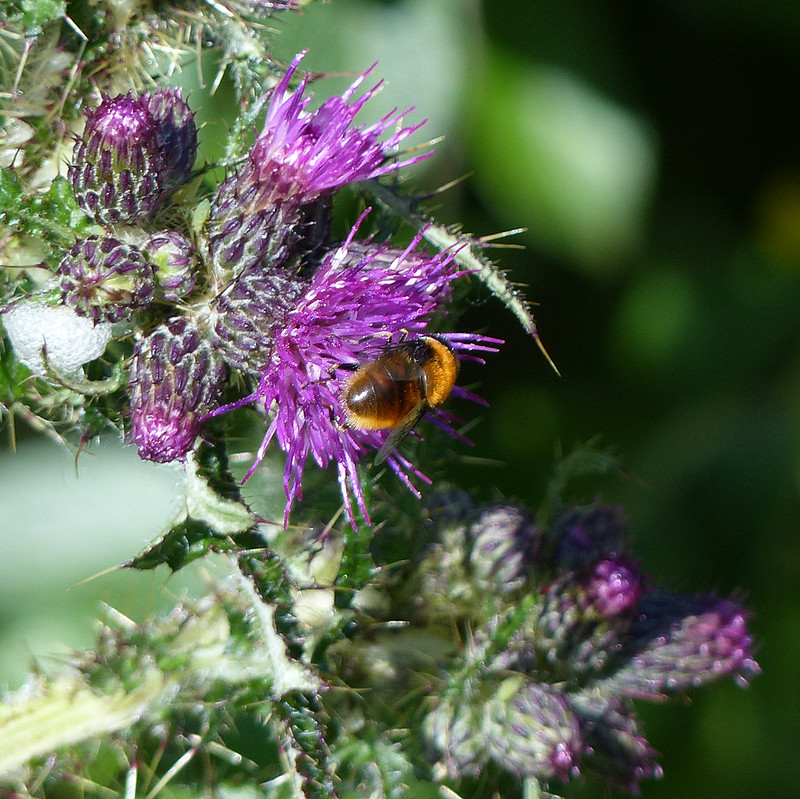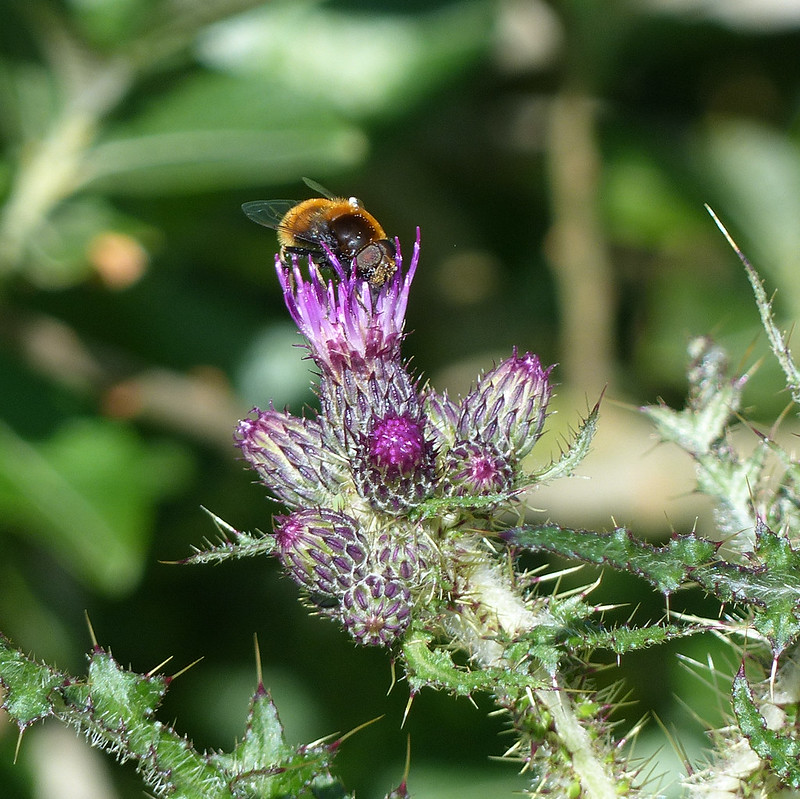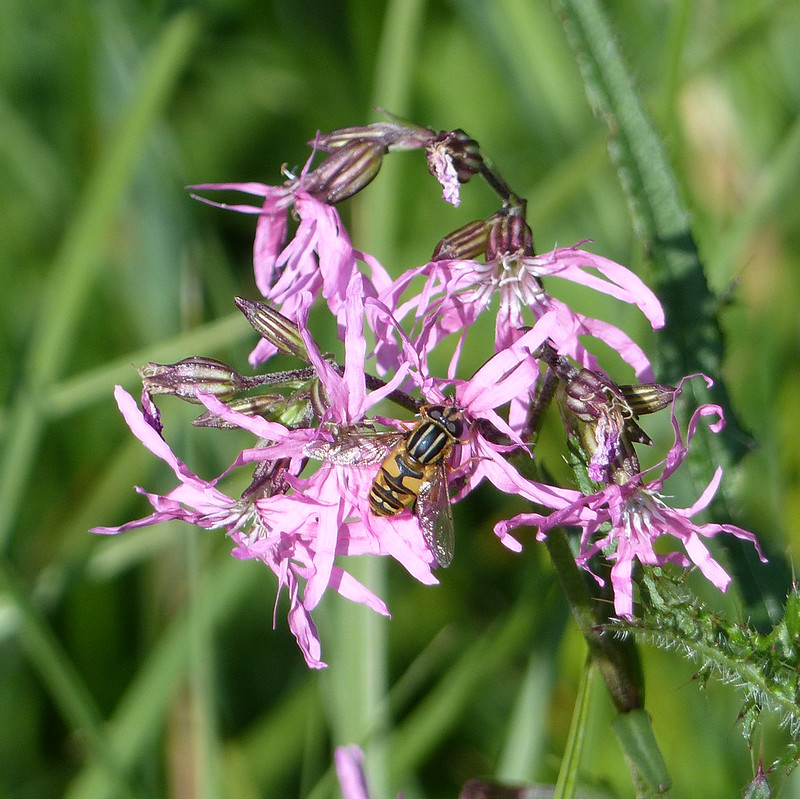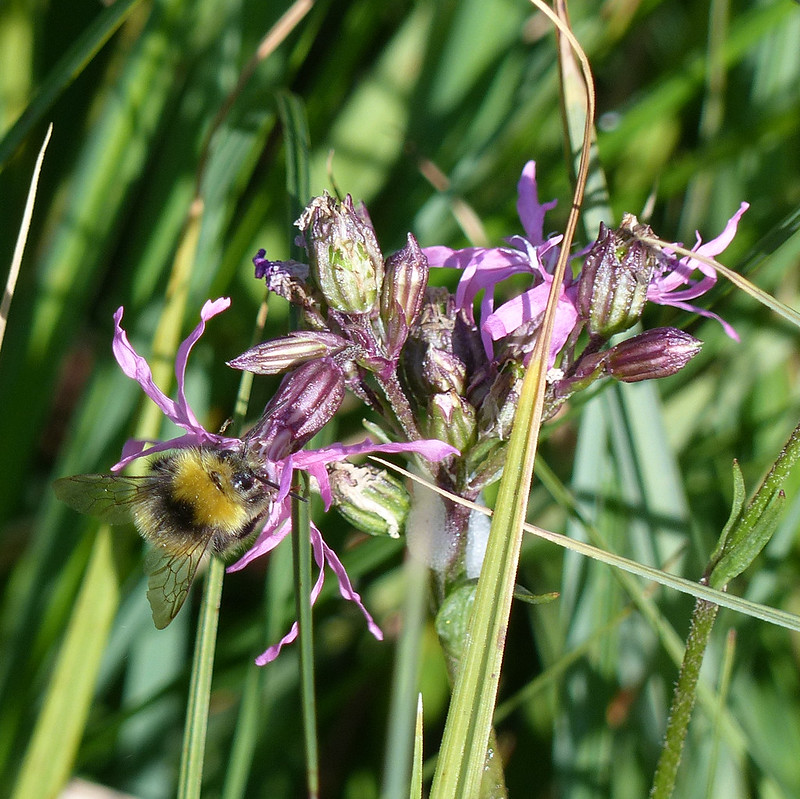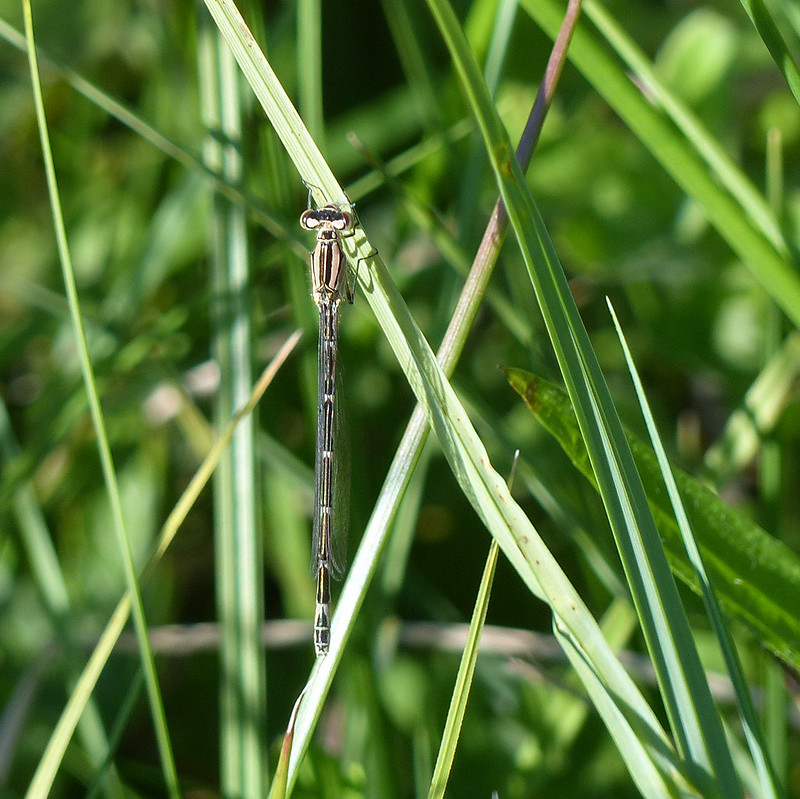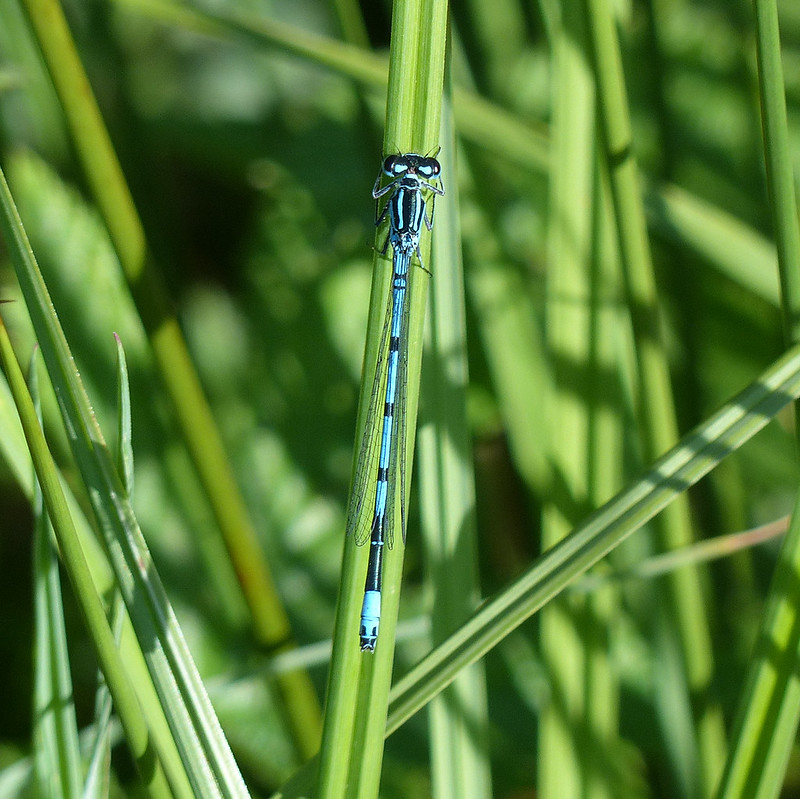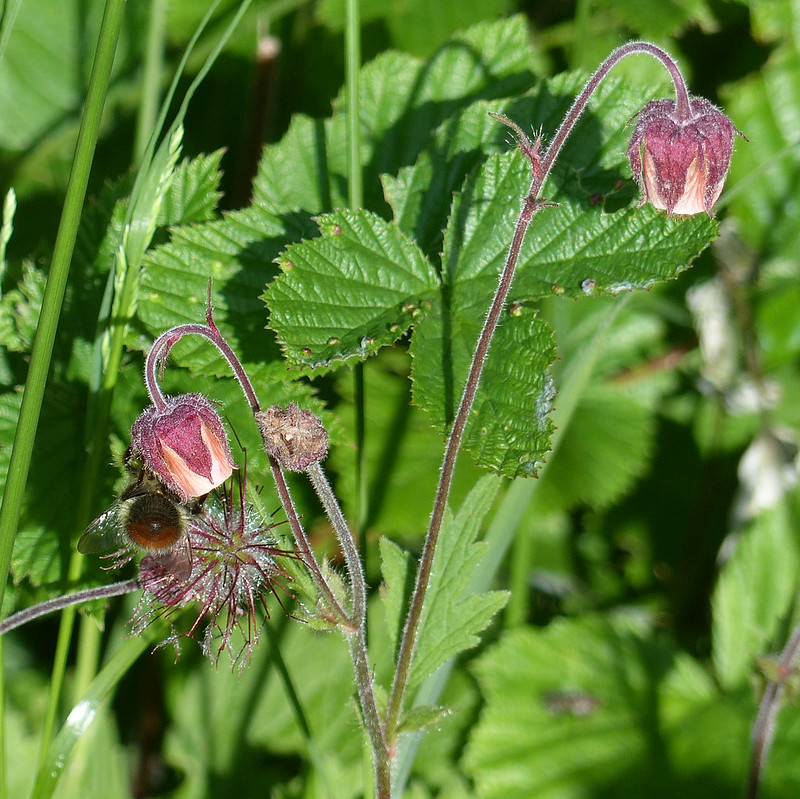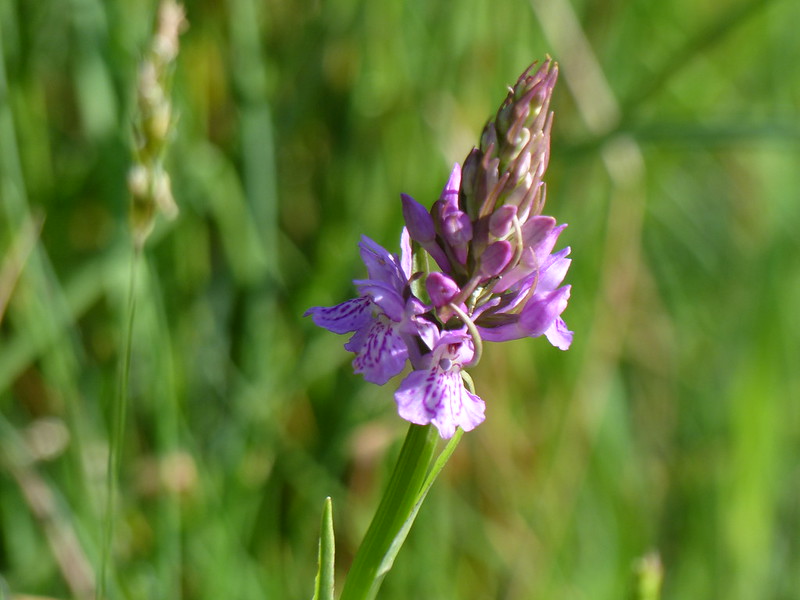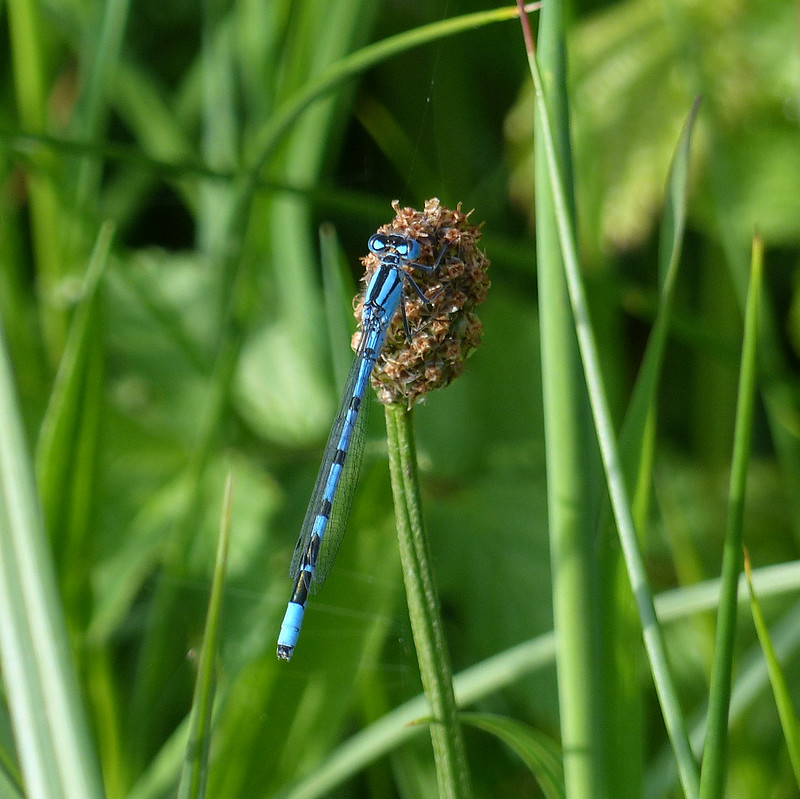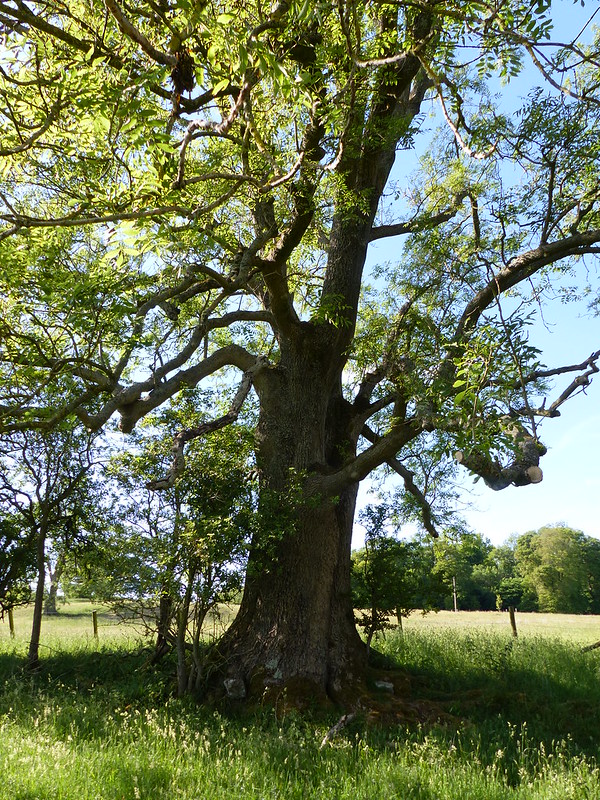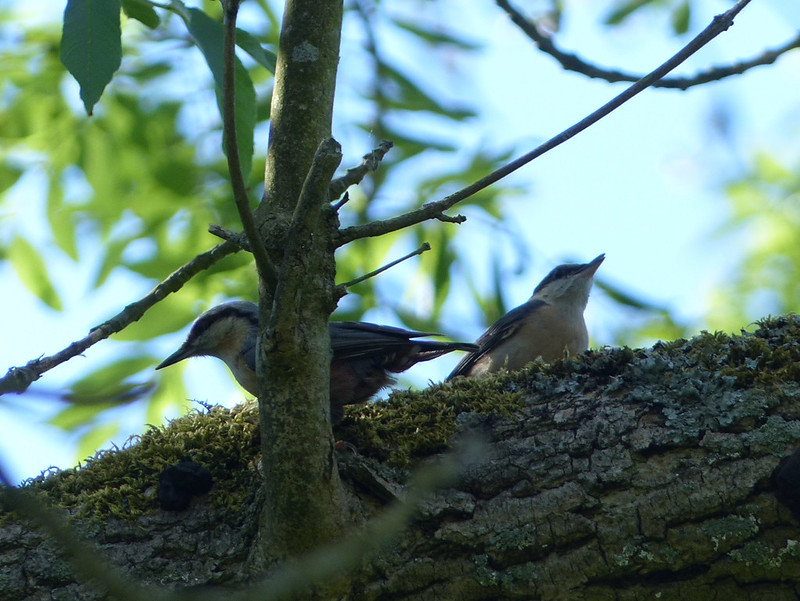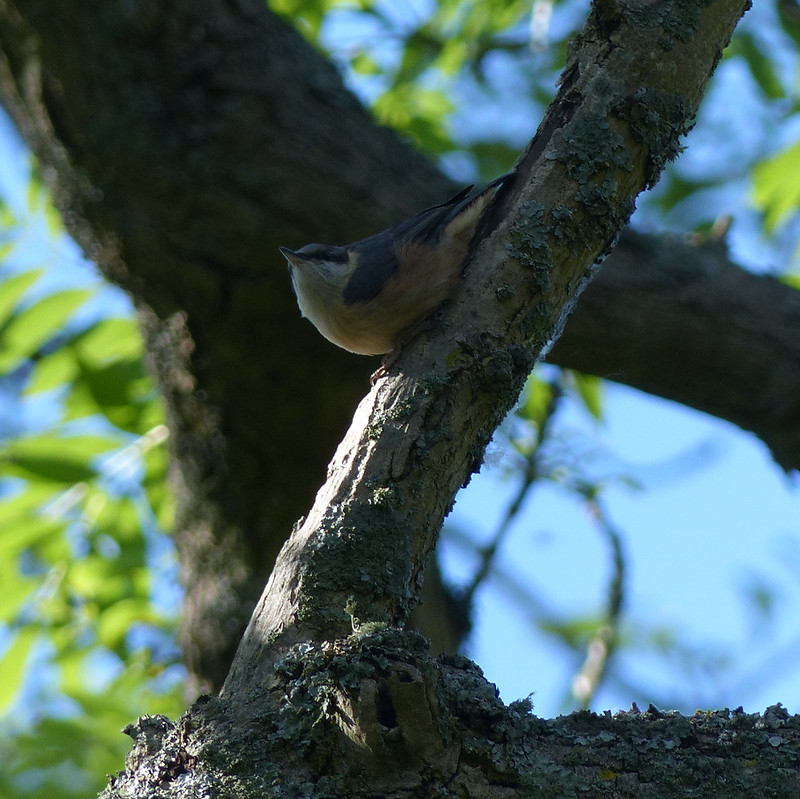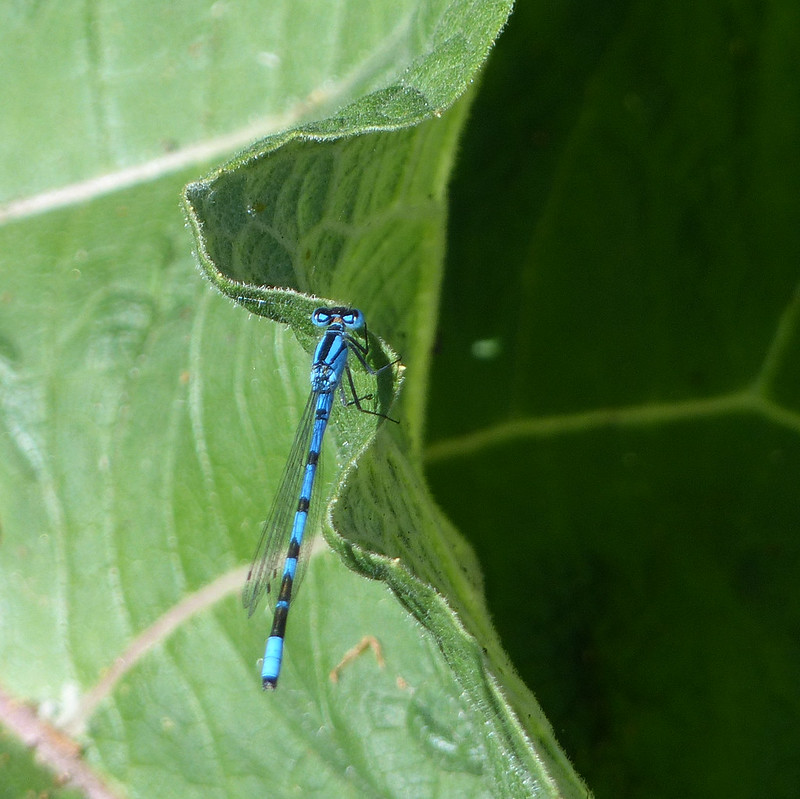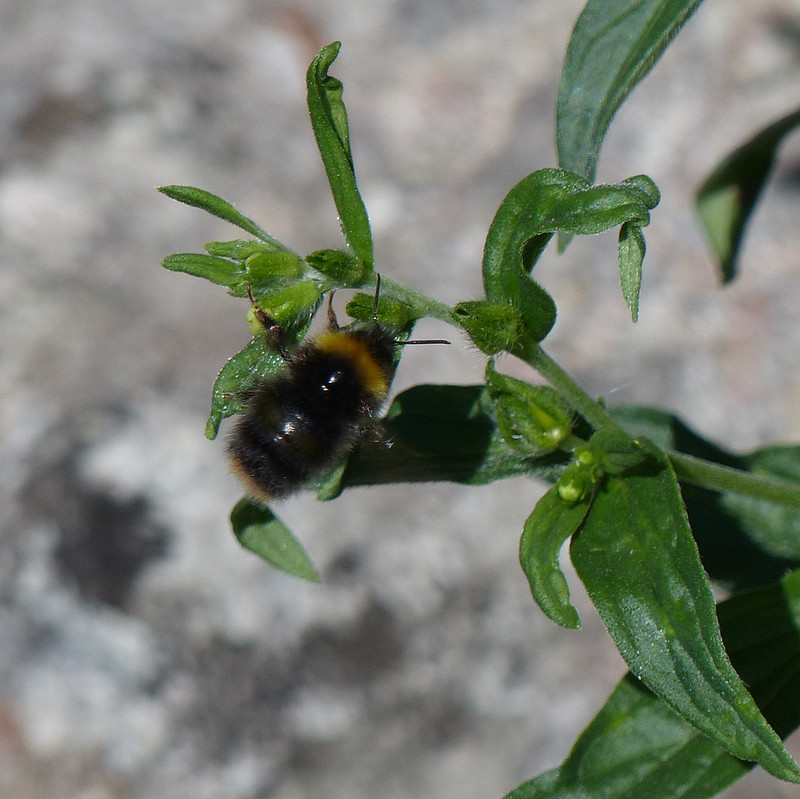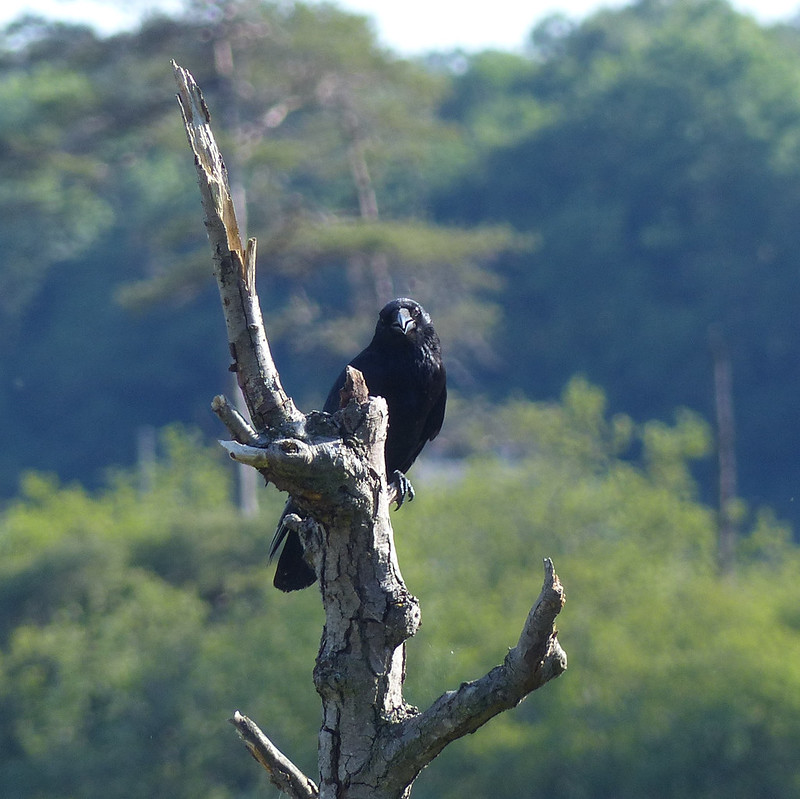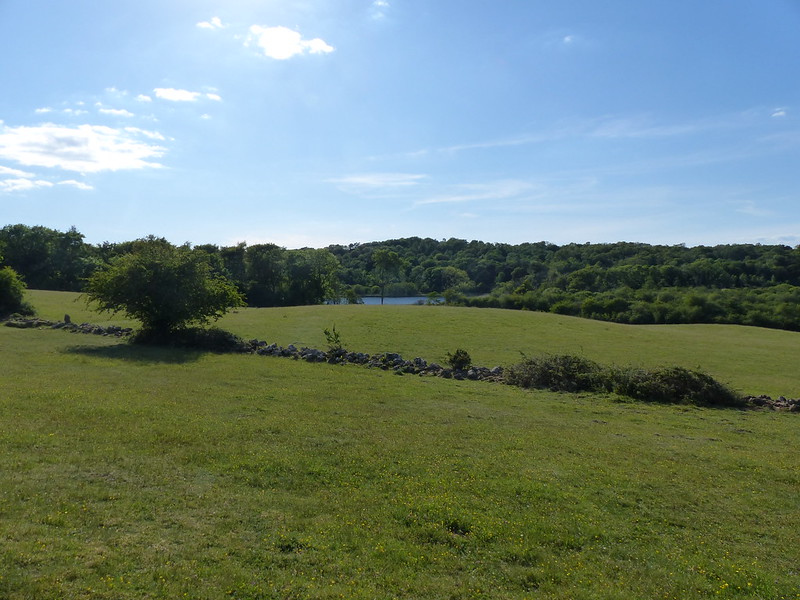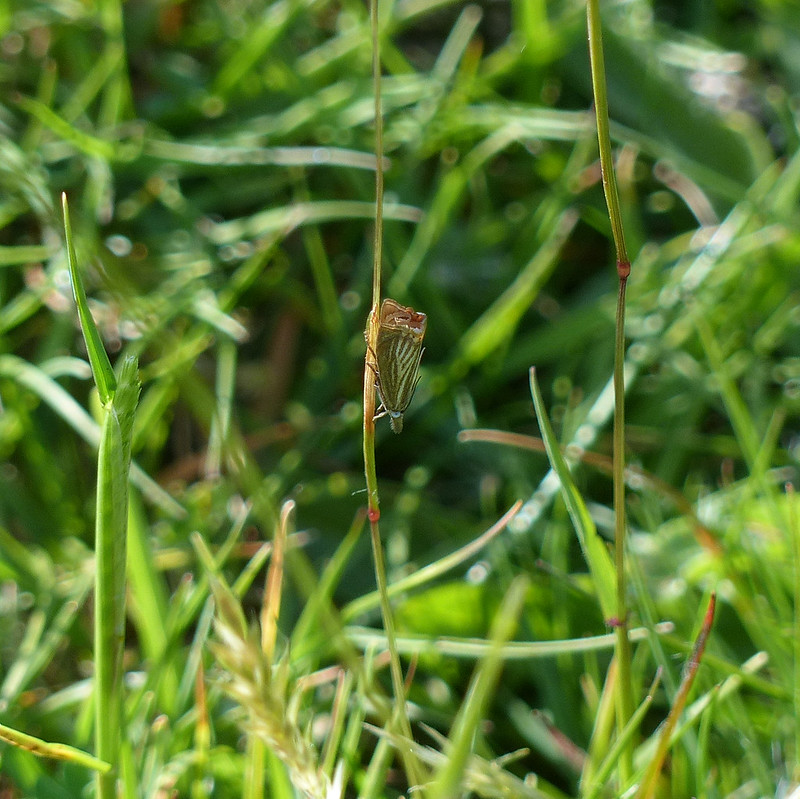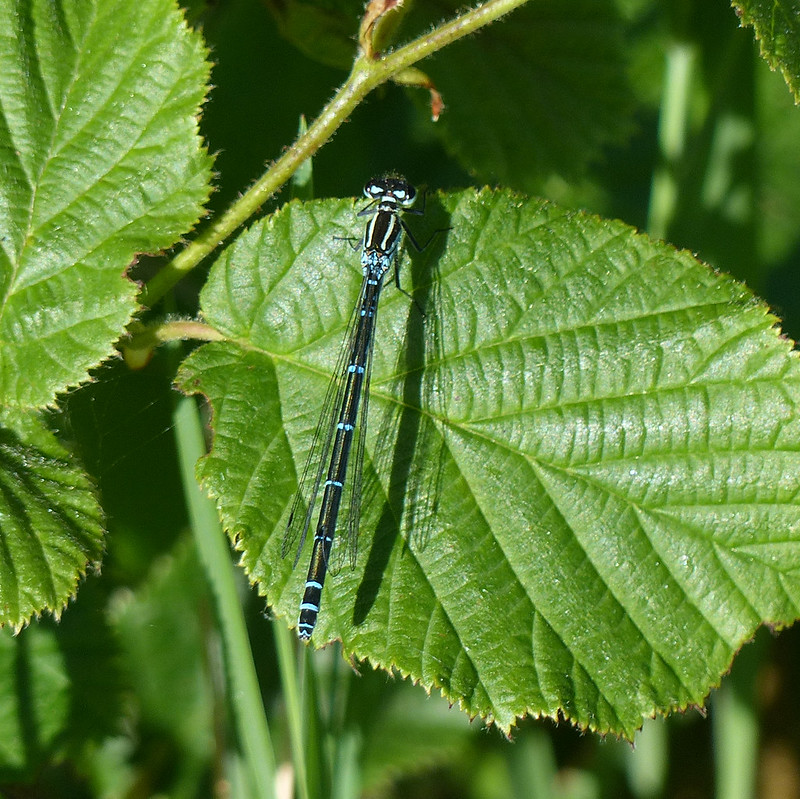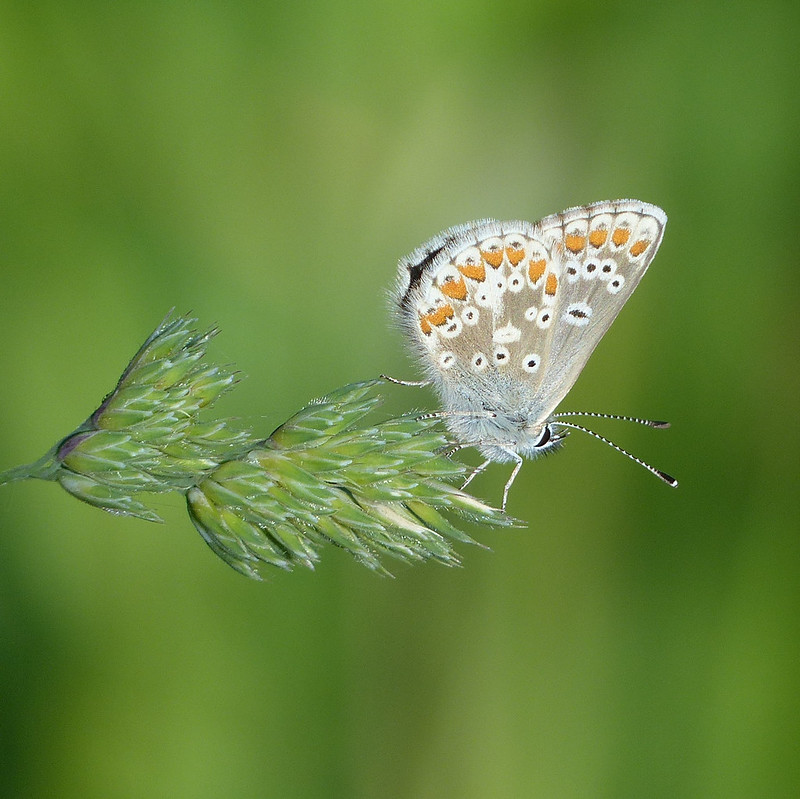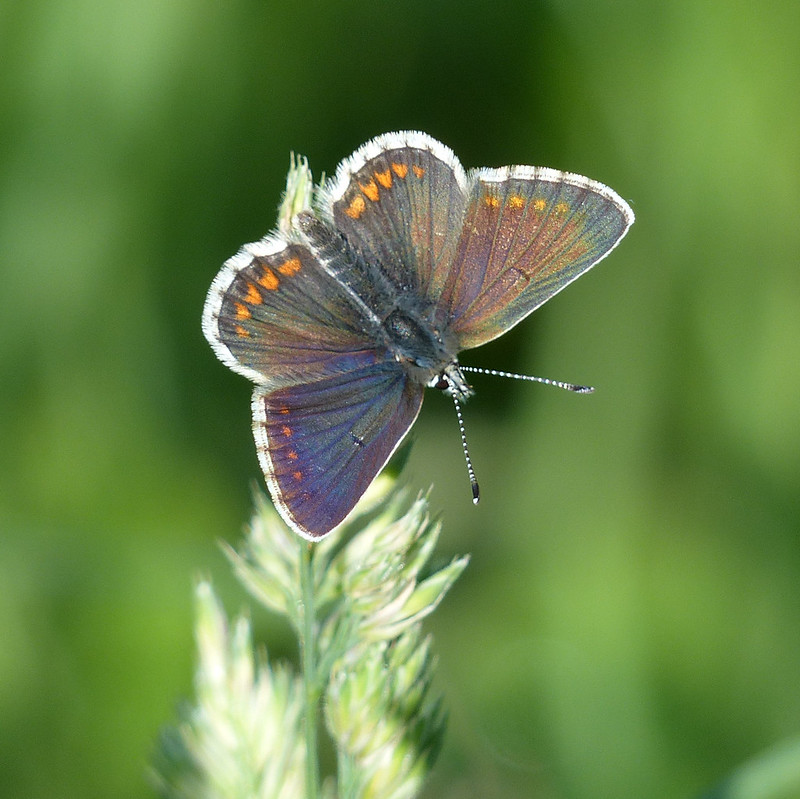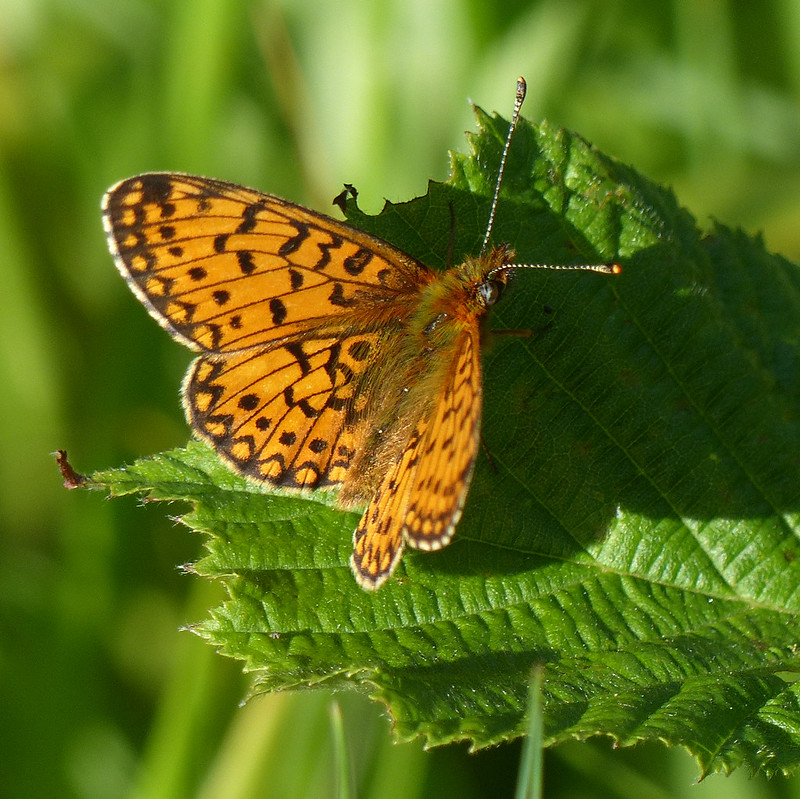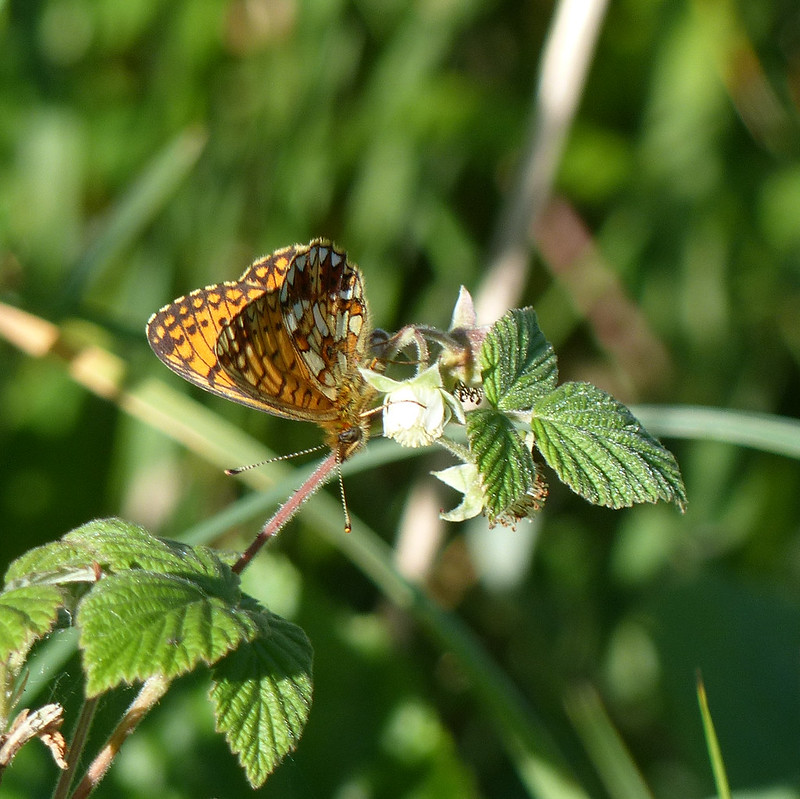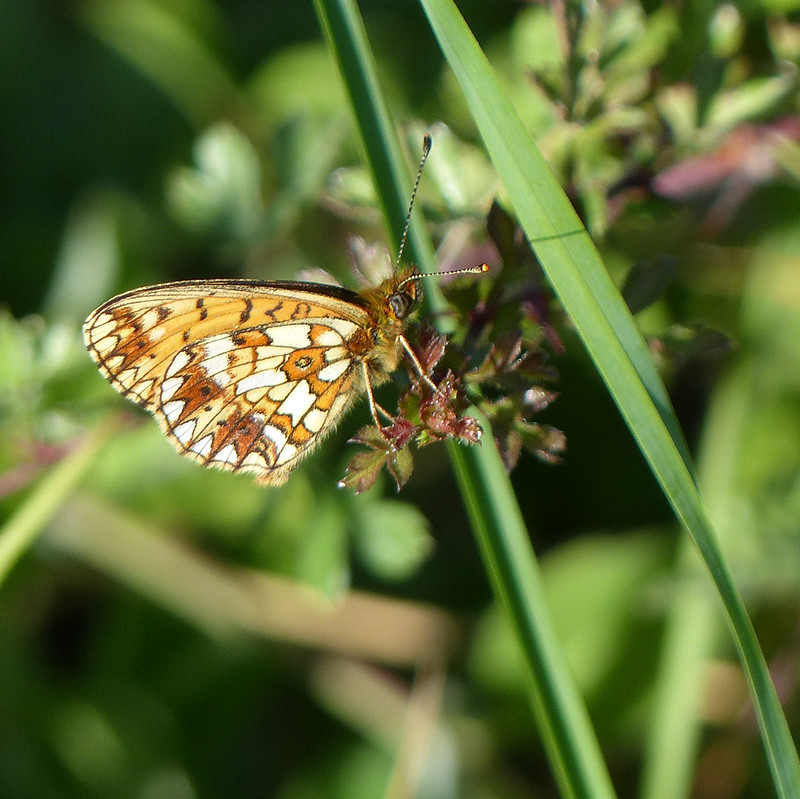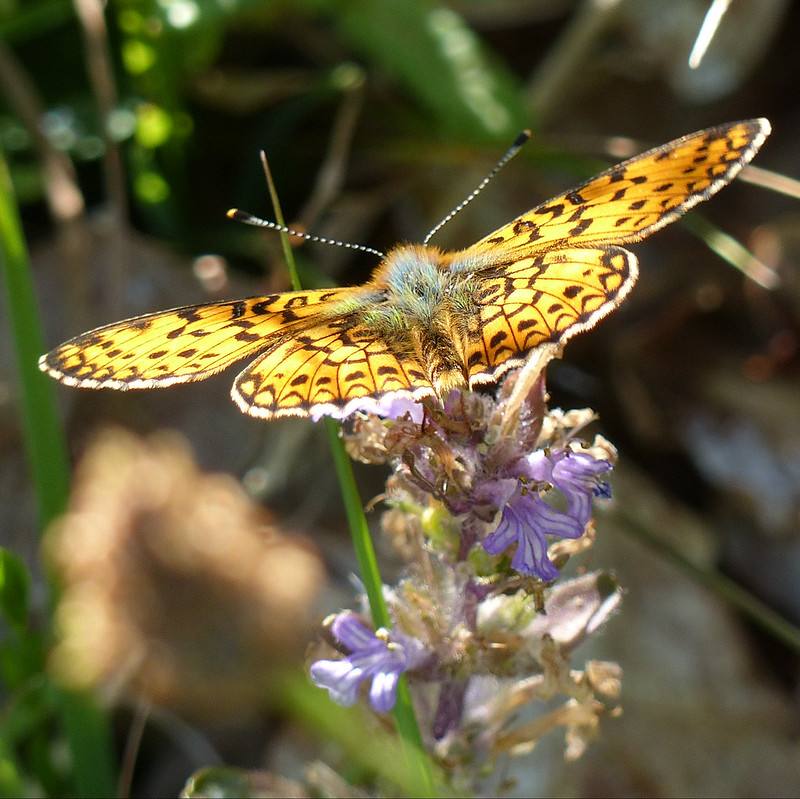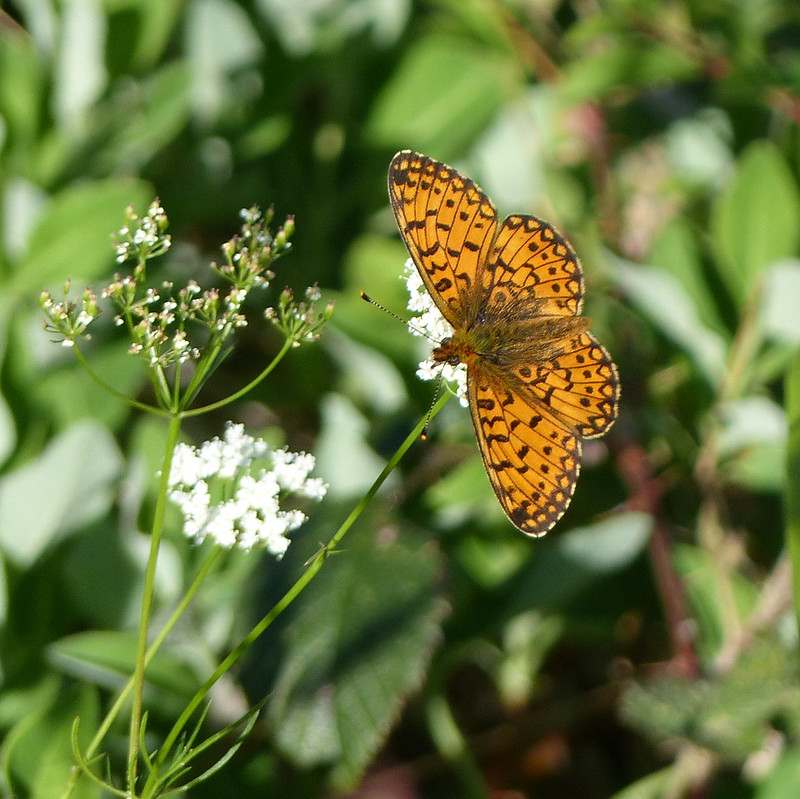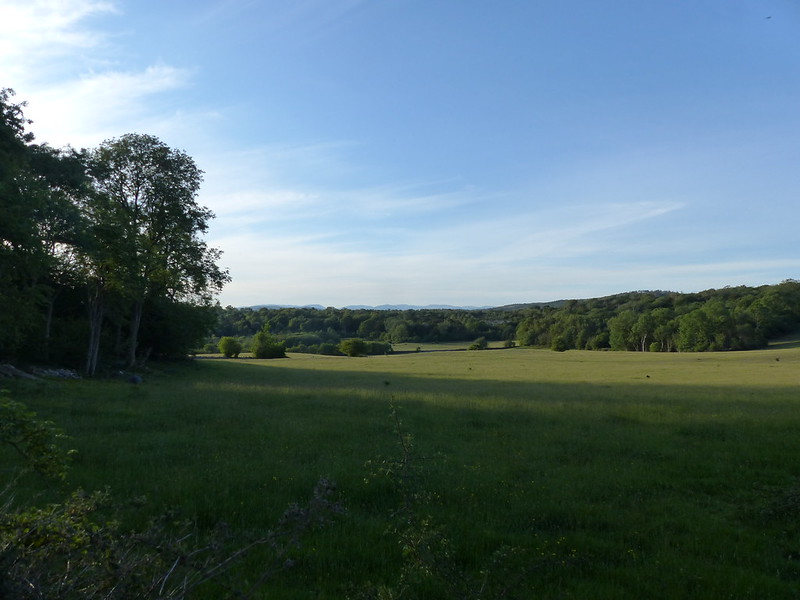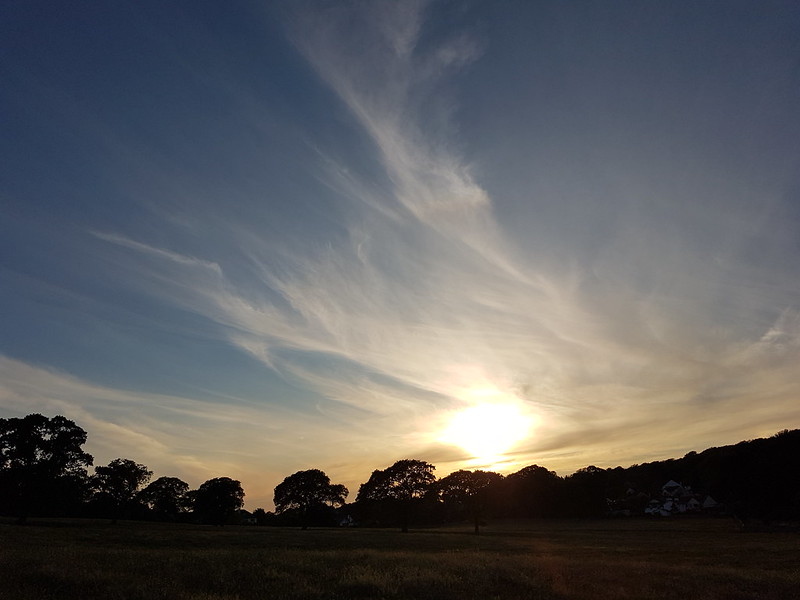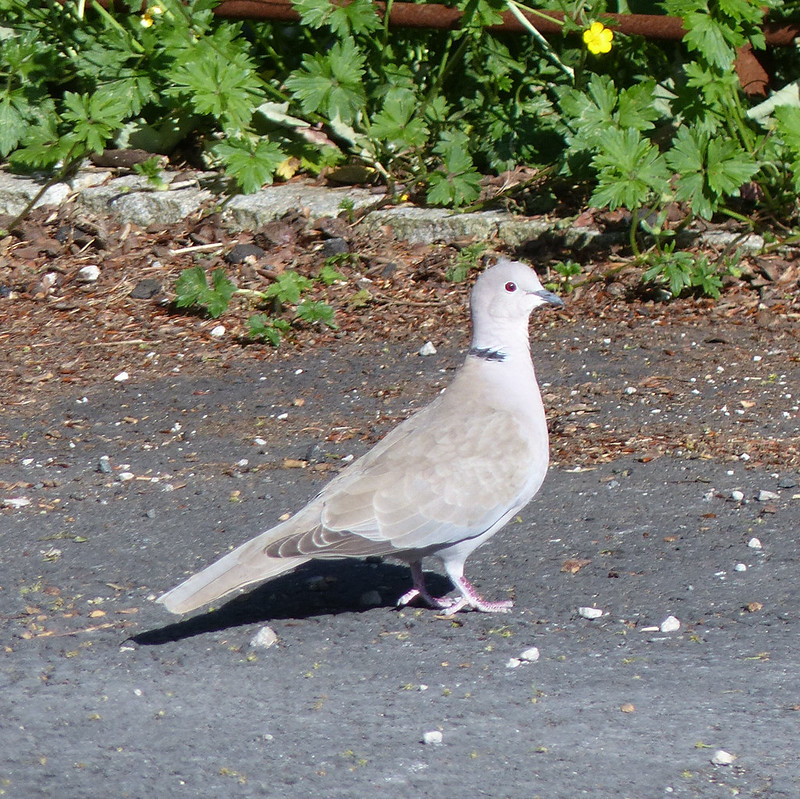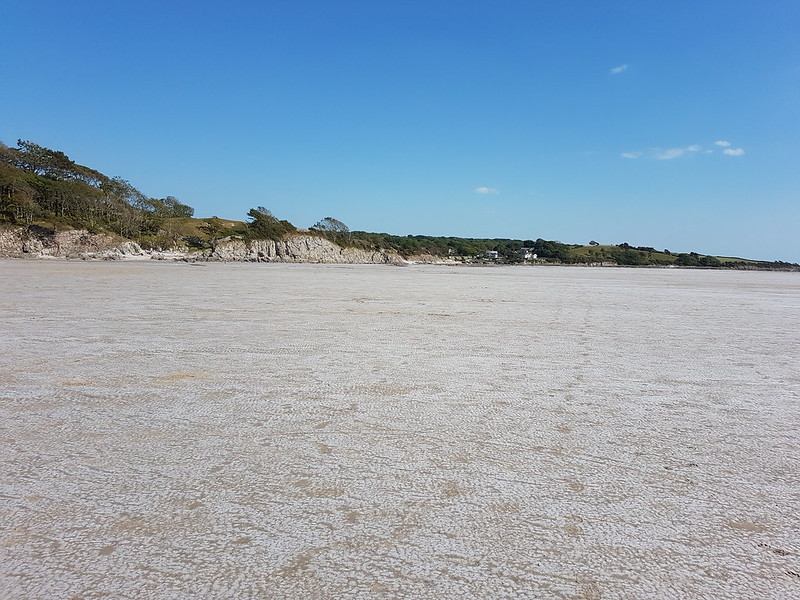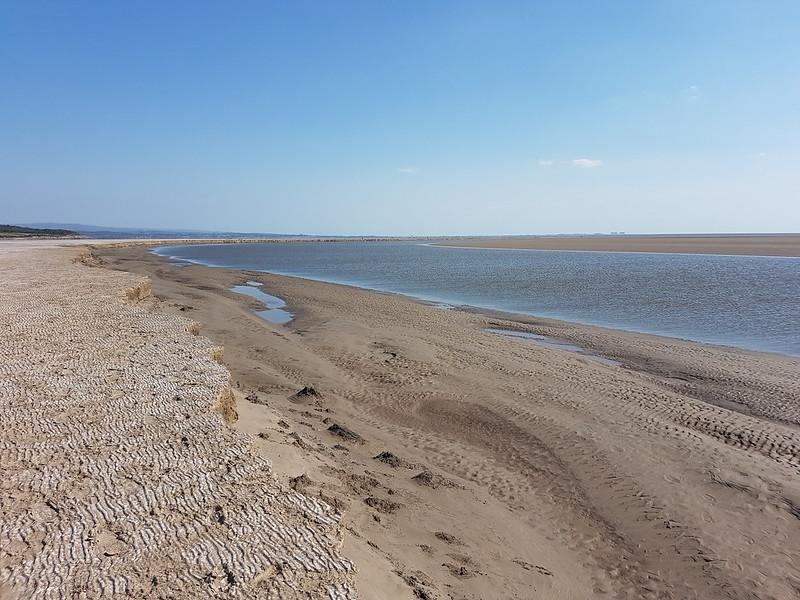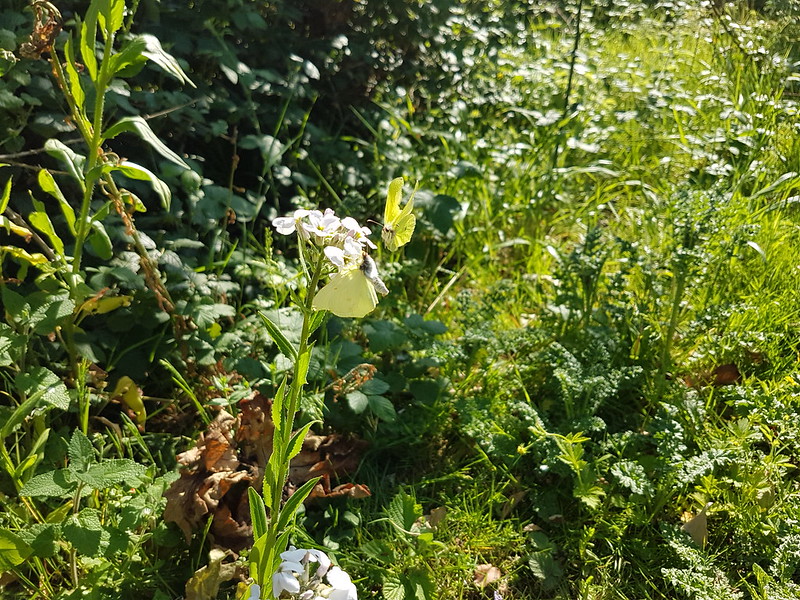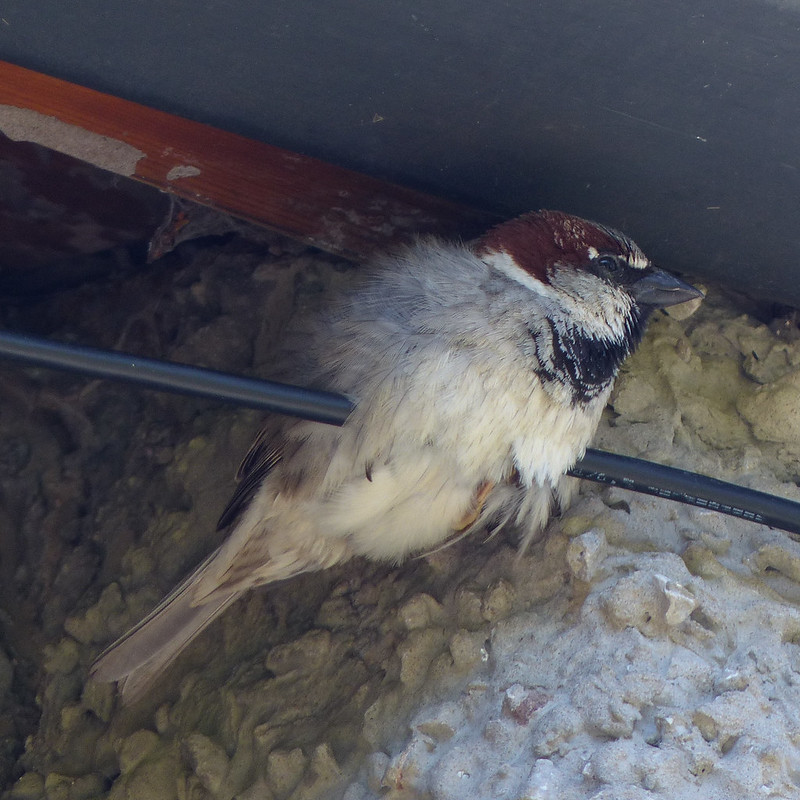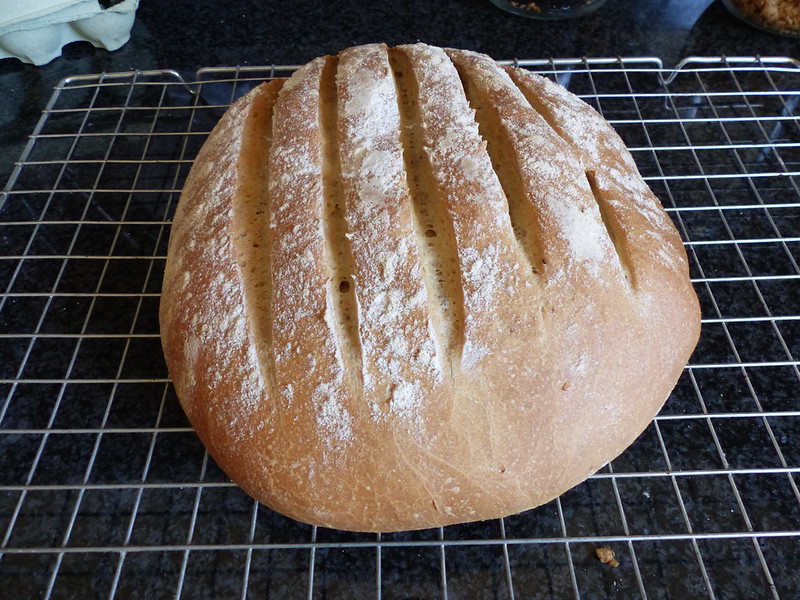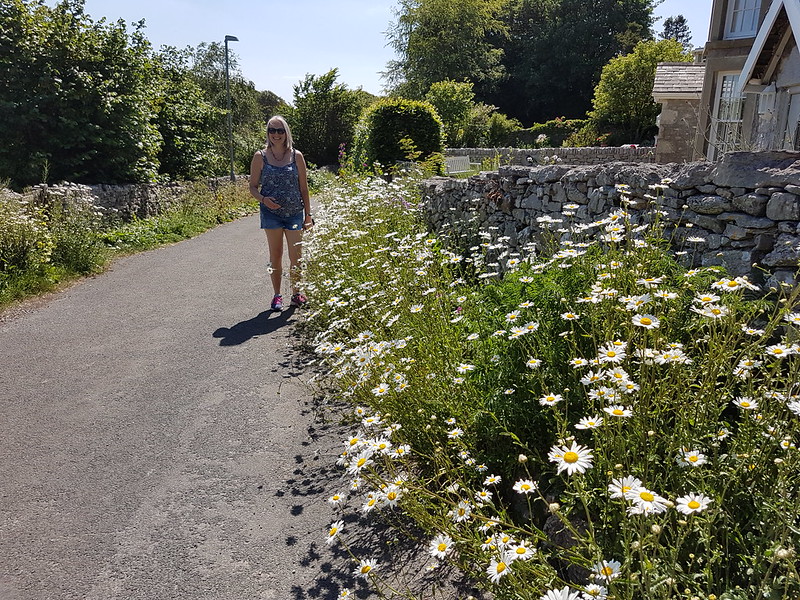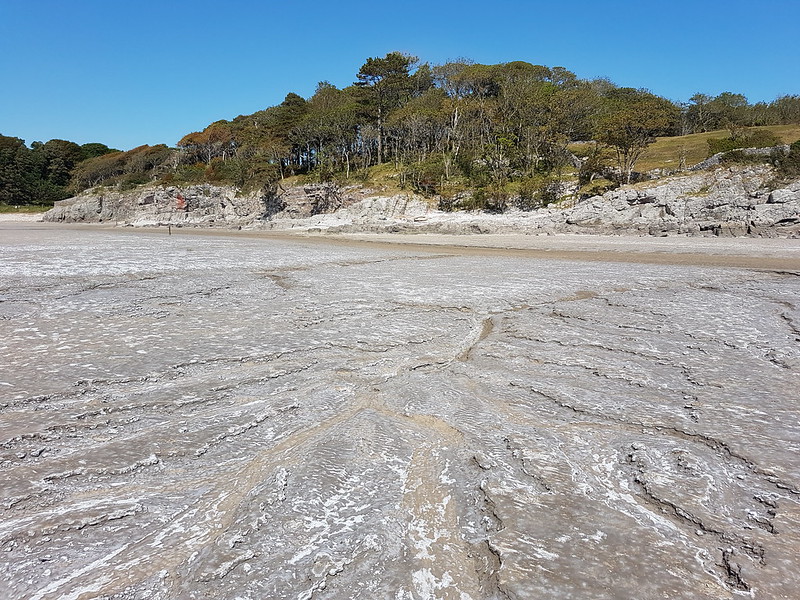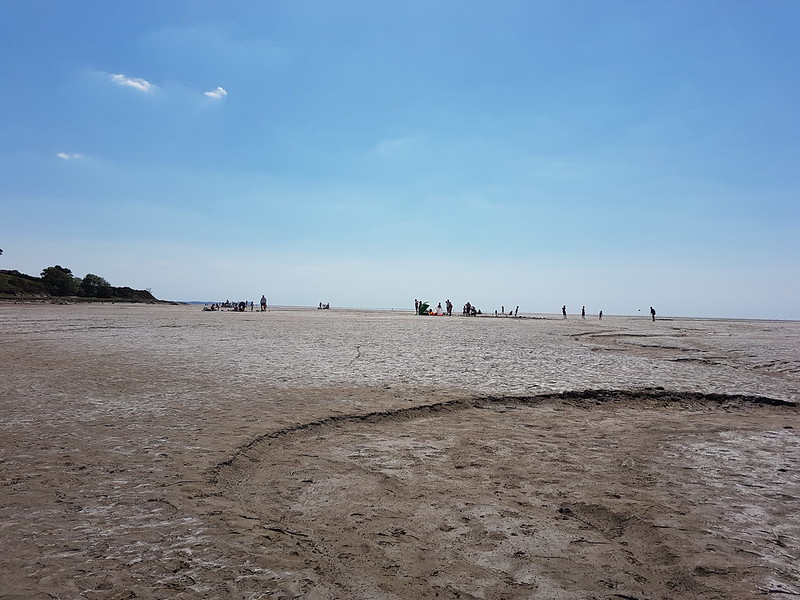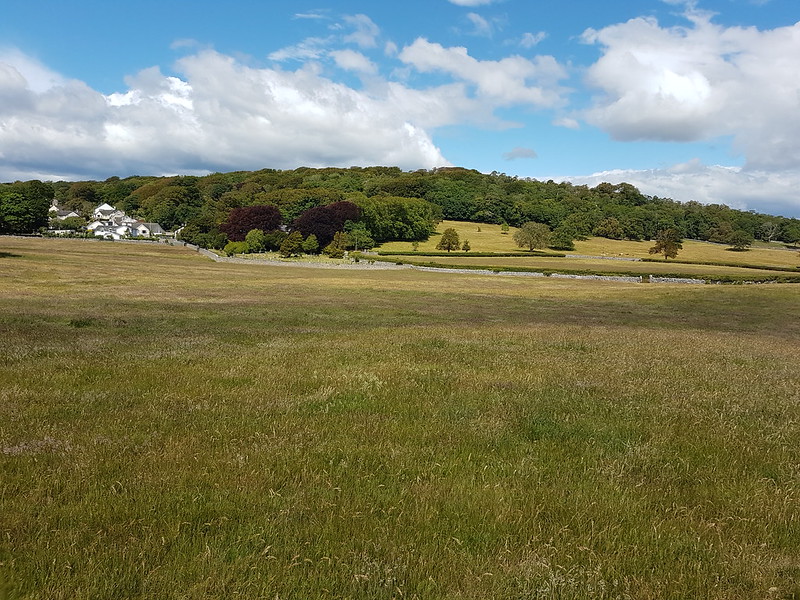
Eaves Wood
Well – that answers one question: the hay was yet to be cut. TBH had been making elderflower cordial, but wanted to try a new recipe (spoiler alert – it’s very nice) and asked if I could bring back 40 heads of elderflower. No problem, I said, there’s loads at Gait Barrows.
I took a circuitous route to Gait Barrows – calling in first at Lambert’s Meadow, Myer’s Allotment and Trowbarrow Quarry.

I can’t identify this tiny fly, but I was quite taken by its orange speckled wings.
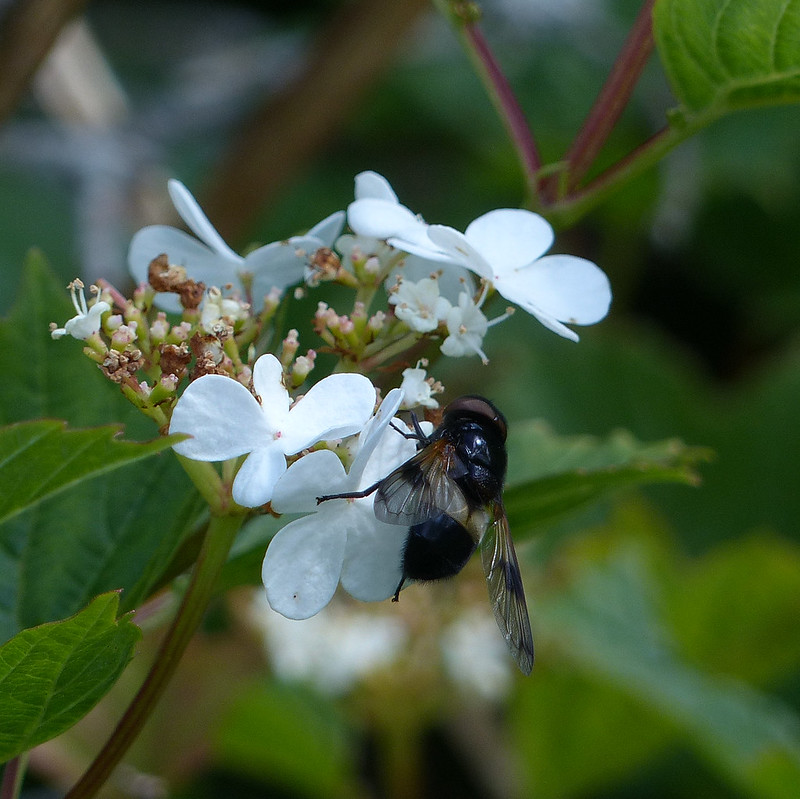
Volucella pellucens – a striking hoverfly, the larvae of which live in wasps nests as scavengers. Even wasps get pestered in their homes: a comforting thought somehow.
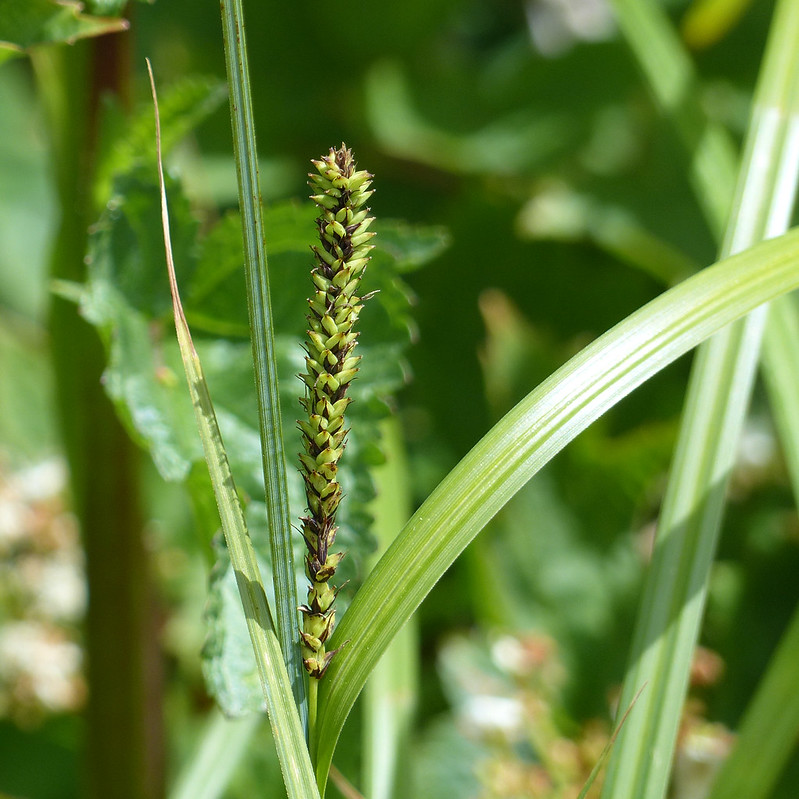
I’ve been thinking that I really must make more of an effort with grasses and the like, but now I’m looking at a page of sedges which look, to my untutored eye, practically identical. This is one of them, I think, maybe Glaucous Sedge? This is the female spike – pretty striking I thought.

Another sedge perhaps, maybe one of the many yellow sedges?
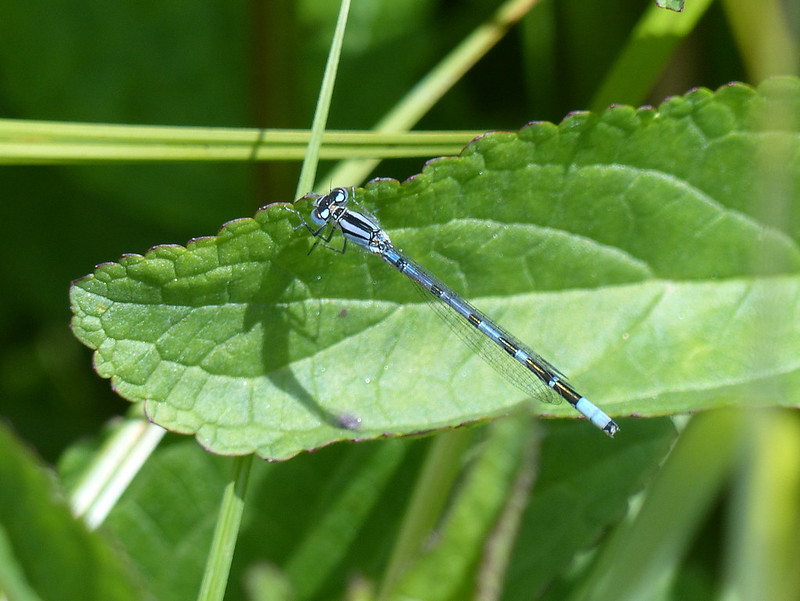
Azure damselfly.

Another hoverfly.

I thought taking photos of our wild roses might likewise encourage me to begin trying to distinguish between them, but I clearly need to make notes about the leaves and the thorns and the colour of the stems and I’m probably too lazy to do that. Having said that, since Dog Roses are usually pink, I shall assume that this is a Field Rose.
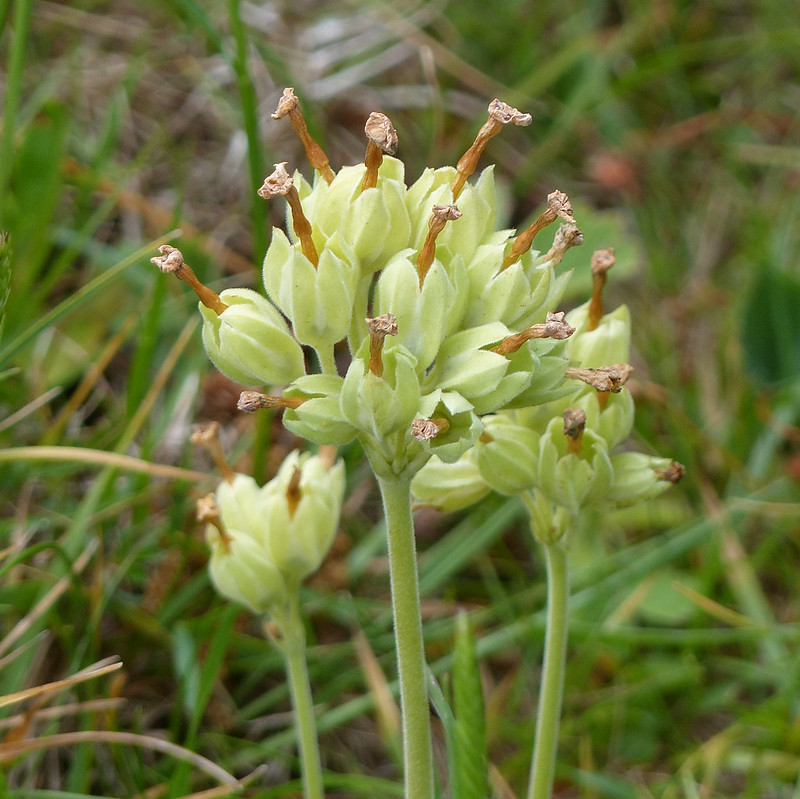
A cowslip which has gone to seed.
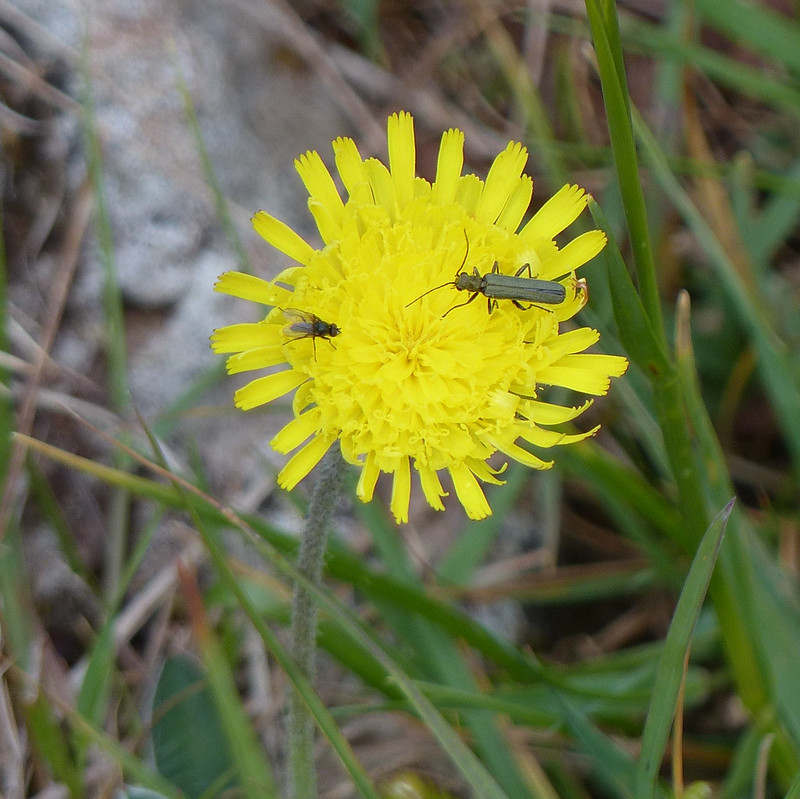
Oedemera lurida – the larger green insect on the right.
The flower here is one of those yellow daisies over which I have so much difficulty. I’ve been reading, and enjoying, ‘Chasing The Ghost’ by Peter Marren. It’s subtitled ‘My search for all the wild flowers of Britain’. Except, it turns out that actually it’s his search for the last fifty species he hasn’t seen. Excluding all of the ‘casuals’ – non-native plants which have self-seeded from a garden, or from bird-food or somesuch. And he isn’t going to try to see the many sub-species of dog-rose or whitebeam because they are too numerous and too troublesome to tell apart. Likewise the hawkweeds, of which, apparently, 415 subspecies have been identified. So far. Peter Marren is a Proper Botanist, and he needs expert help. Another comforting thought.
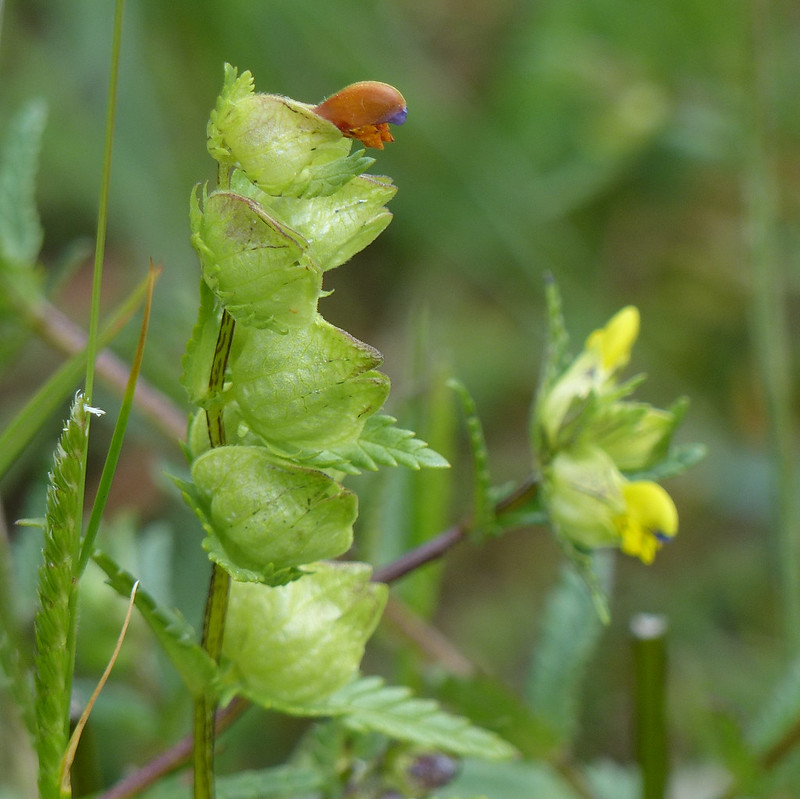
Yellow Rattle – gone to seed and now showing the ‘rattles’ – the pods in which the seeds literally do rattle.
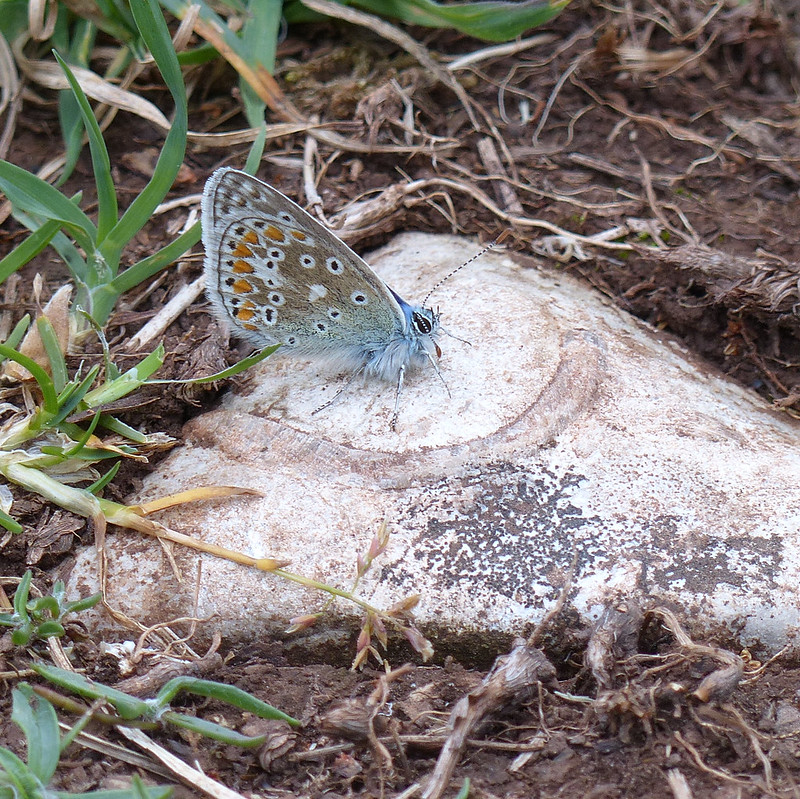
Common Blue butterfly.
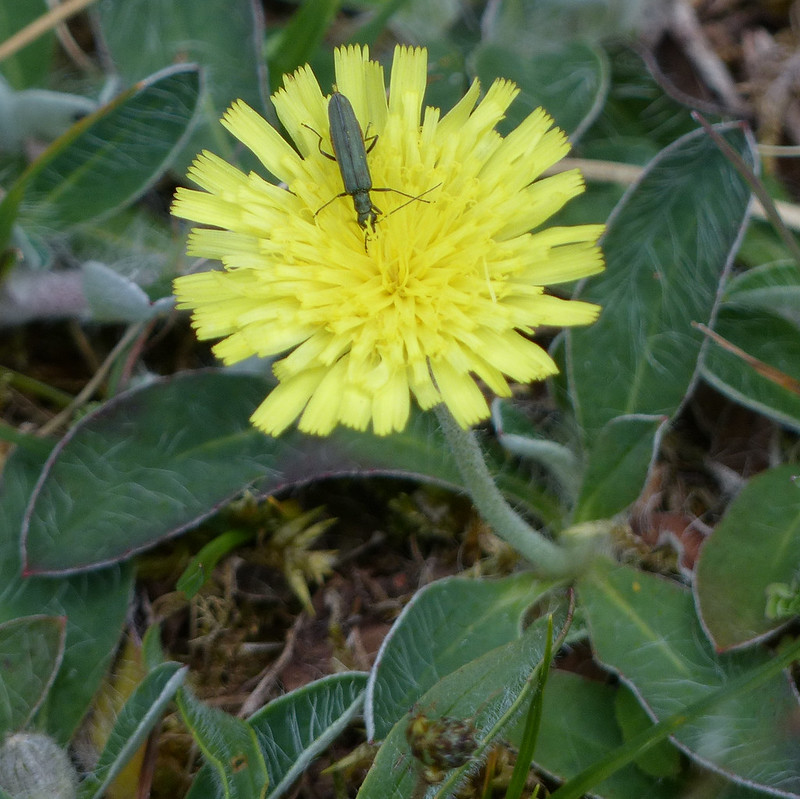
Oedemera lurida again, this time on Mouse-ear-hawkweed, a yellow daisy which has the decency to be easy to identify.
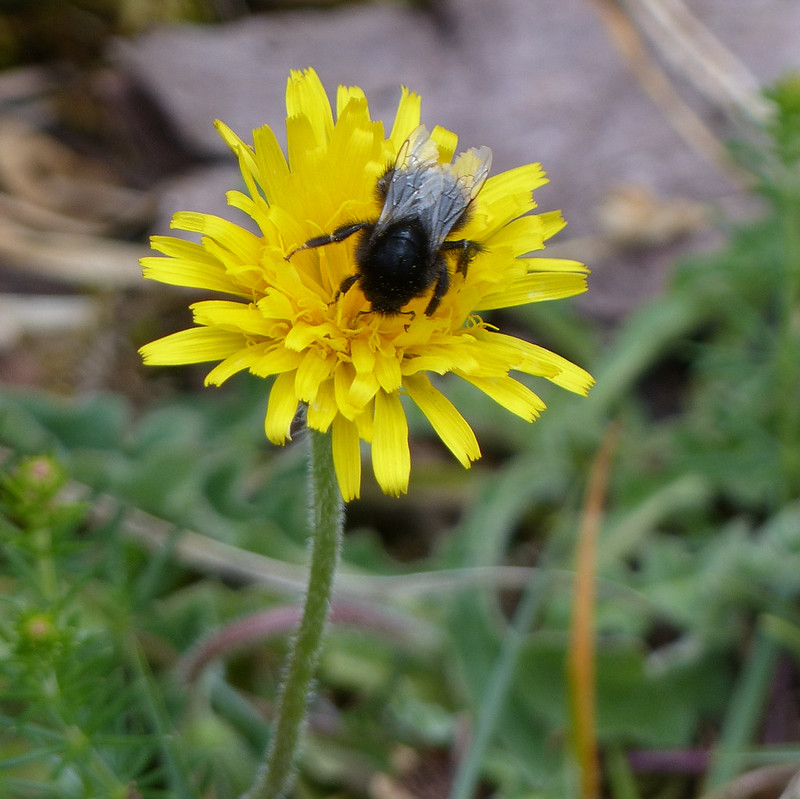
Unidentified (solitary?) bee on unidentified flower.
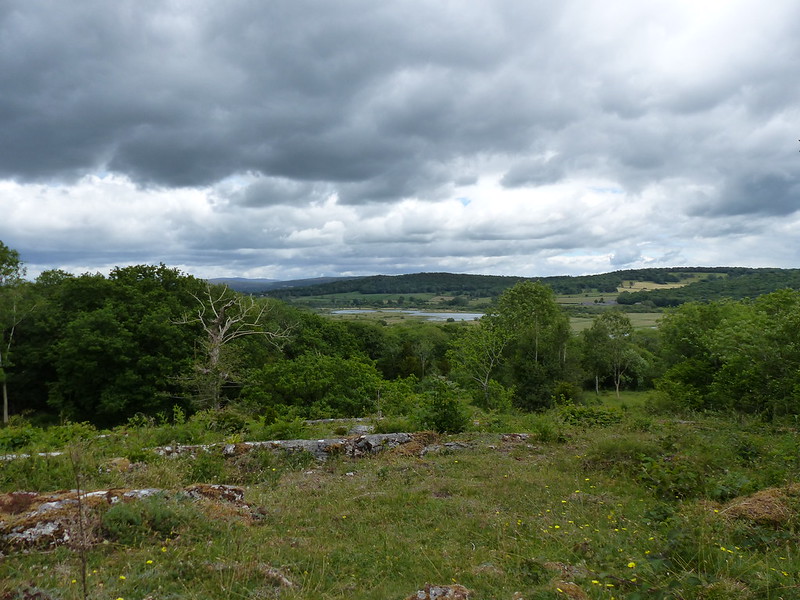
The view from the bench at Myer’s Allotment over the meres of Leighton Moss.
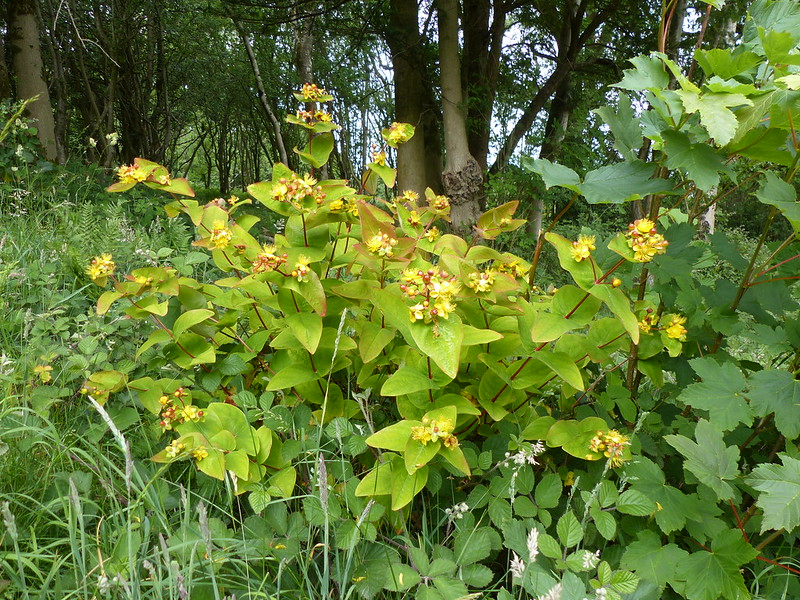
Tutsan.

Tutsan, from the French toute-saine meaning all healthy. Herbalists laid the leaves over wounds and apparently it does have antiseptic properties. Tutsan has a reputation for inducing chastity: allegedly, men should drink infusions made from the plant, and women should spread twigs below their beds.

The leaves, when dried, are reputed to smell like ambergris and so it is also called Sweet Amber. Ambergris, known in China as ‘dragon’s spittle fragrance’, is a solid, waxy, flammable substance of a dull grey or blackish colour produced in the digestive system of and regurgitated or excreted by sperm whales. I remember a dog-walker found some on Morecambe beach year or two ago and sold it for thousands; tens-of-thousands even. It must be true, I read it in a tabloid.
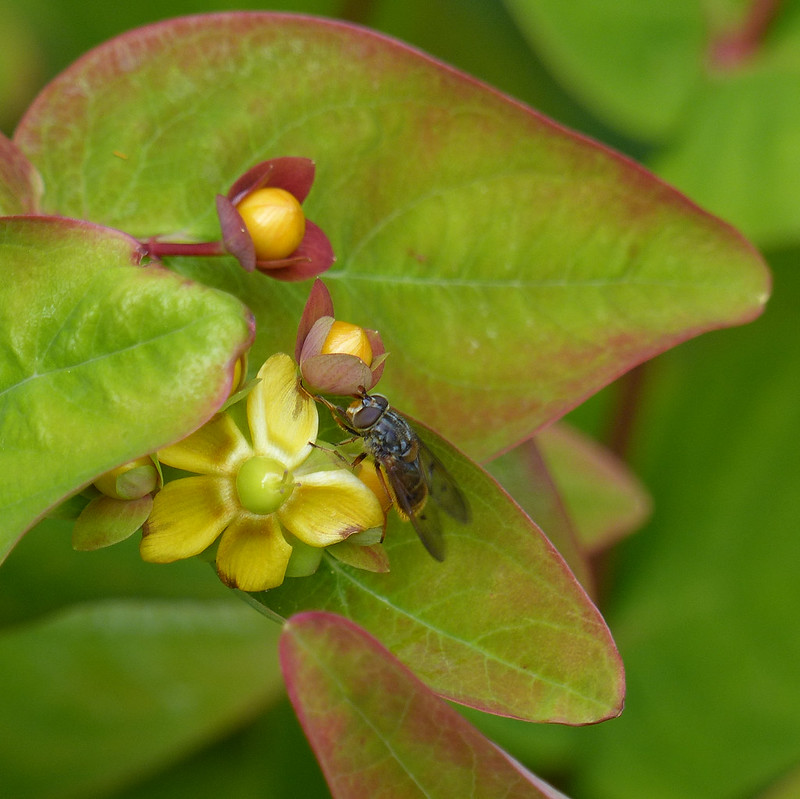
We have quite a bit of it in our garden. Tutsan that is, not ambergris. It’s a weed I suppose, but a beautiful plant which is interesting year round; the berries go from yellow through red to black. It seems that hoverflies like it just as much as I do!
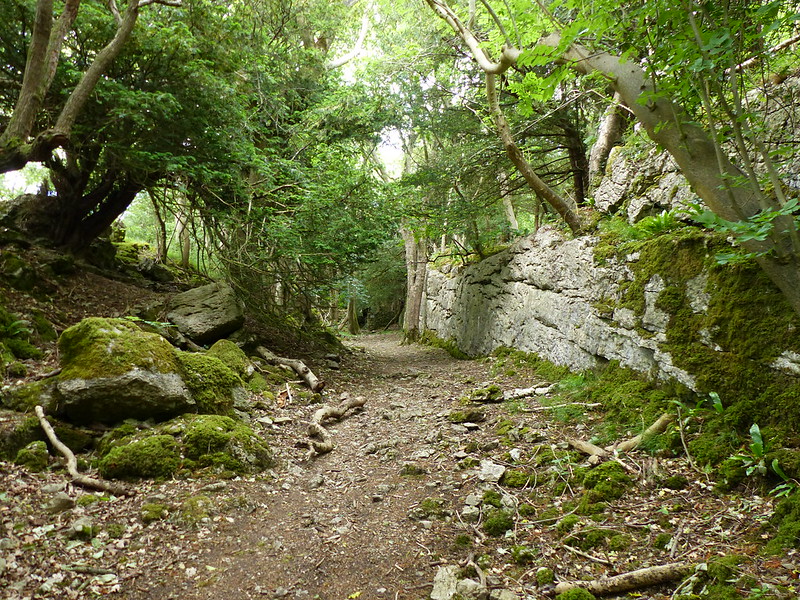
The Trough.
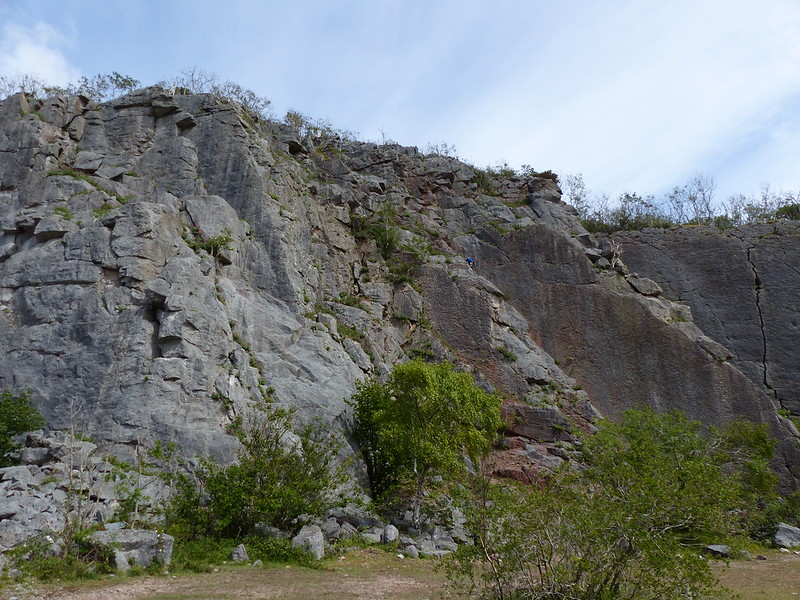
Trowbarrow quarry – there were quite a few people climbing.
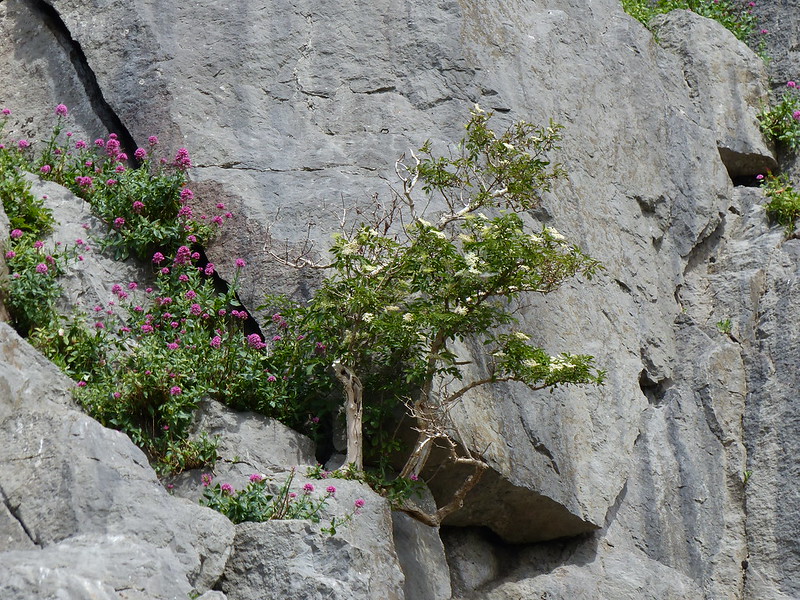
Maybe I should have asked them to fetch me down some elderflowers?

I couldn’t resist another visit to the Bee Orchids…

…to try to catch them whilst the sun was shining on them…
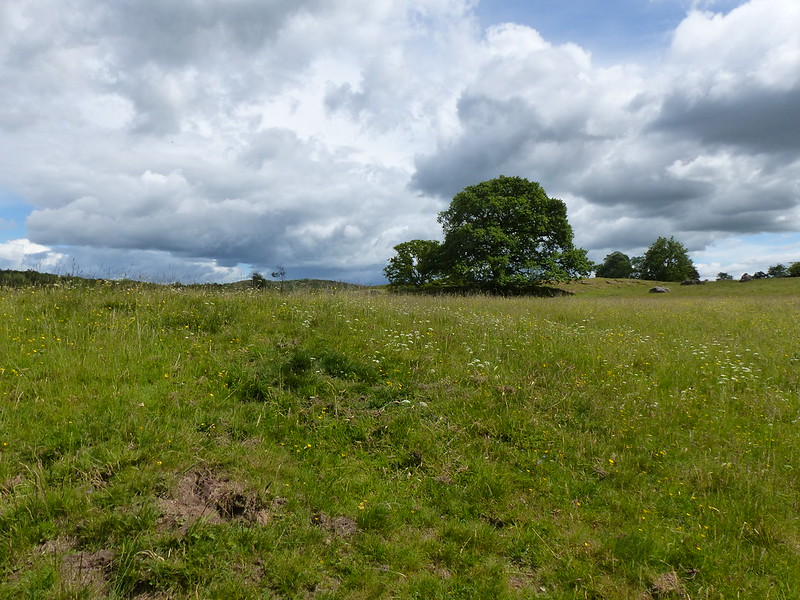
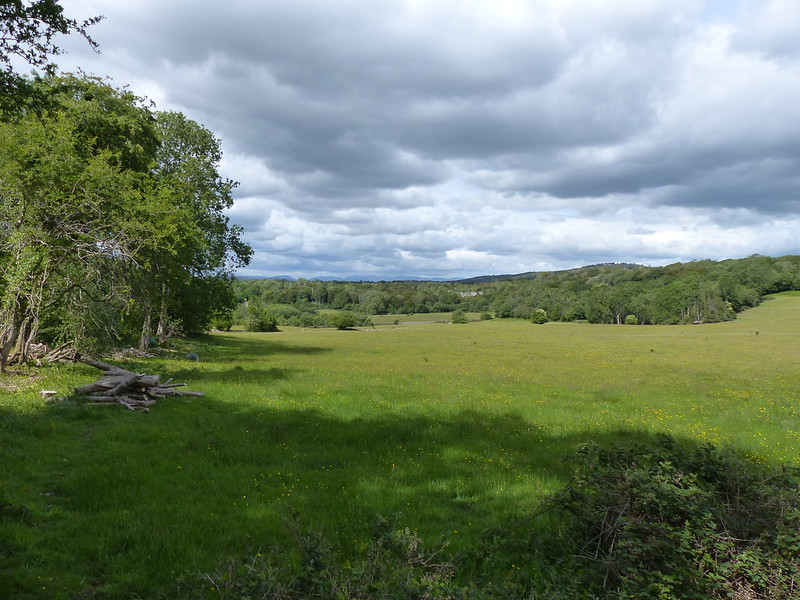
A Gait Barrows view.

An unusually tall and prolifically flowered Elder. Most of the flowers would have been out of reach, but I didn’t even try, so confident was I that I knew of a plentiful supply of Elder up on the limestone pavement.
There were plenty of other distractions in the grykes up on the pavement. For instance, now that it has just about finished flowering, I spotted several more patches of Angular Solomon’s-seal…

Tutsan grows in the grykes too, but the red leaves are a sign that it is not exactly flourishing, presumably with little soil or water to thrive on.

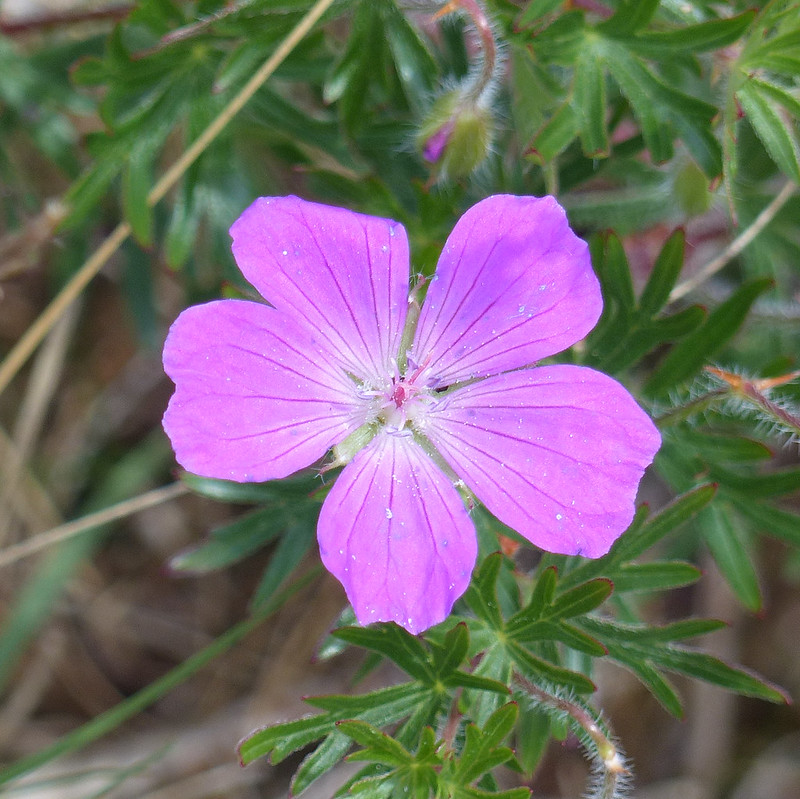
Bloody crane’s-bill.

Eye bright.

Field Rose?
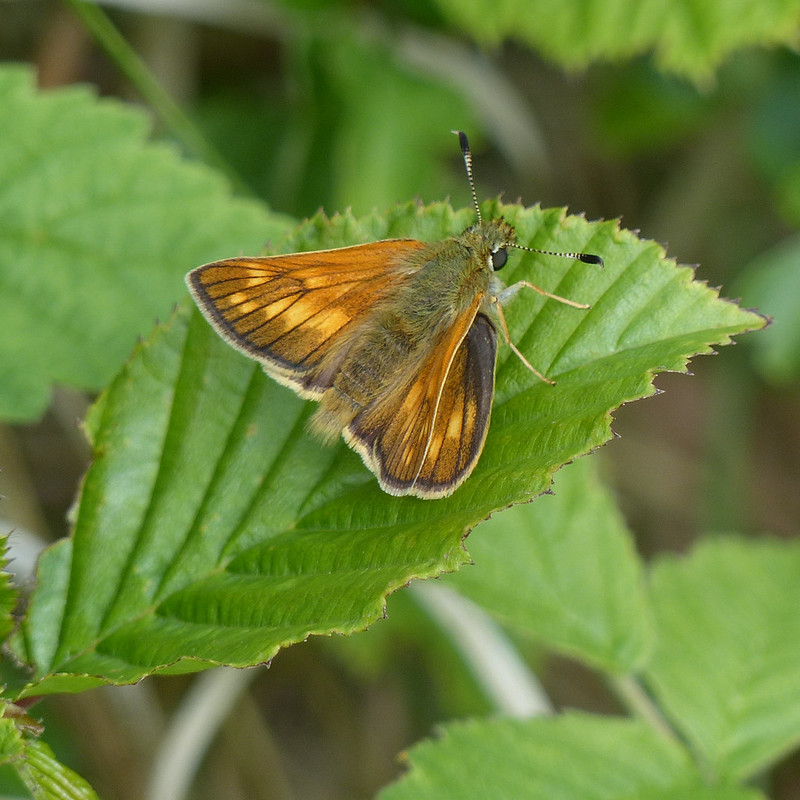
Female Large Skipper. (Large compared to a Small Skipper, but still quite diminutive).
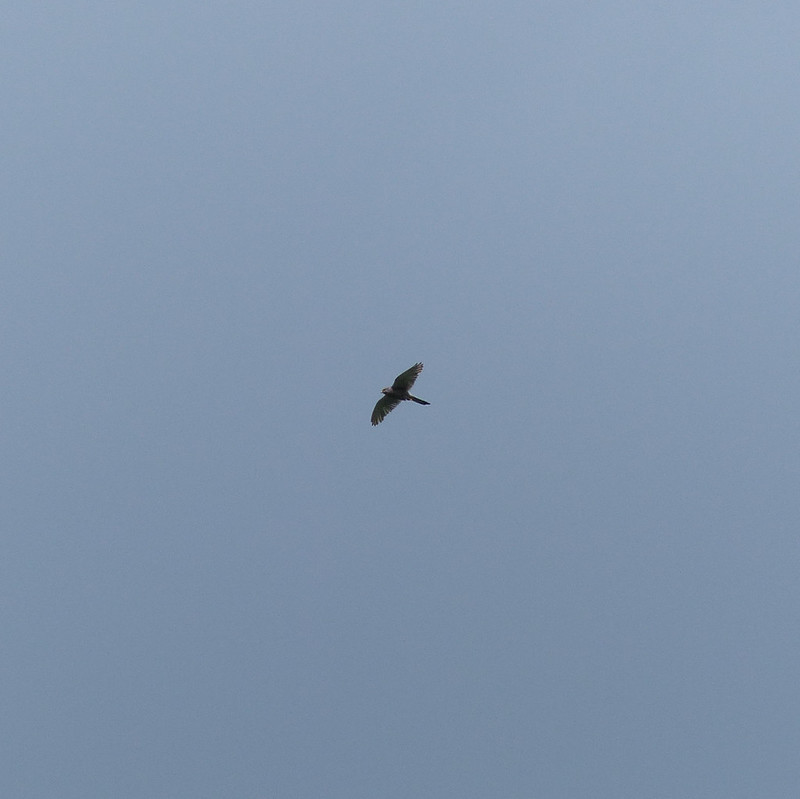
I watched this bird circling far overhead. Everything about it – size, shape, the way it flew – convinced me that it was a raptor, but if it was I now can’t pin it down to any particular species. I thought it might be another Peregrine, but I can’t see any sign of the moustaches a grey, male Peregrine might show in any of my, admittedly rather poor, photos.

When I arrived at the spot where I was convinced I would find an abundance of elderflower, I found two stunted shrubs growing from grykes – each with a handful of unopened flowers, neither use nor ornament for making cordial I assumed.
I eventually found another area of pavement, with a handful of small specimens, which did have almost enough flowers for our purposes.
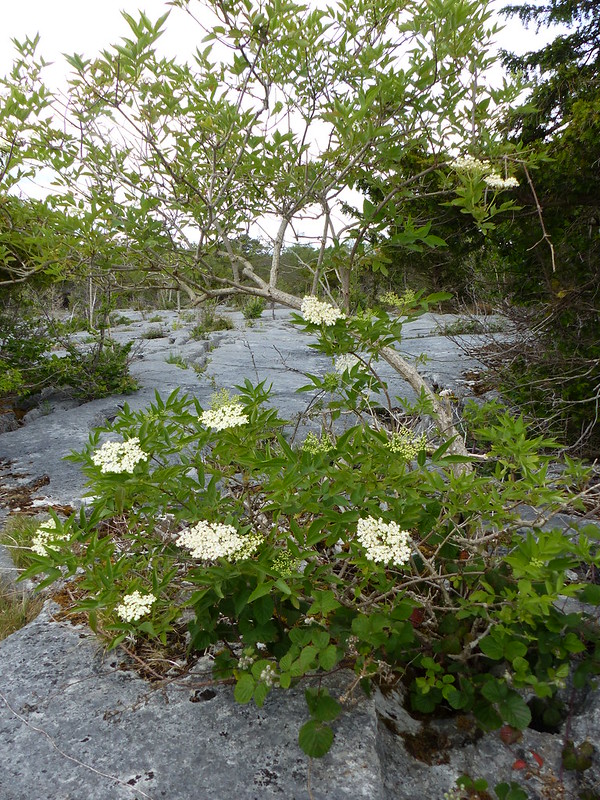

With those stowed away in my rucksack, I headed home via Hawes Water. On the disturbed ground there, after last year’s work, there were several tall Mullein plants growing…
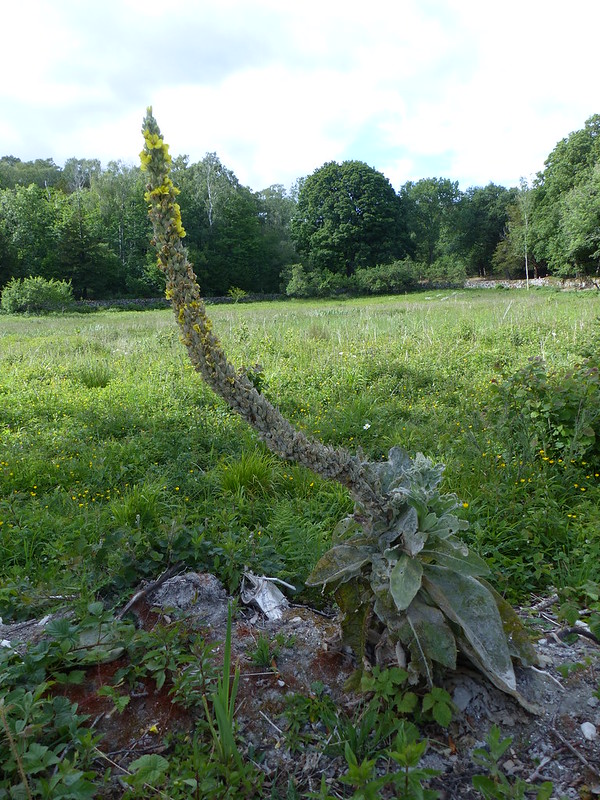

I had to have a closer look because the leaves often have interesting residents. This isn’t what I was expecting however…
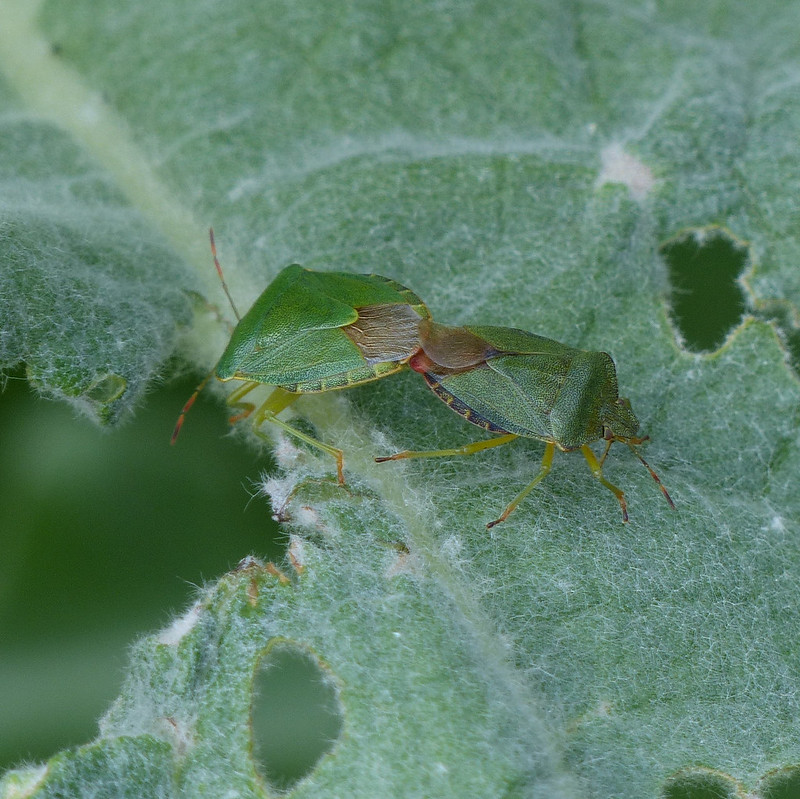
A pair of mating Green Shield Bugs!
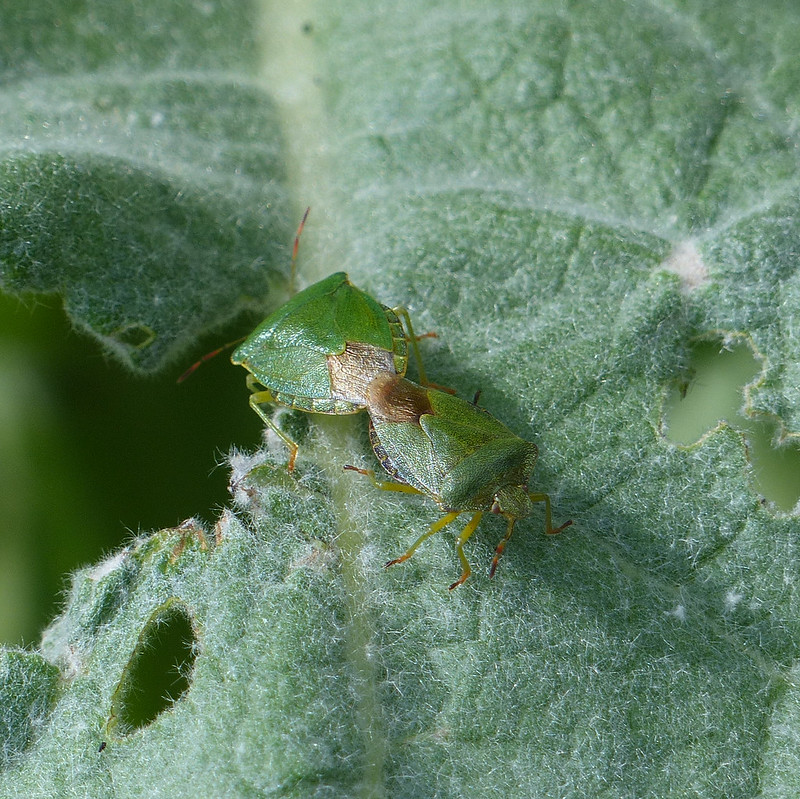
Green Shield Bugs live on the sap of a variety of plants. I didn’t realise that they used to be confined to the south of the country, but have been progressing steadily northward with climate change.
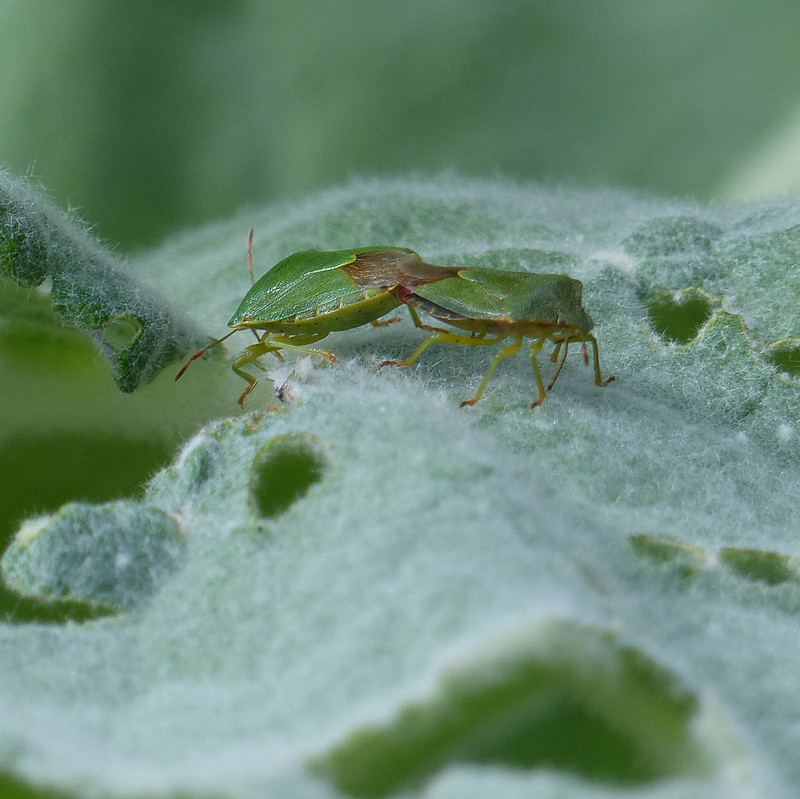
Best not to pick up Shield Bugs since they can release a noxious smelly liquid, giving them their alternative name of ‘Stink Bugs’.
Incidentally, I picked up my copy of ‘Bugs Britannica’ to see what it had to say about Shield Bugs and discovered that it was co-written by Richard Mabey and Peter Marren. I think mainly by Peter Marren, because I believe that was when Richard Mabey was suffering from the depression which he would go on to write about in ‘Nature Cure’.
Mr Marren is, it seems, a pan-lister, a phenomena which he discusses in ‘Chasing the Ghost’: pan-listers are spotters who are like twitchers on steroids – they have tick-lists for all living things larger than bacteria apparently – fungi, plants, insects, birds, slime-moulds, lichens, etc. Even in the UK that’s tens of thousands of species.
It occurred to me that I might fit into that bracket, except I’m much too lazy. I don’t keep lists and I only very rarely travel to see something in particular. Although, I’ve always enjoyed myself on the few occasions that I have done that – I’m thinking of the saxifrage on Pen-y-Ghent or the gentians in Teesdale.
Anyway, what I was actually on the look-out for were caterpillars of the Mullein Moth…
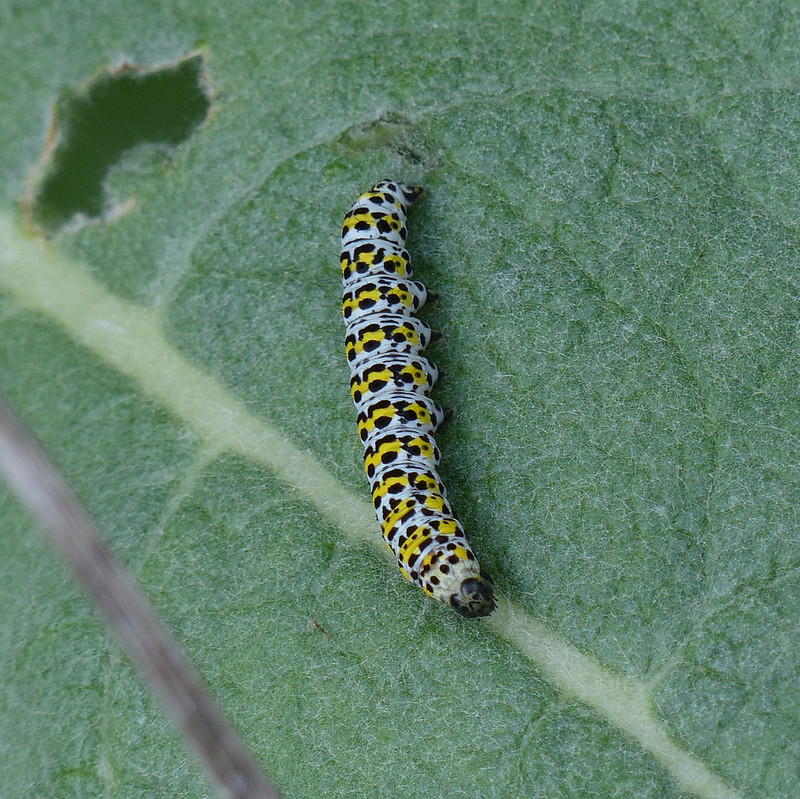
Once you get close, they are quite hard to miss!

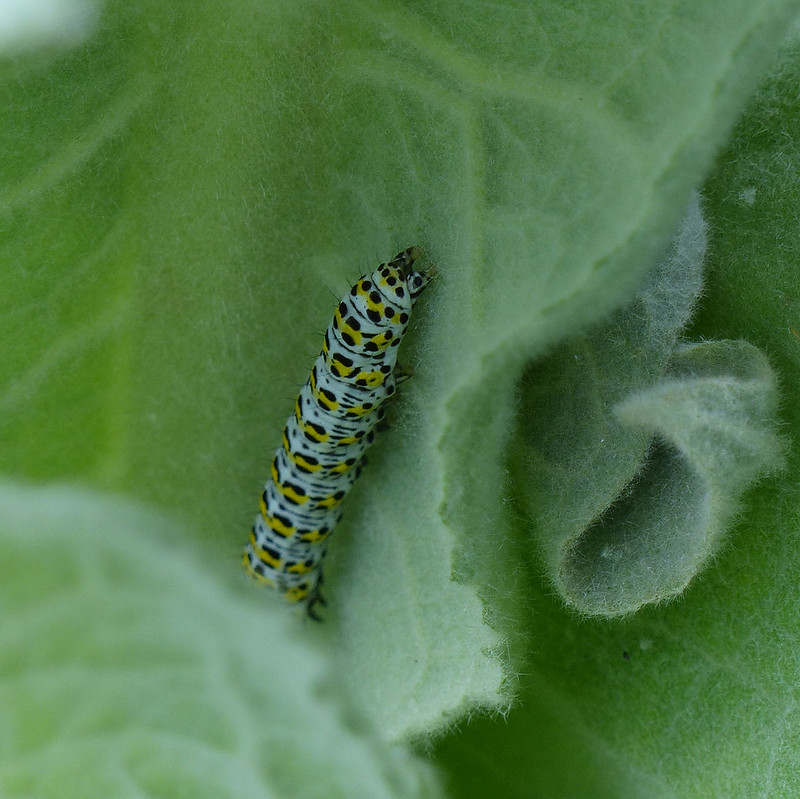
Years ago, when we lived on The Row, some Mullein appeared in our garden and, although I suppose they are weeds, they’re large and quite striking, so we left them to flower. Then the voracious caterpillars appeared and completely stripped the plants of leaves and flowers.
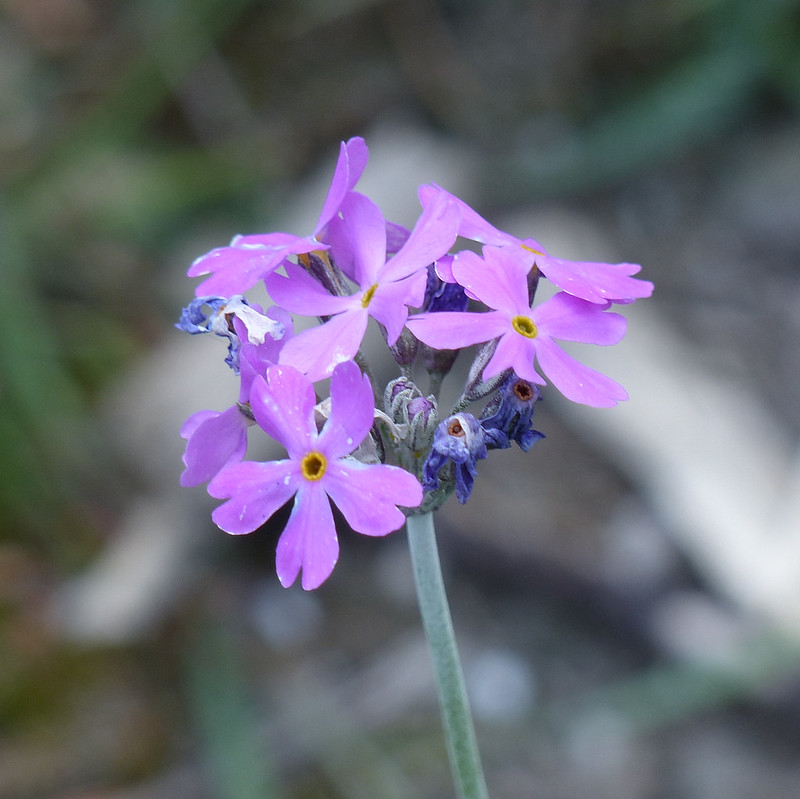
Bird’s-eye Primrose.
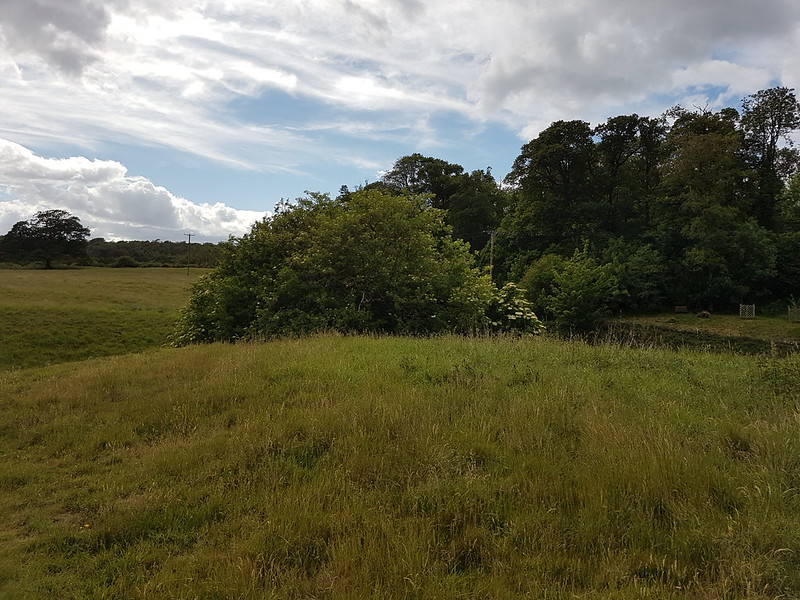
When I reached the meadows near Challan Hall, I realised that there were perhaps a dozen Elder trees here, all of them plastered with blossom.

I didn’t need much more, but I cam back a day or two later to discover that the trees were mostly on steep banks, leaving most of the flowers out of reach, and even where they weren’t, the trees were well protected by an understorey of brambles and nettles.
The cordial is well worth it though.
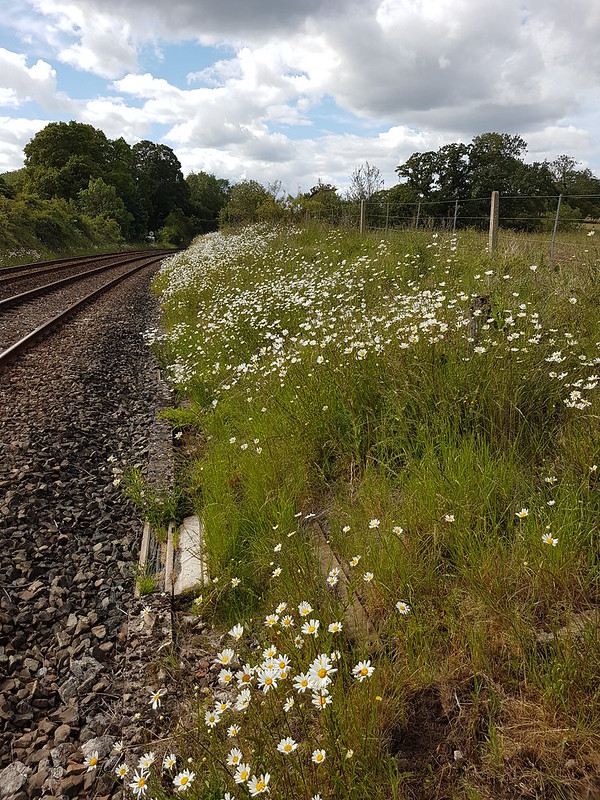
The verge of the railway line had a fine display of Oxeye Daisies.
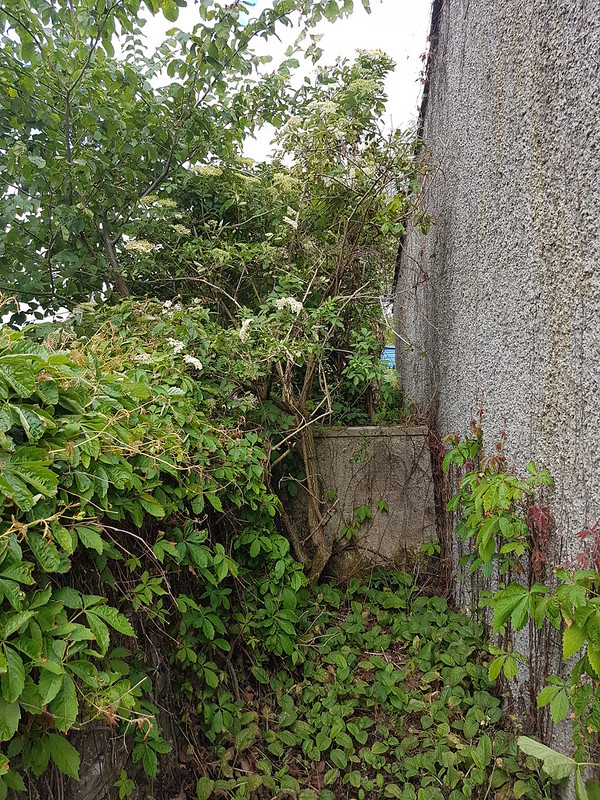
This should have been my first stop for elderflowers – a small elder growing behind our garage.
